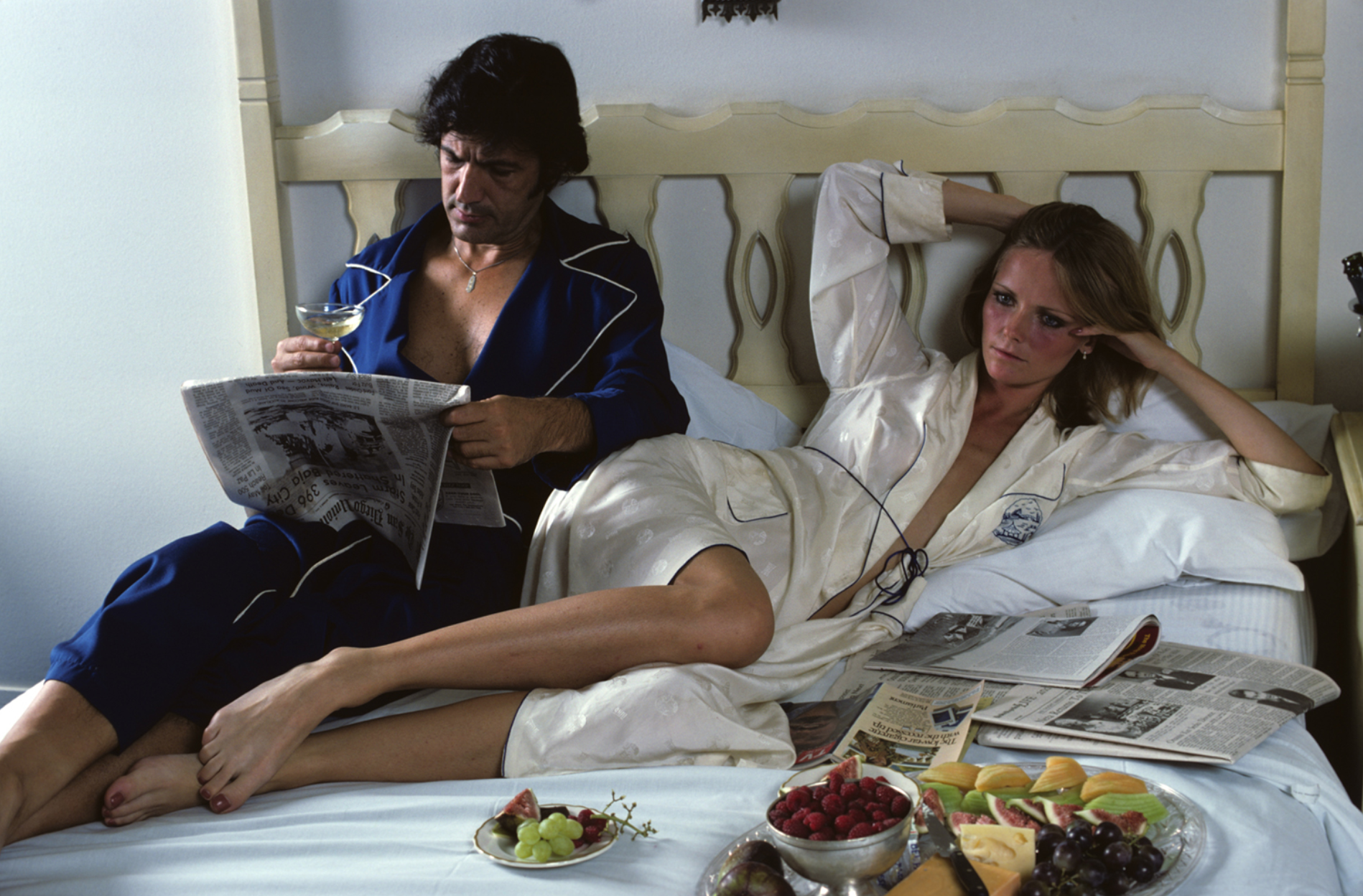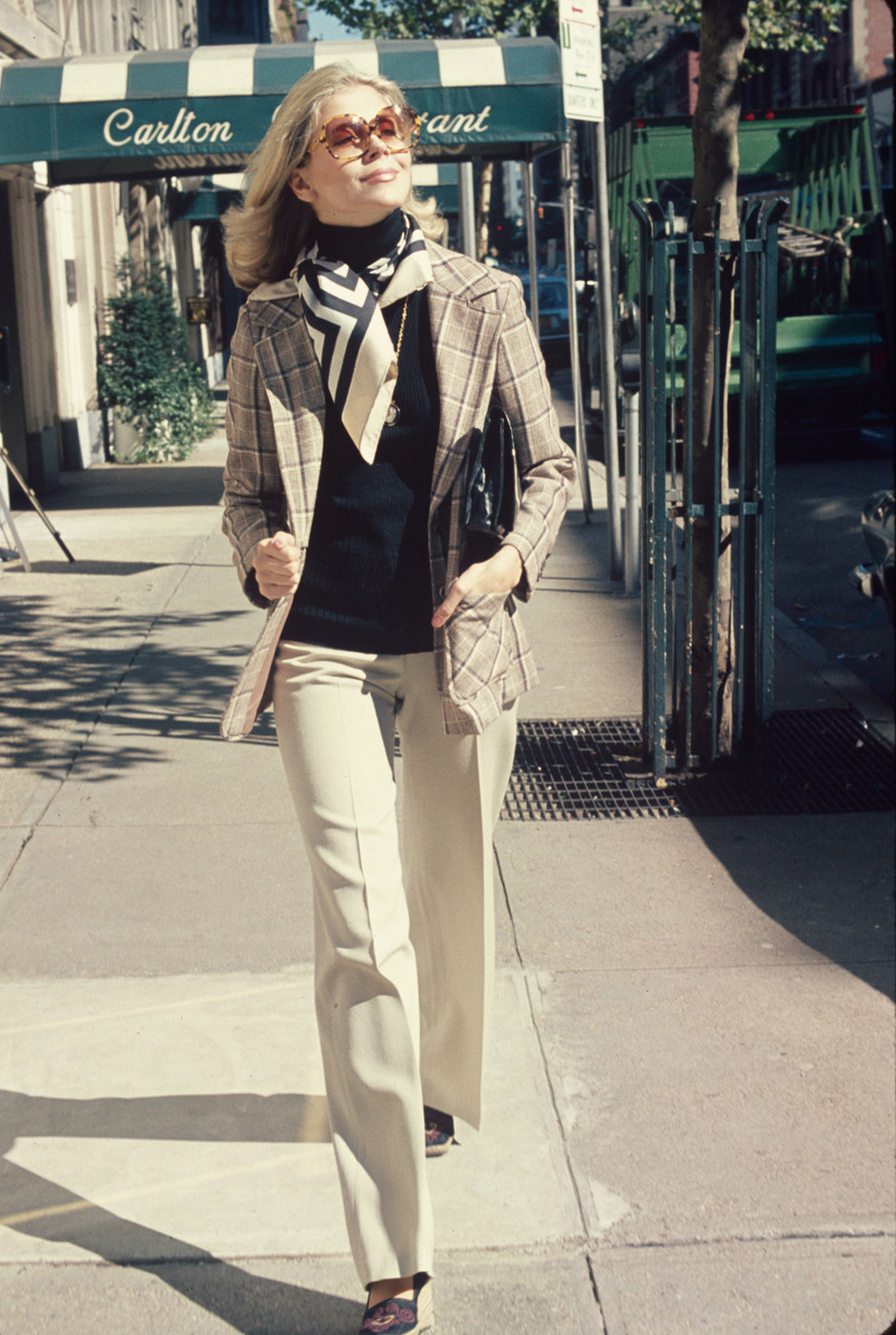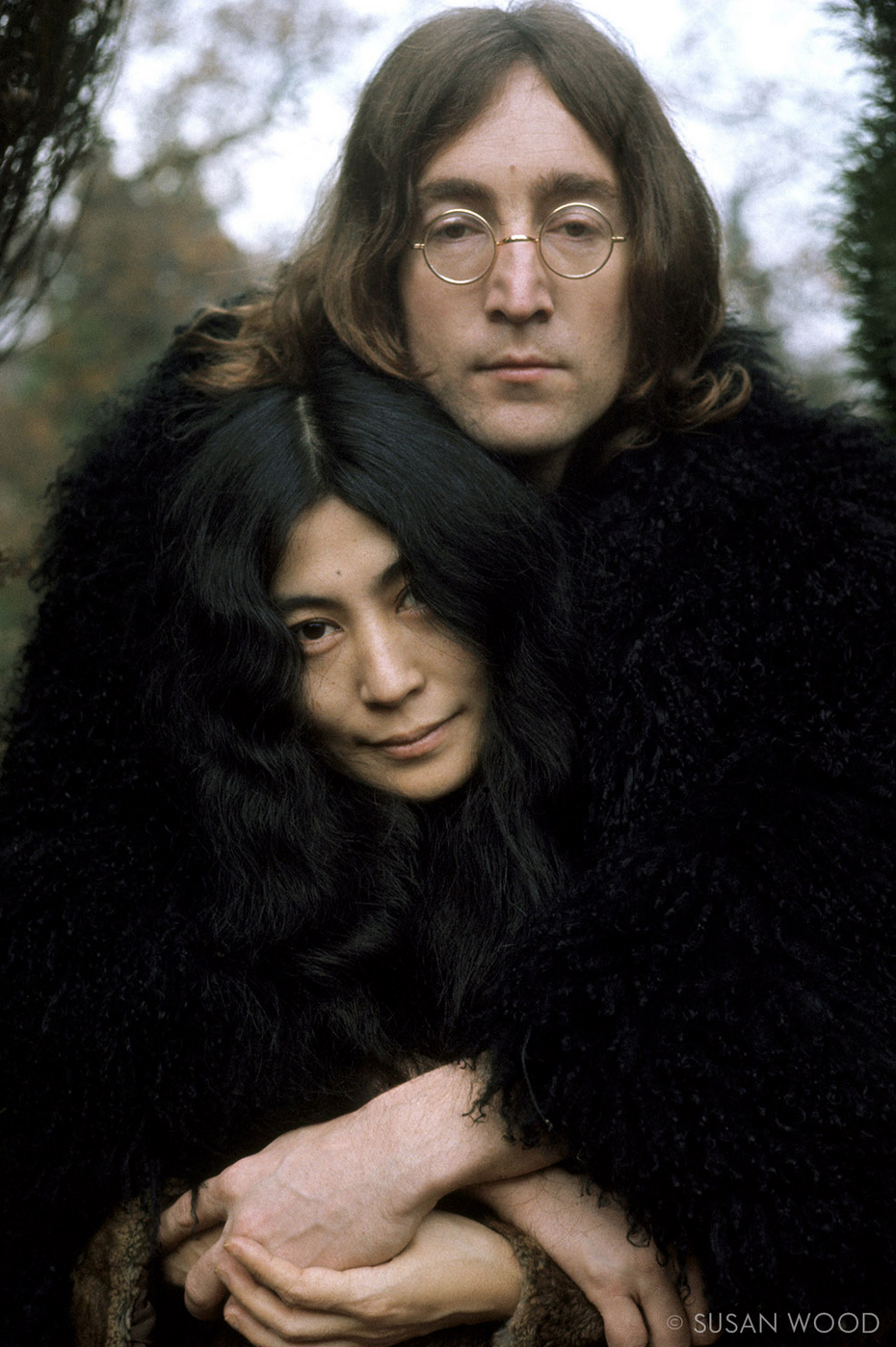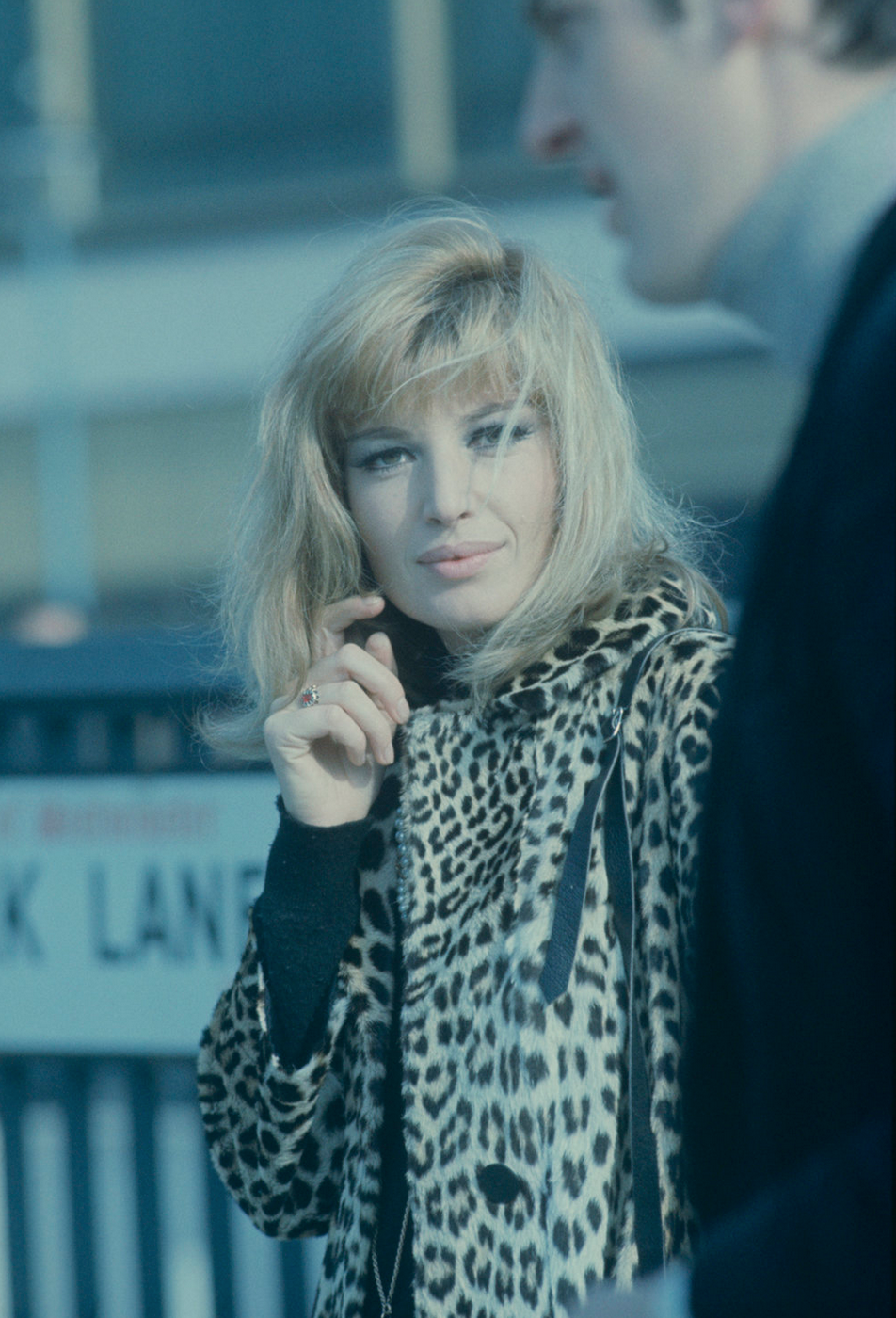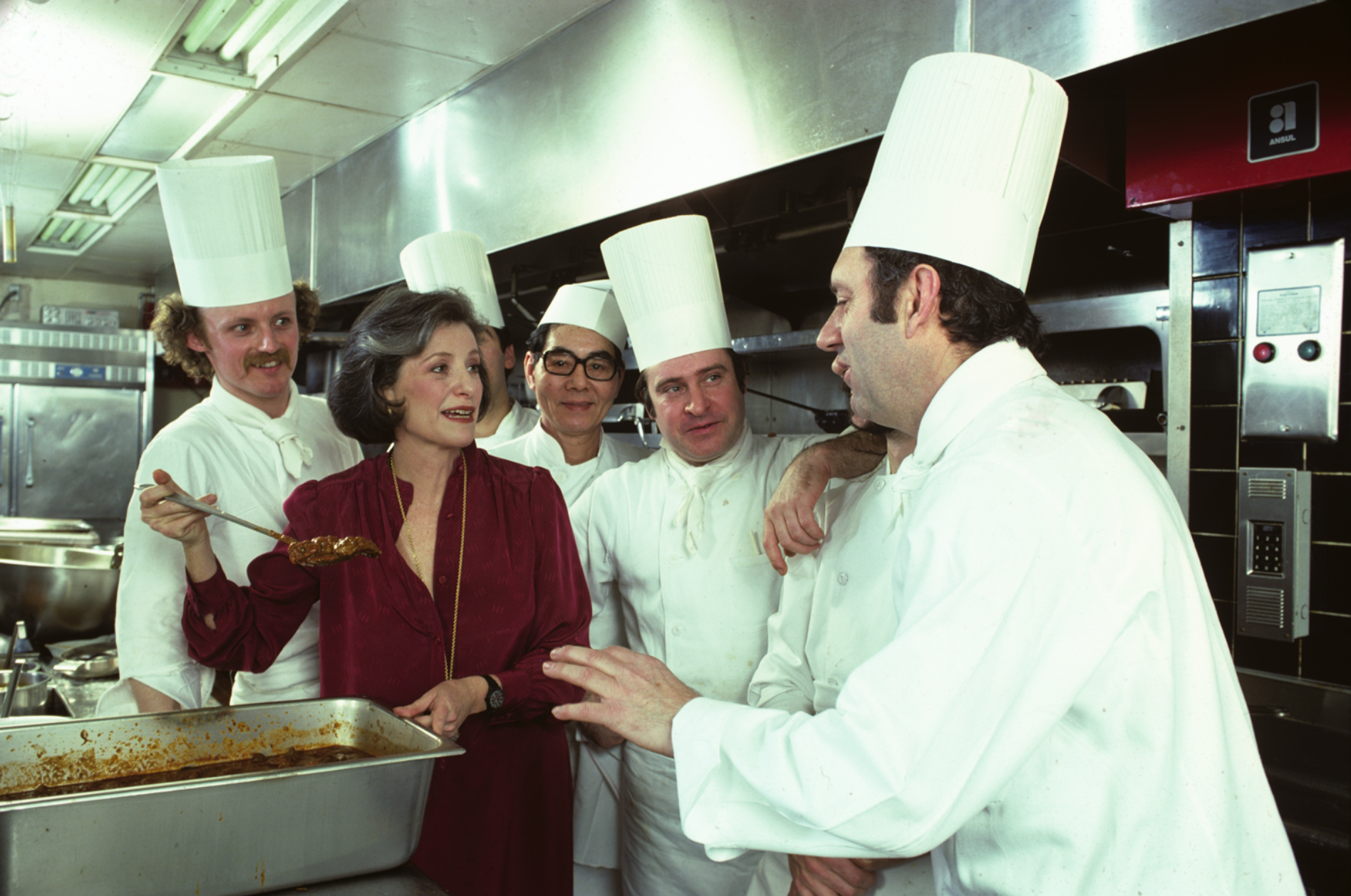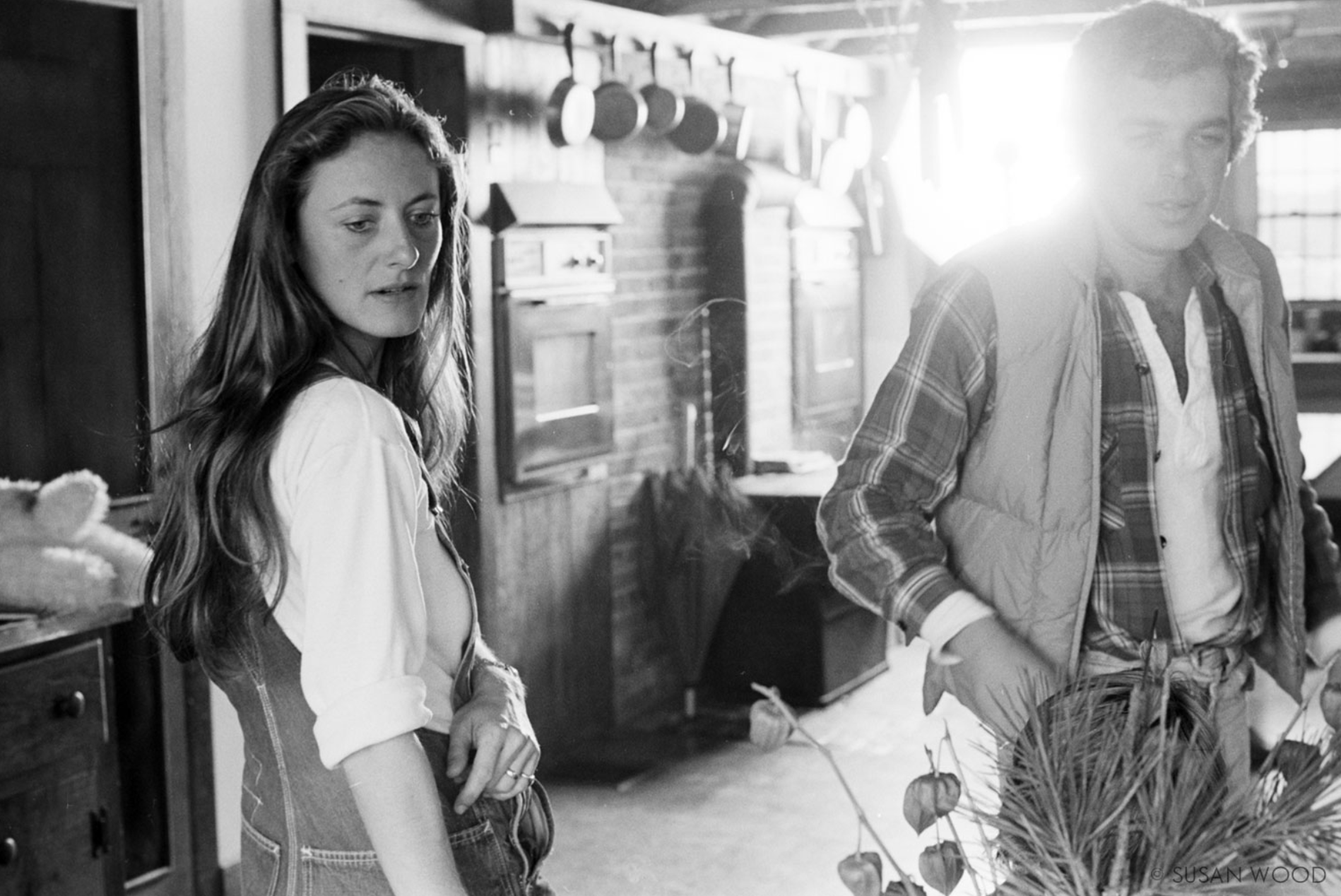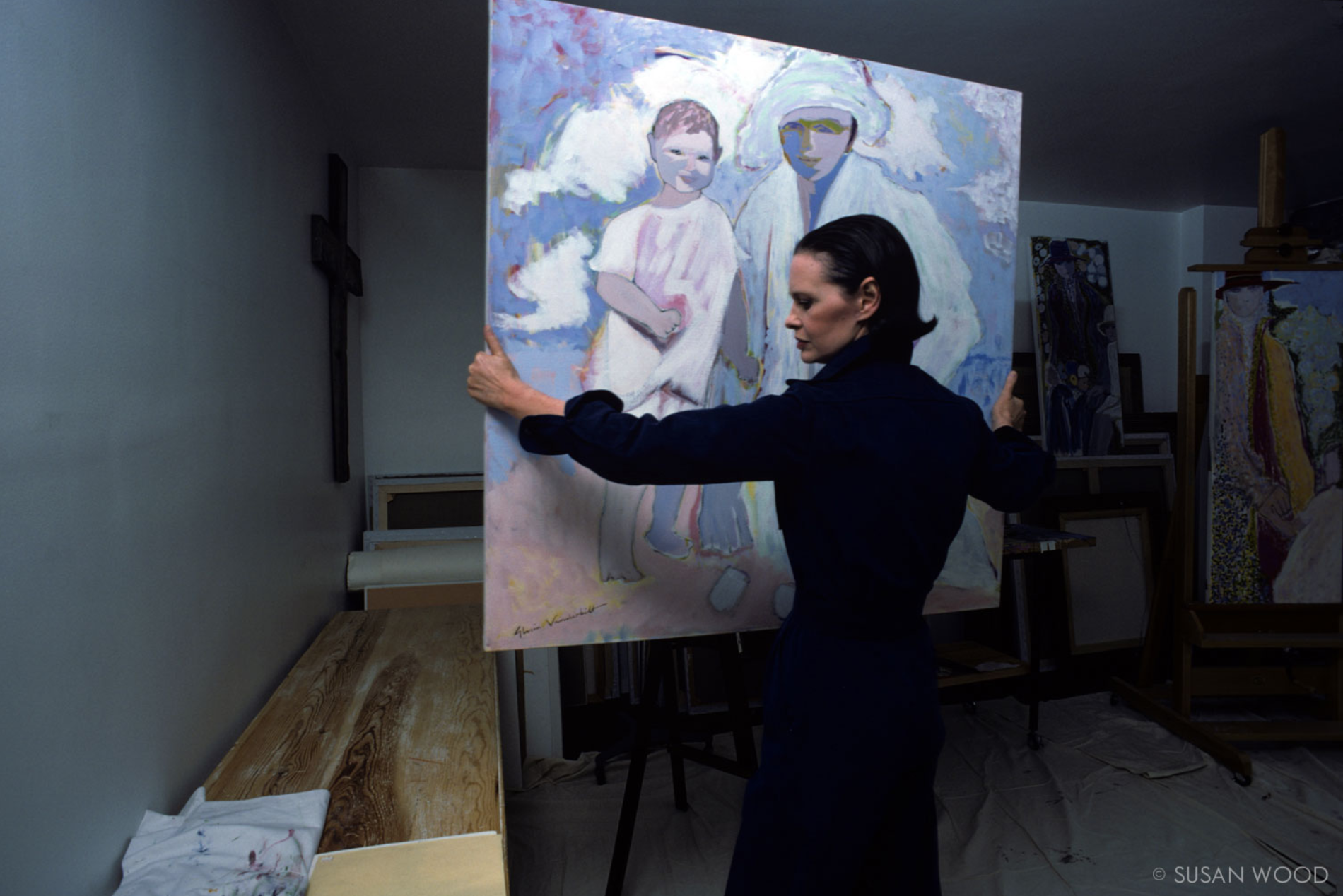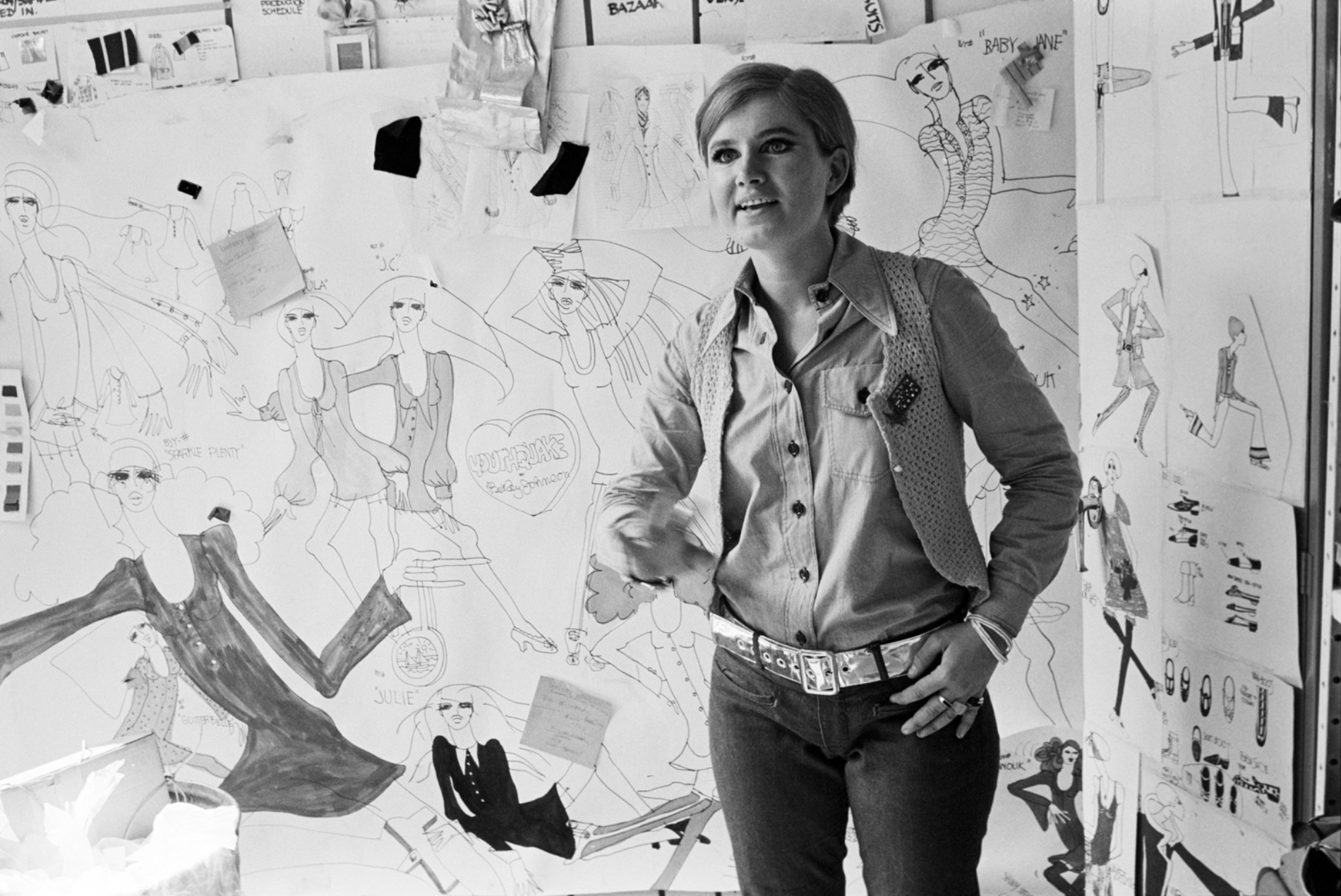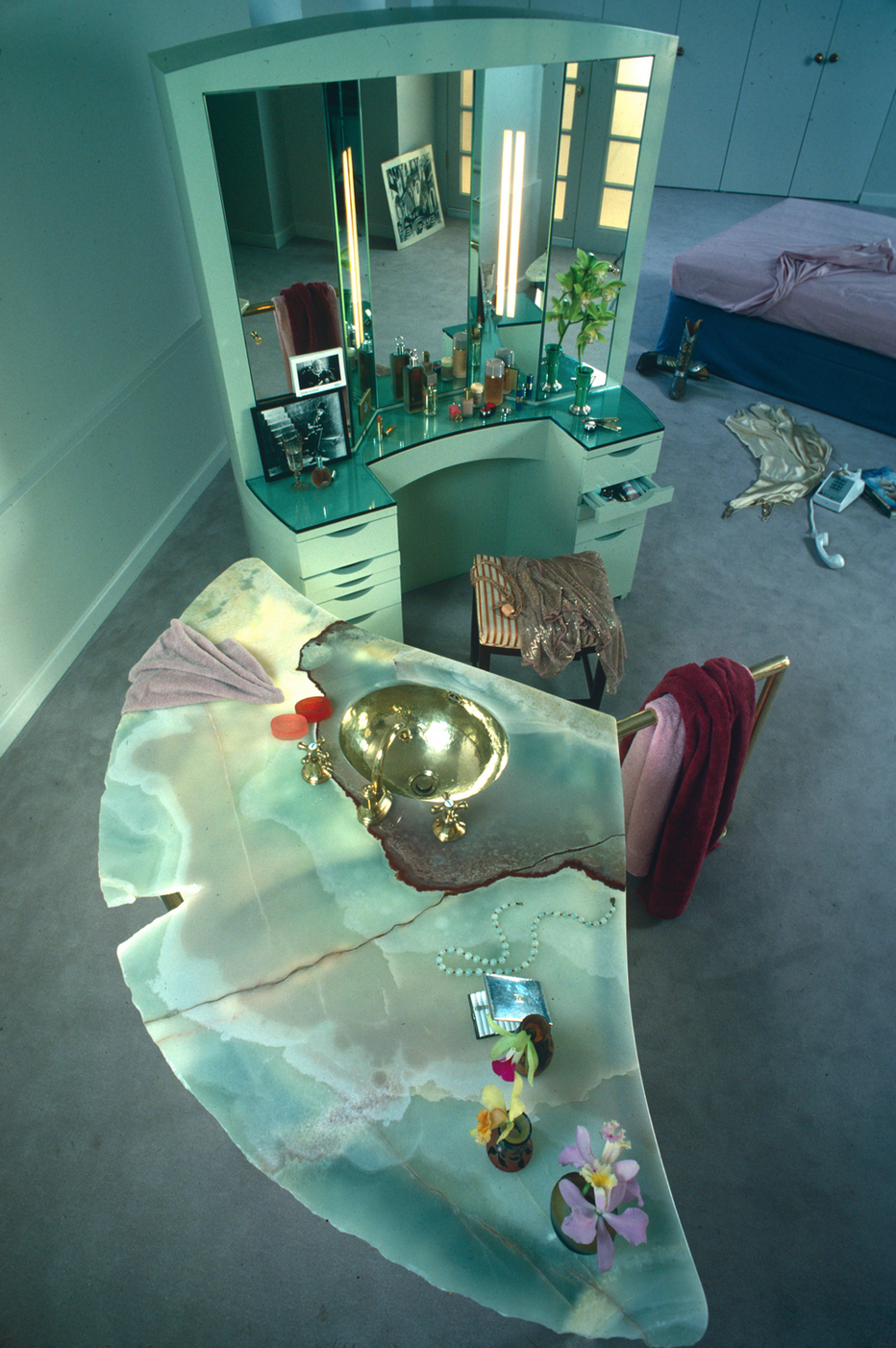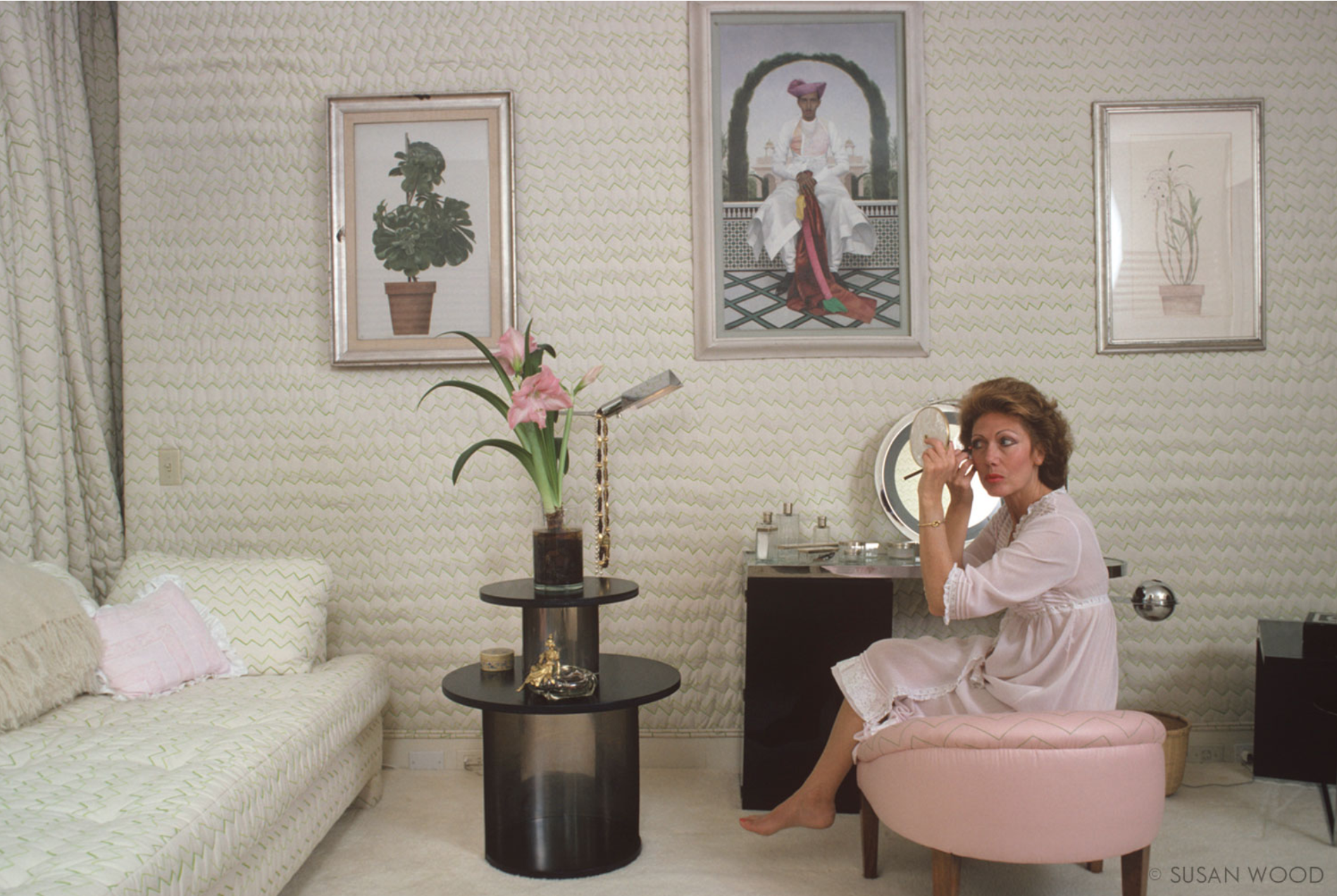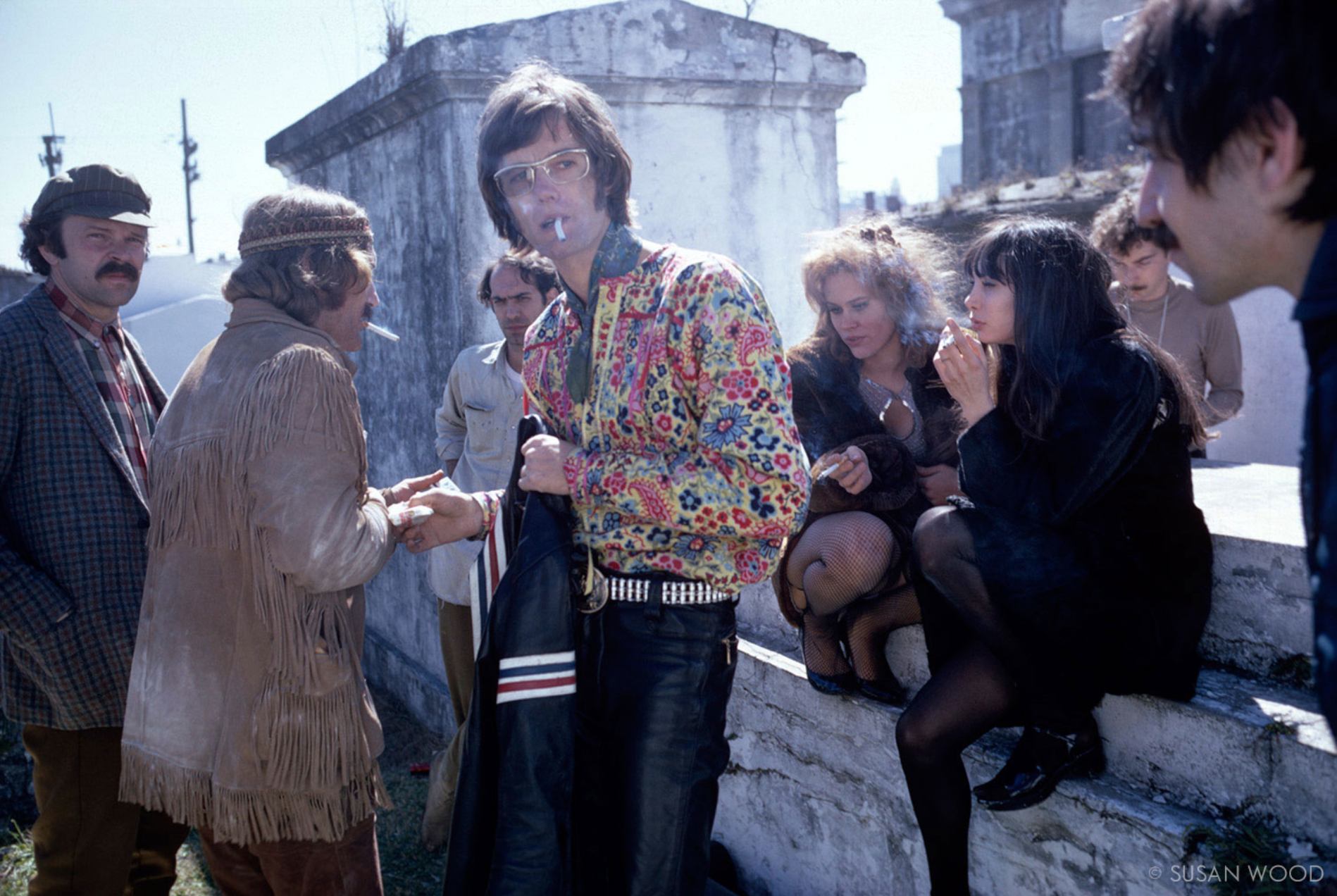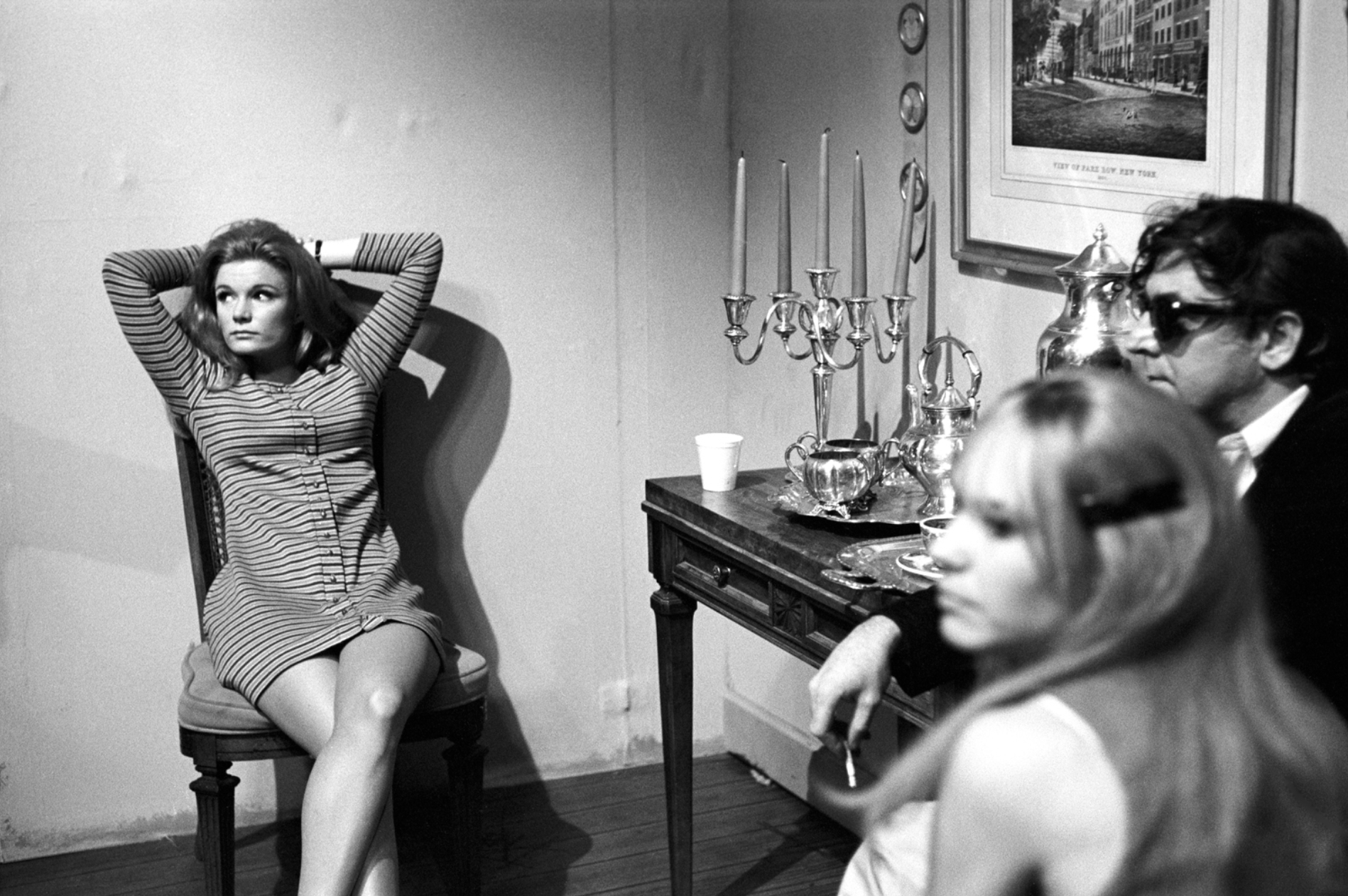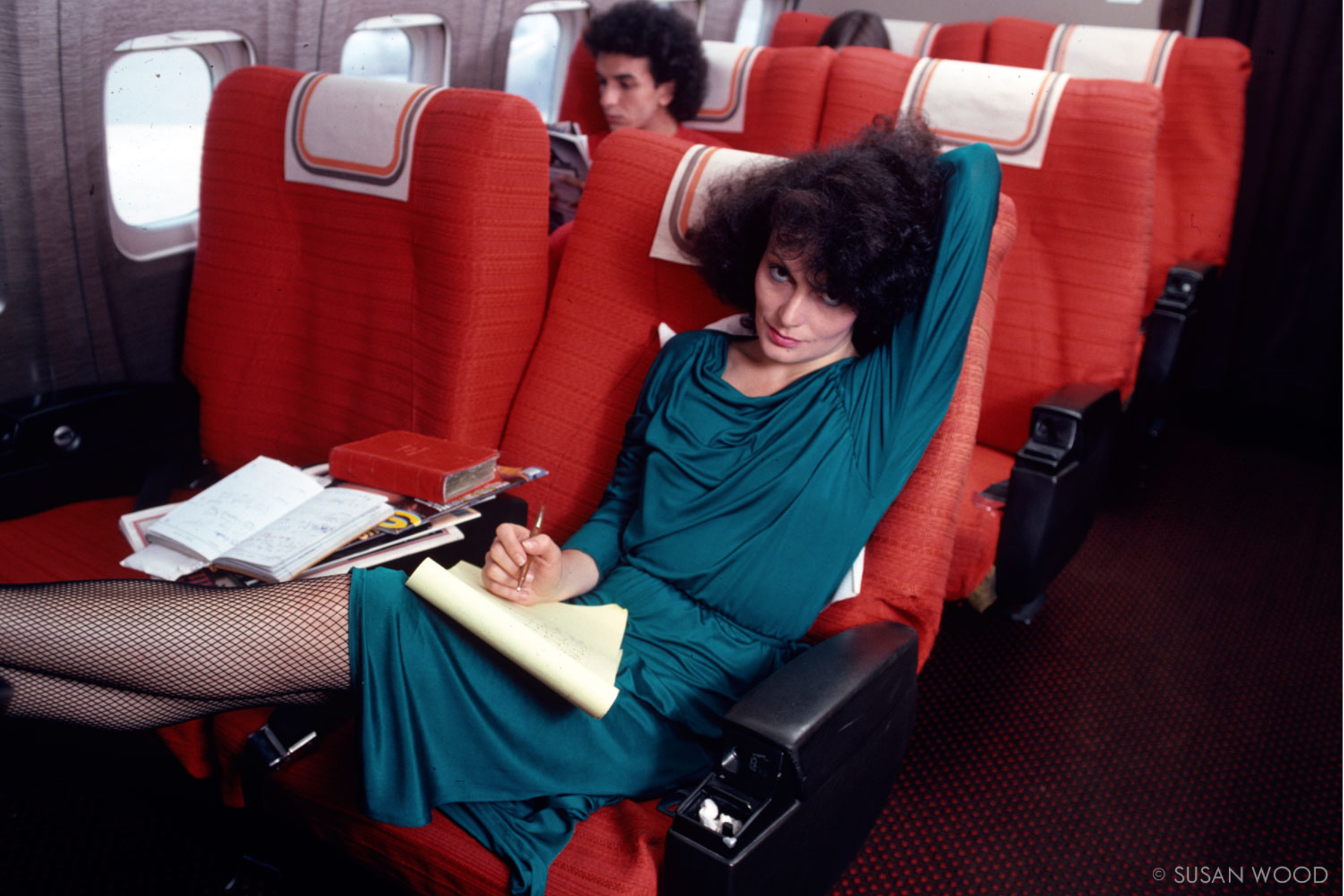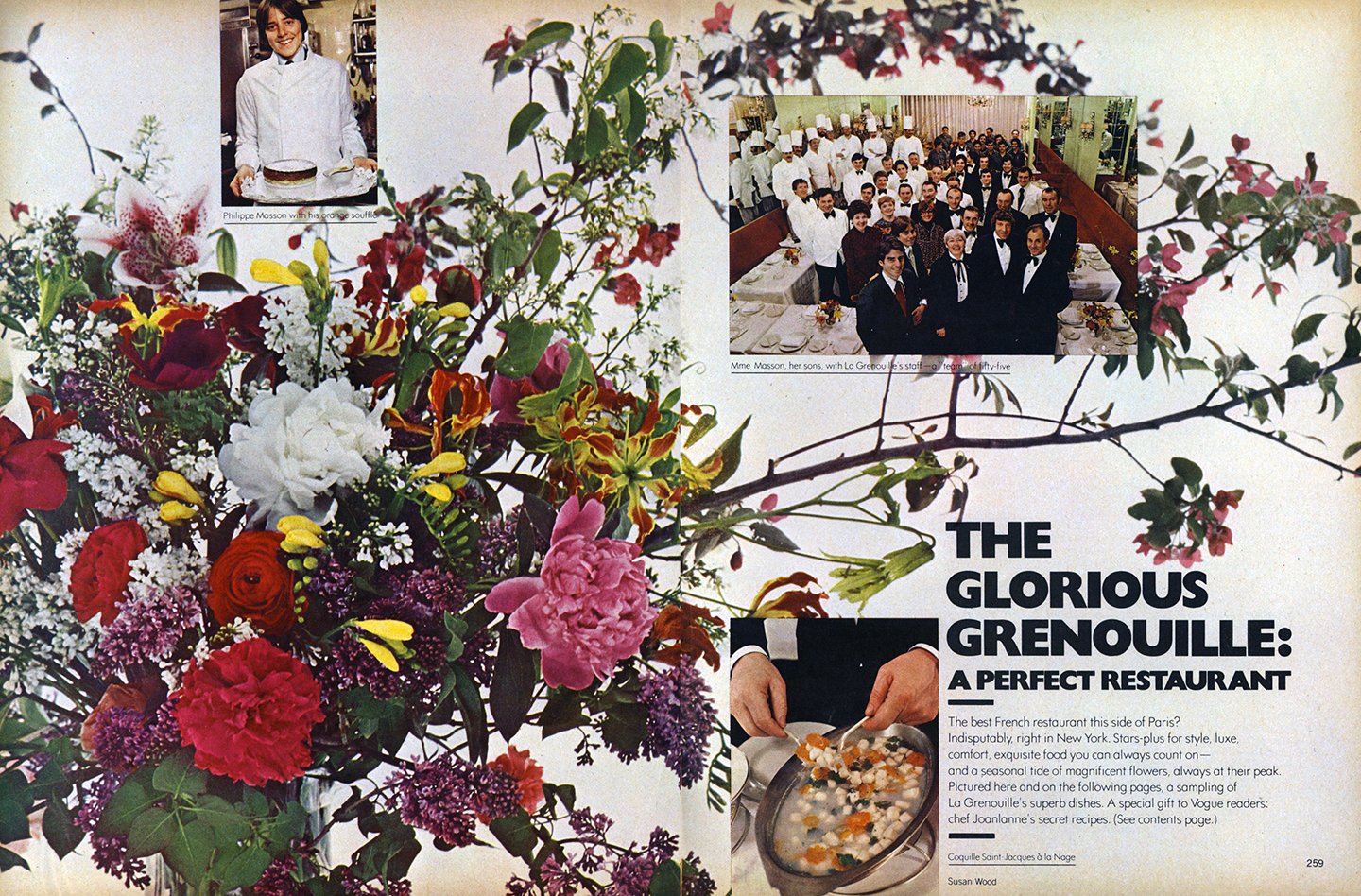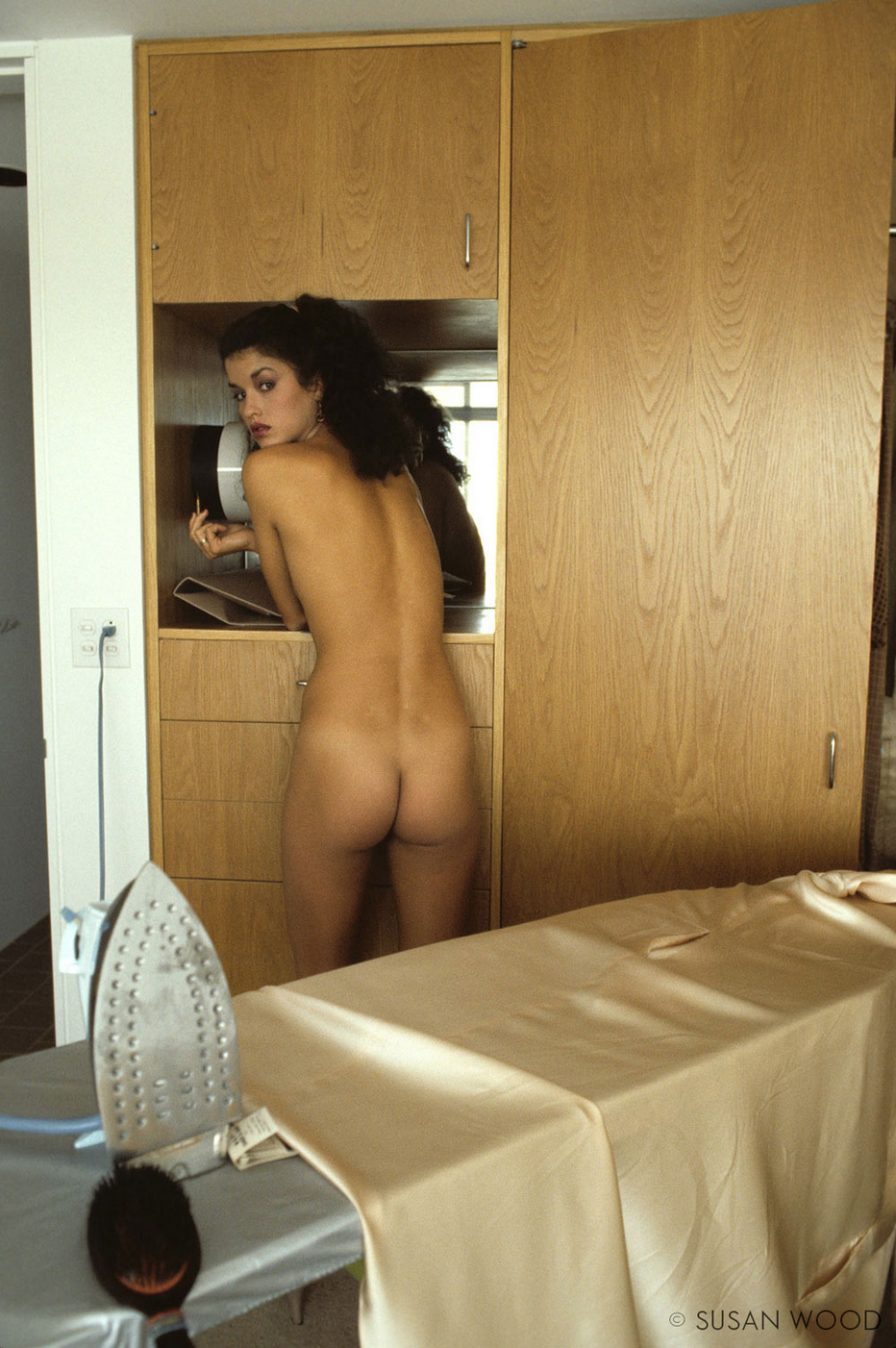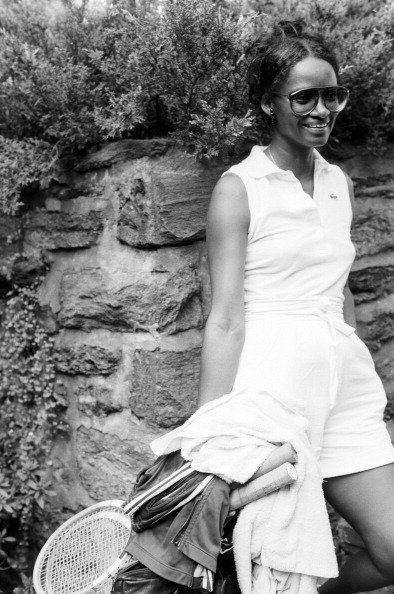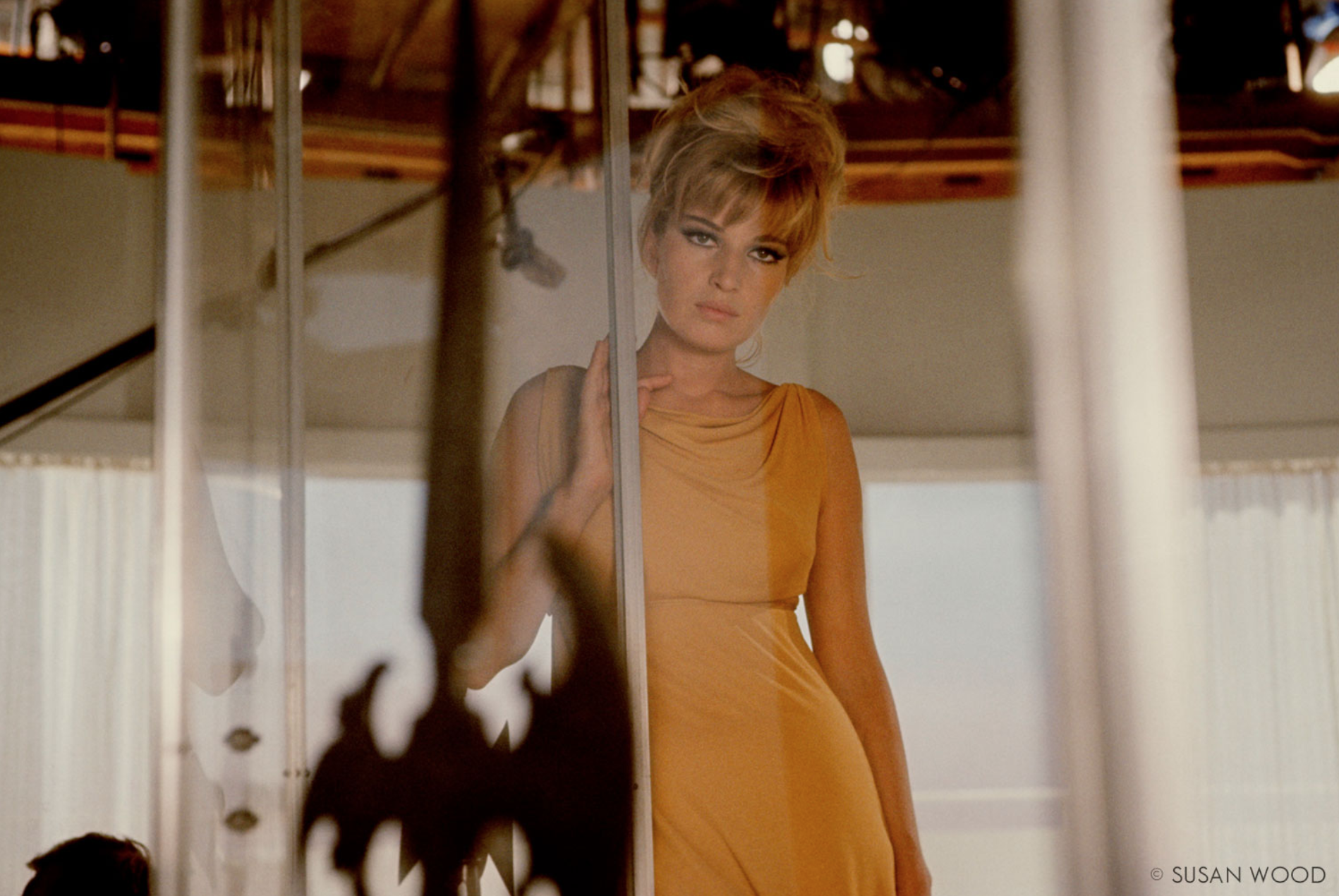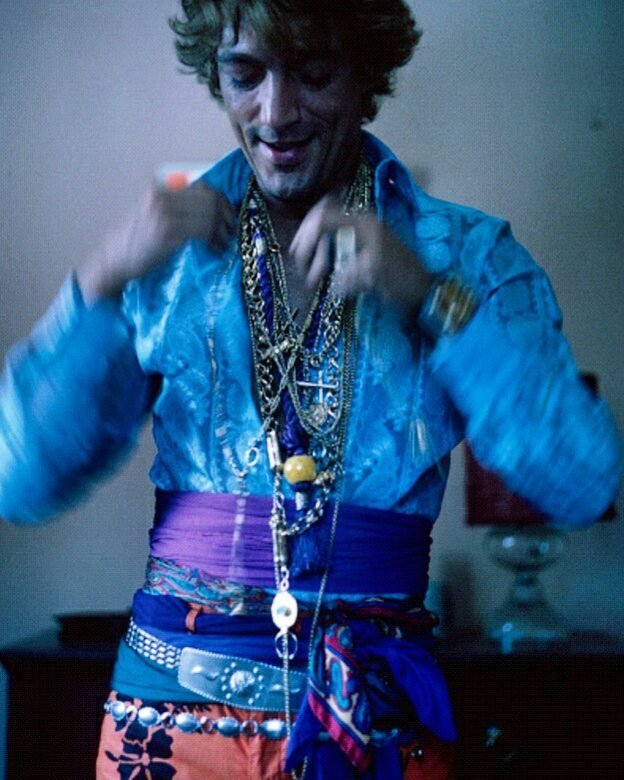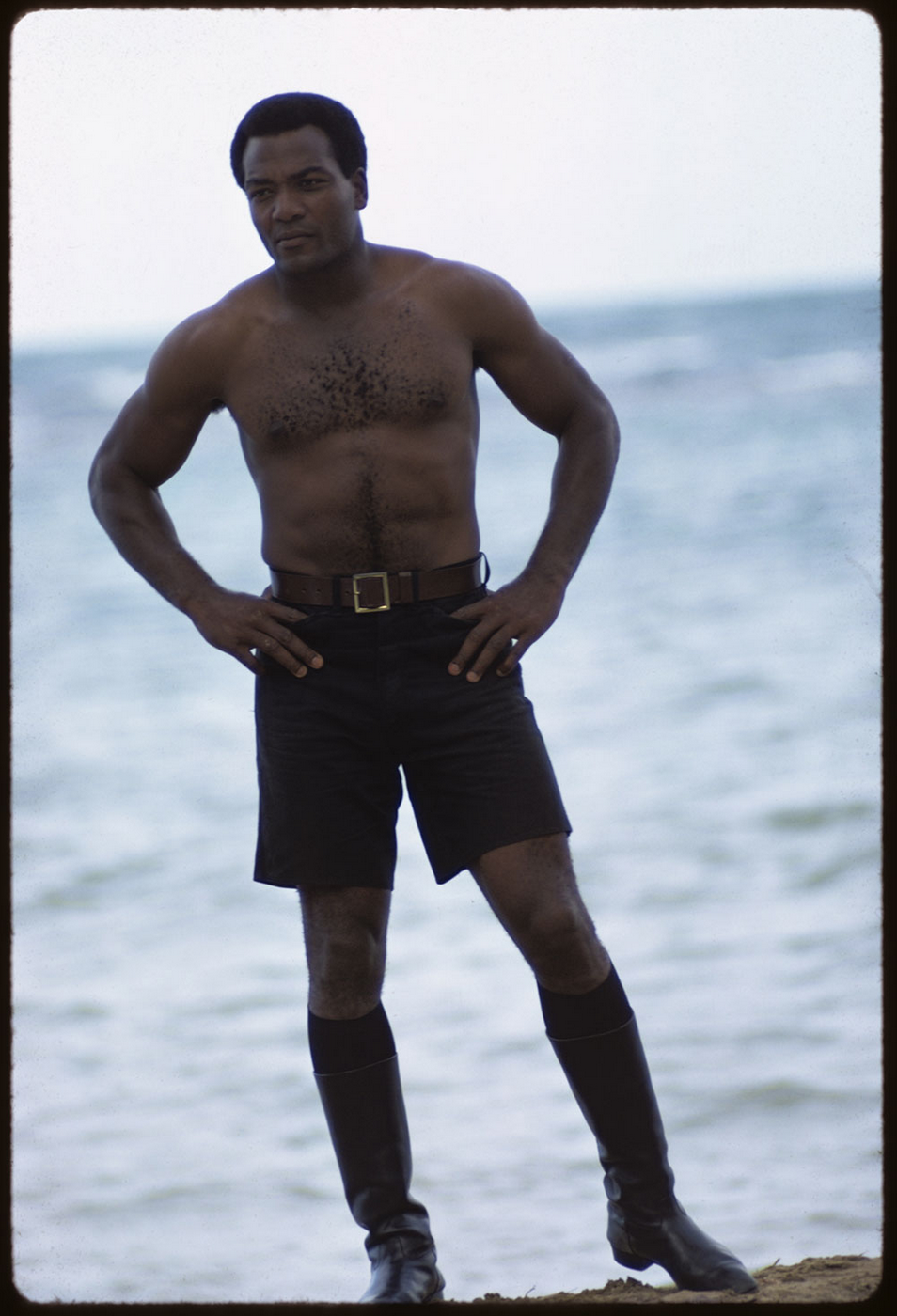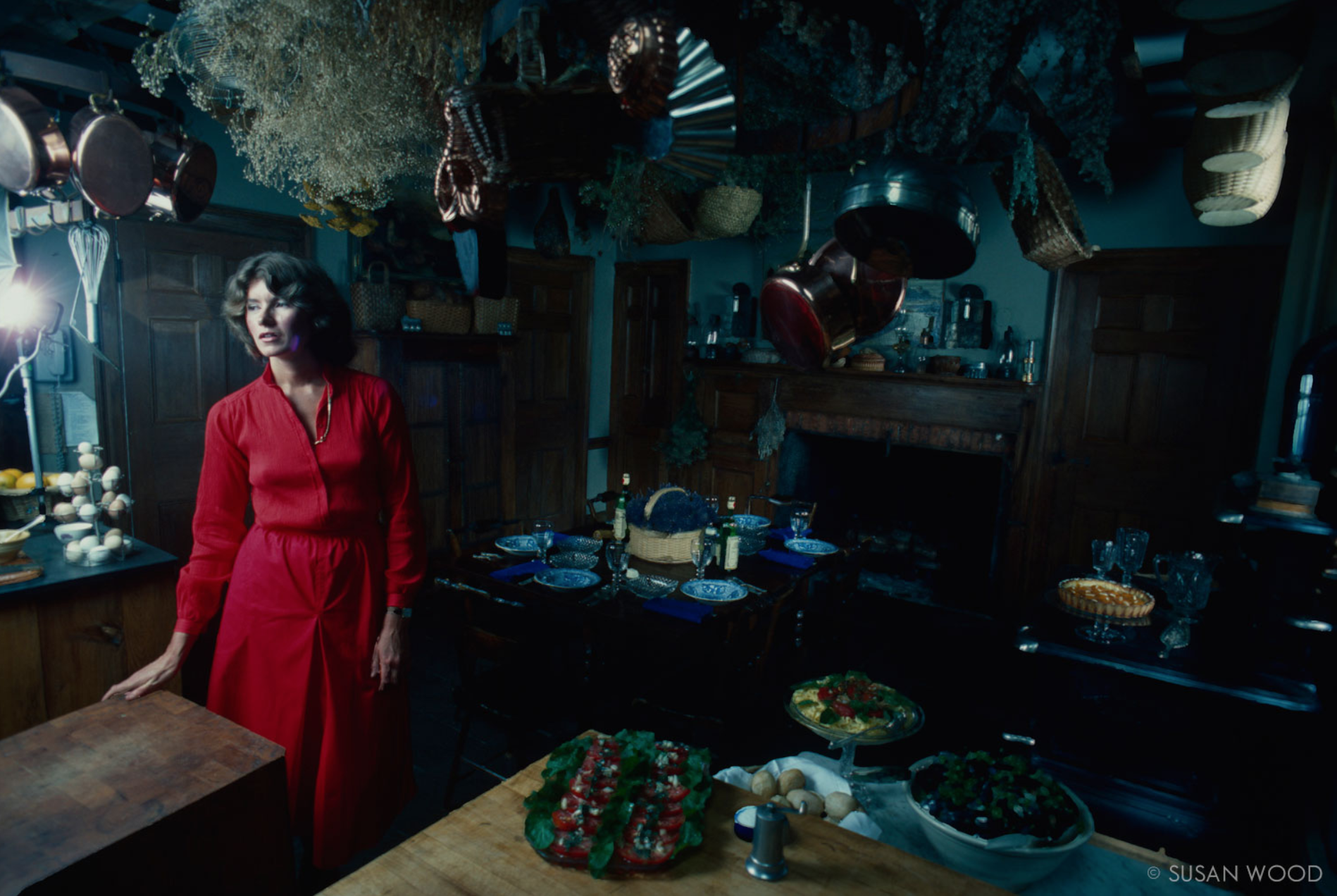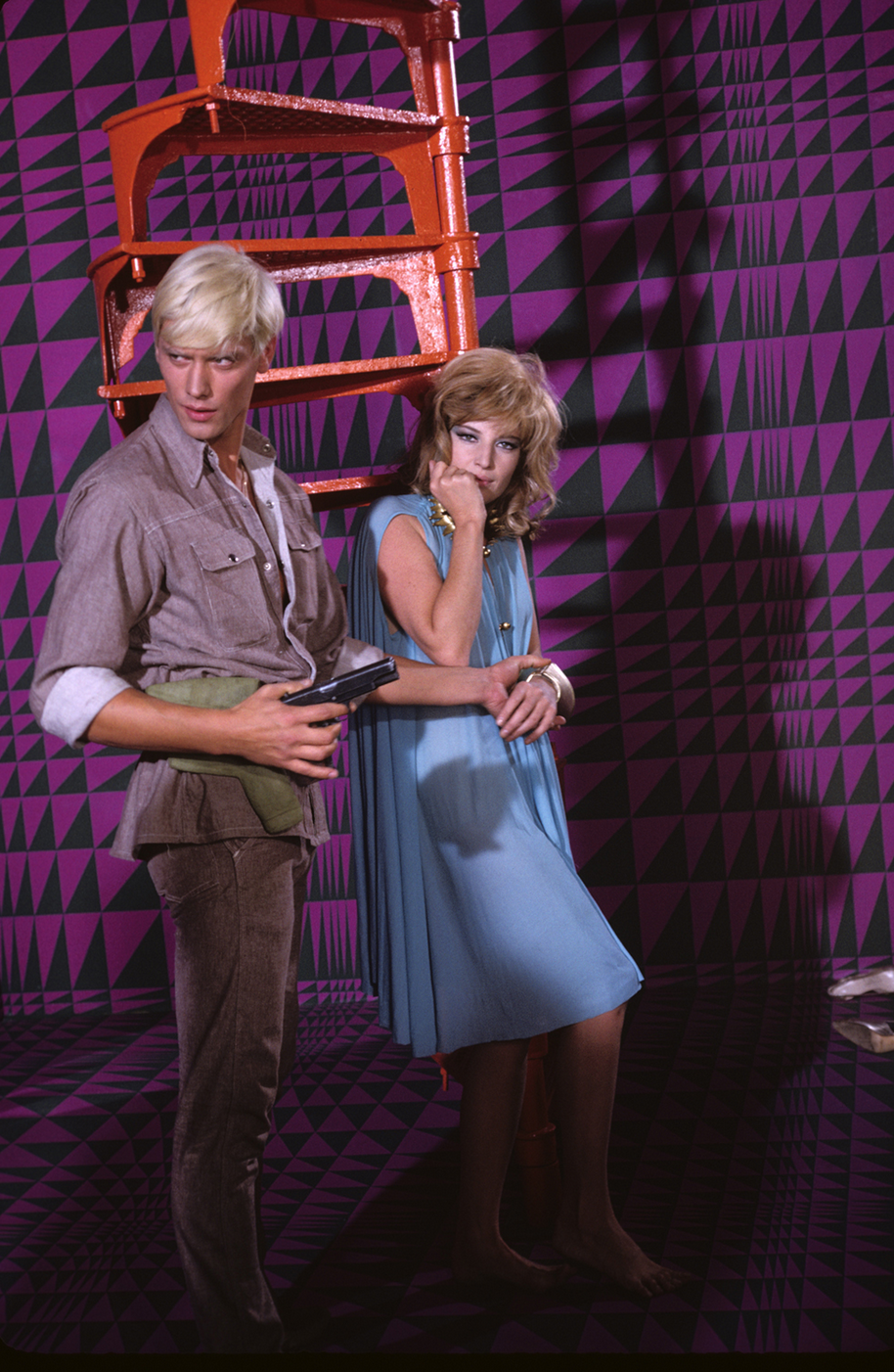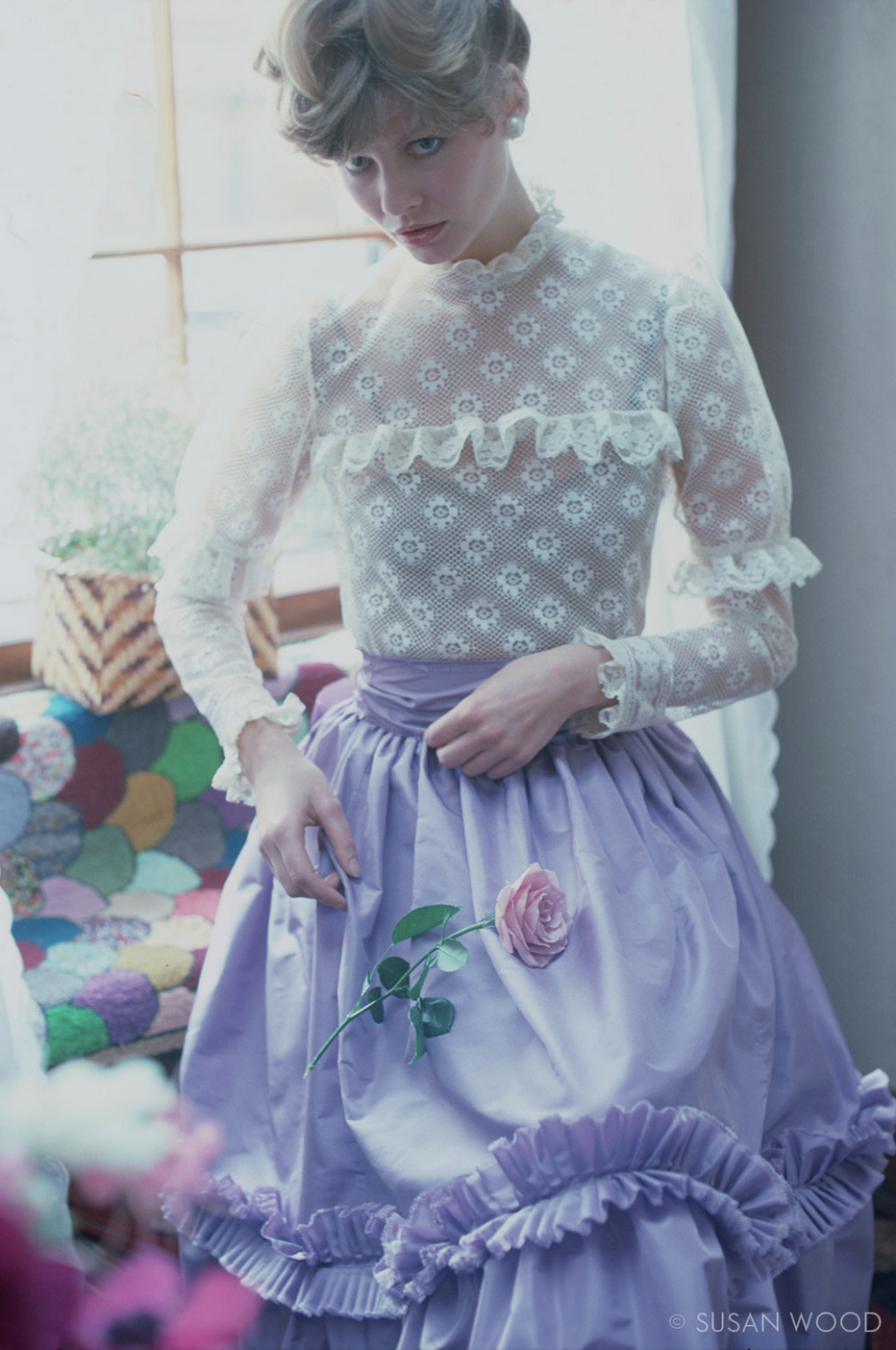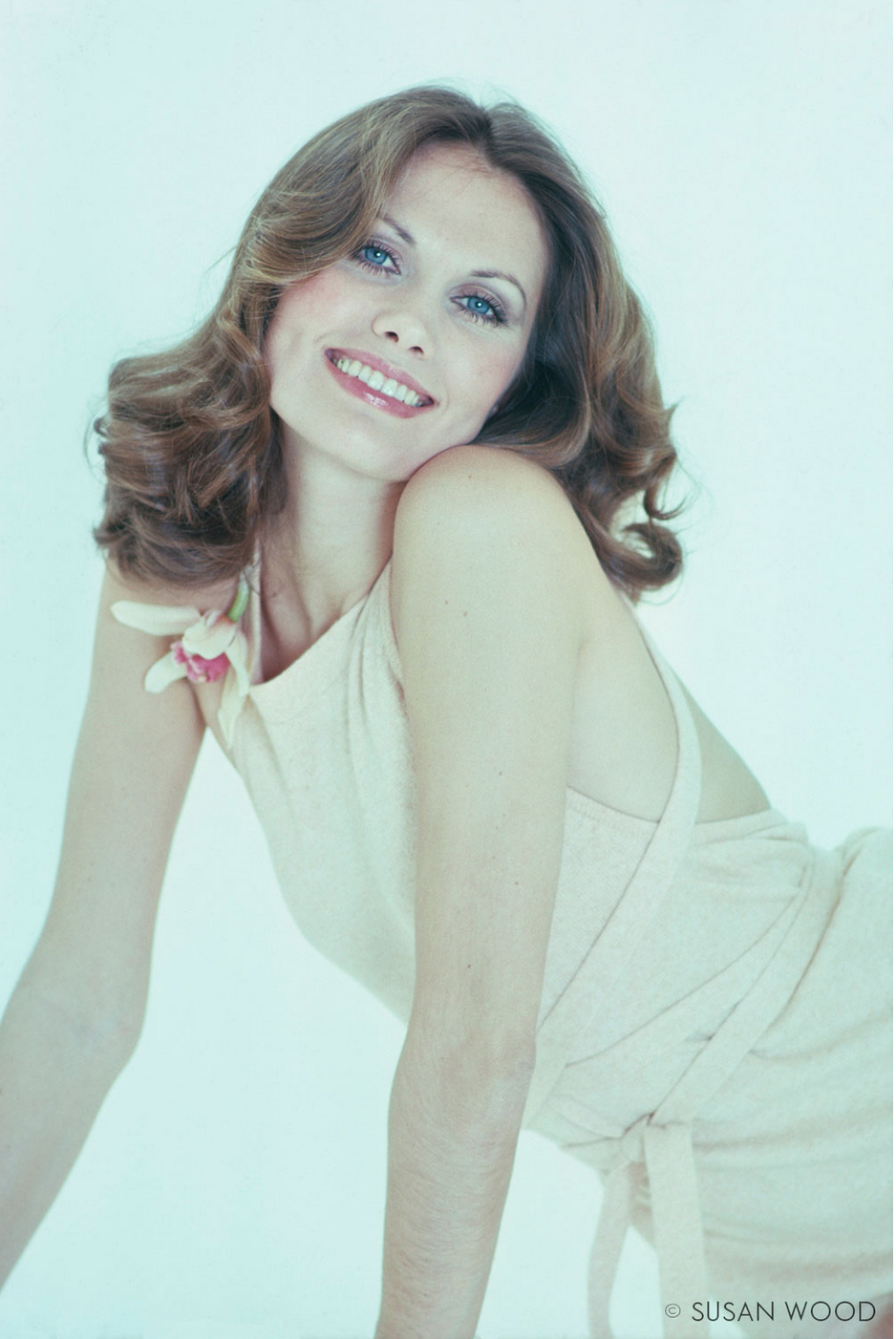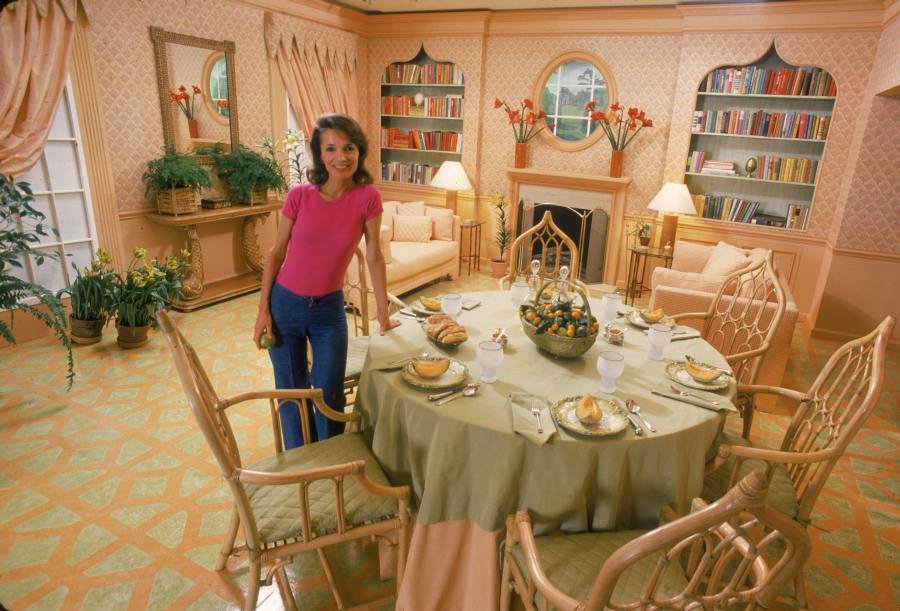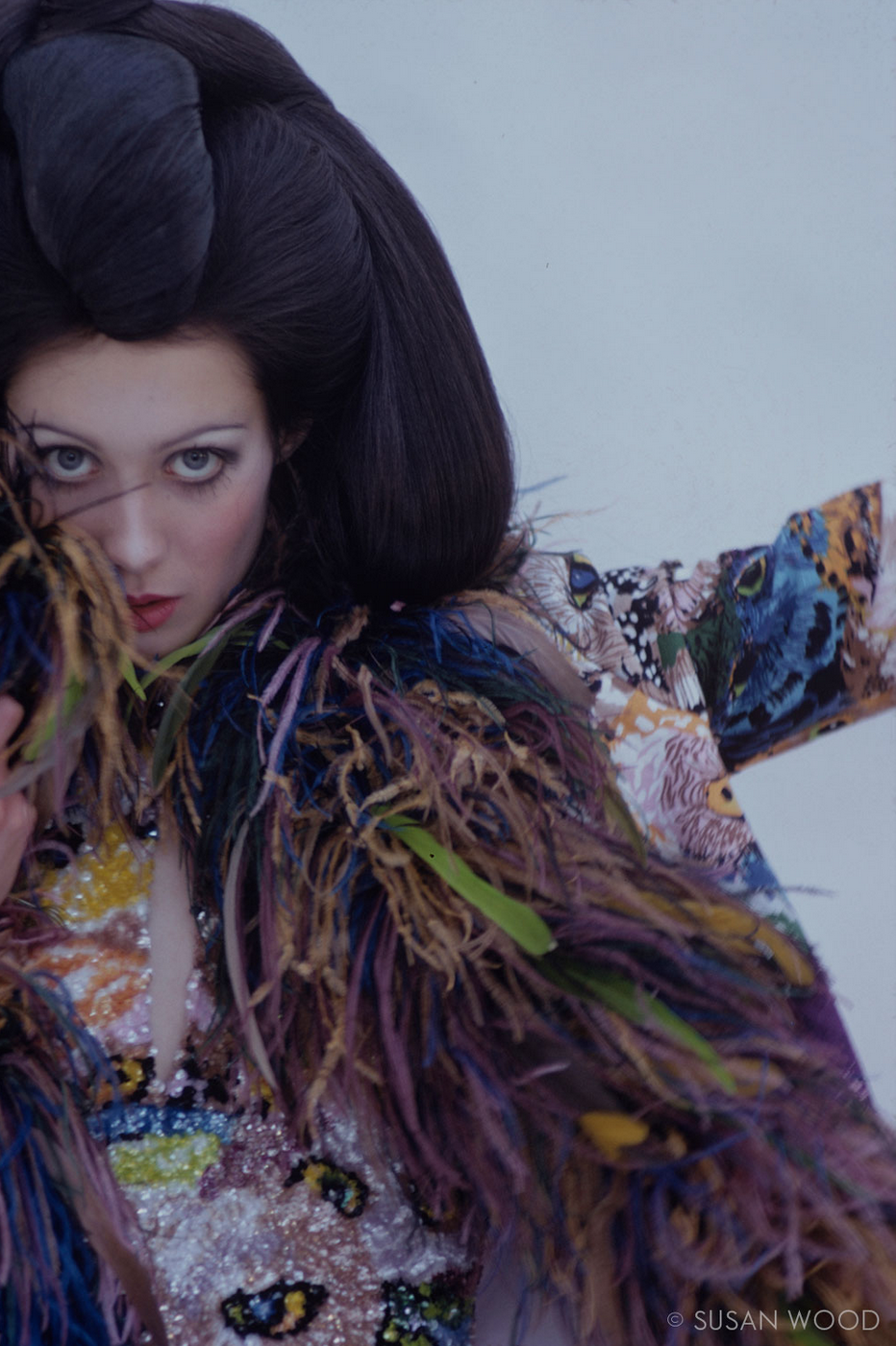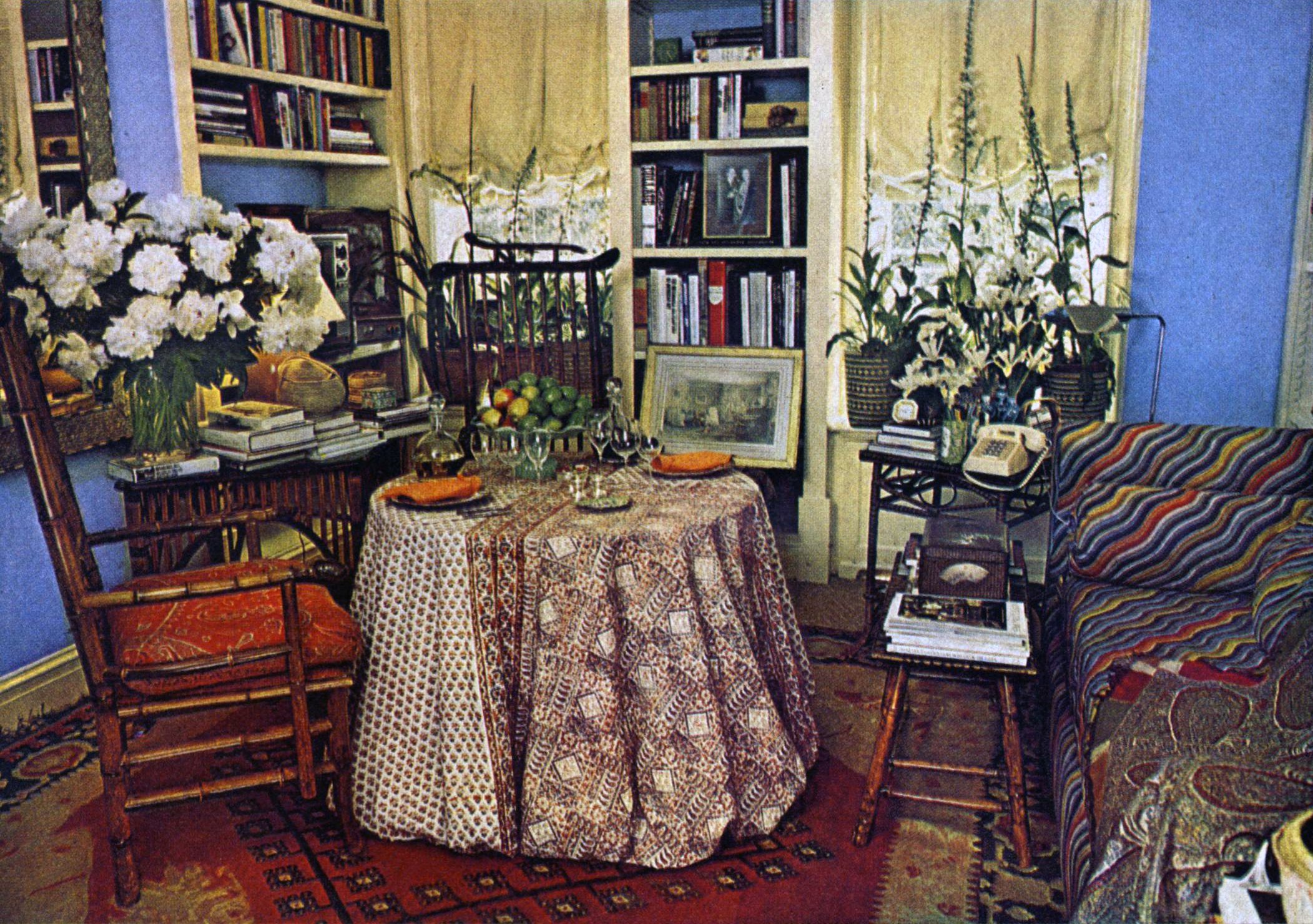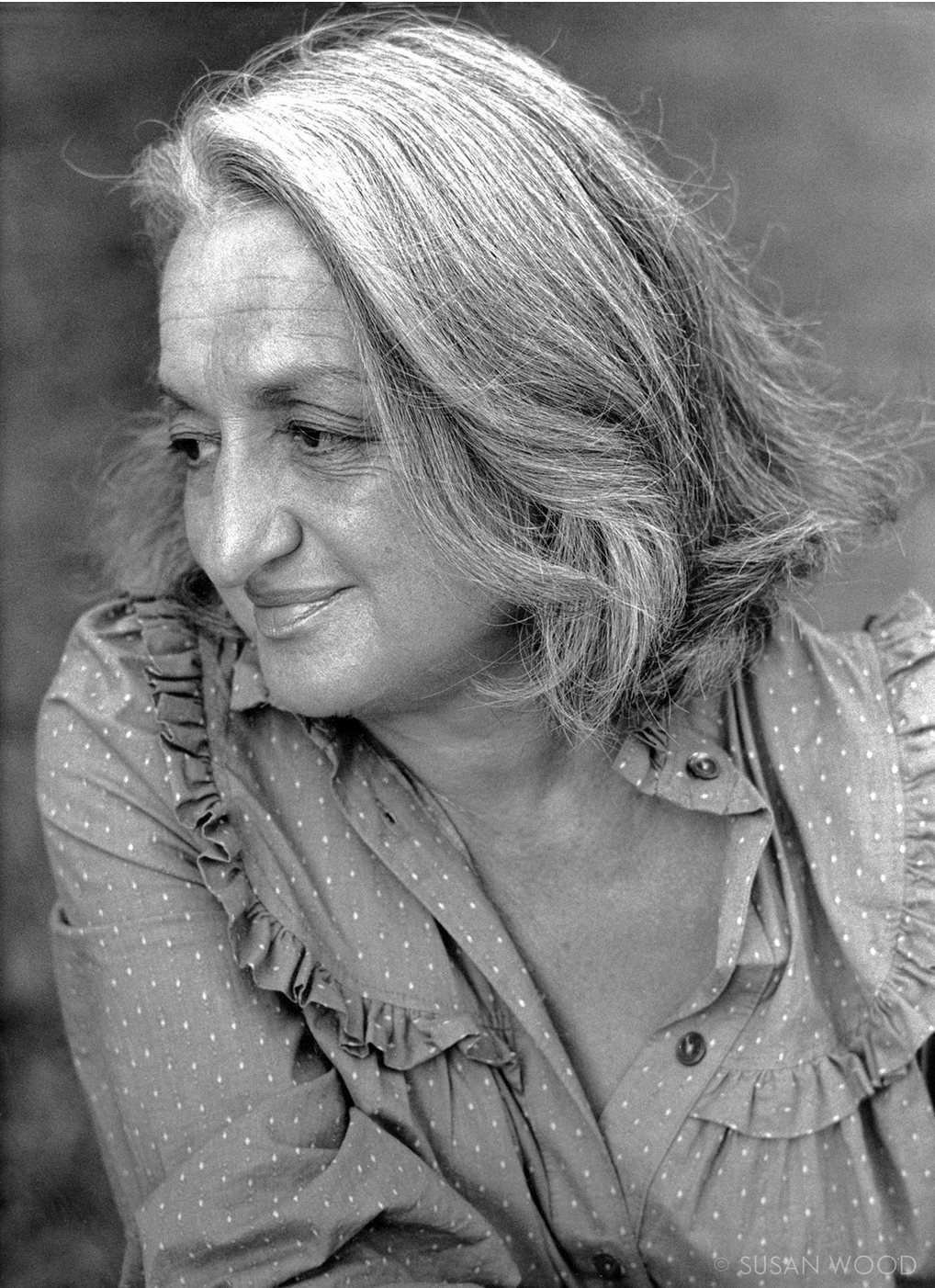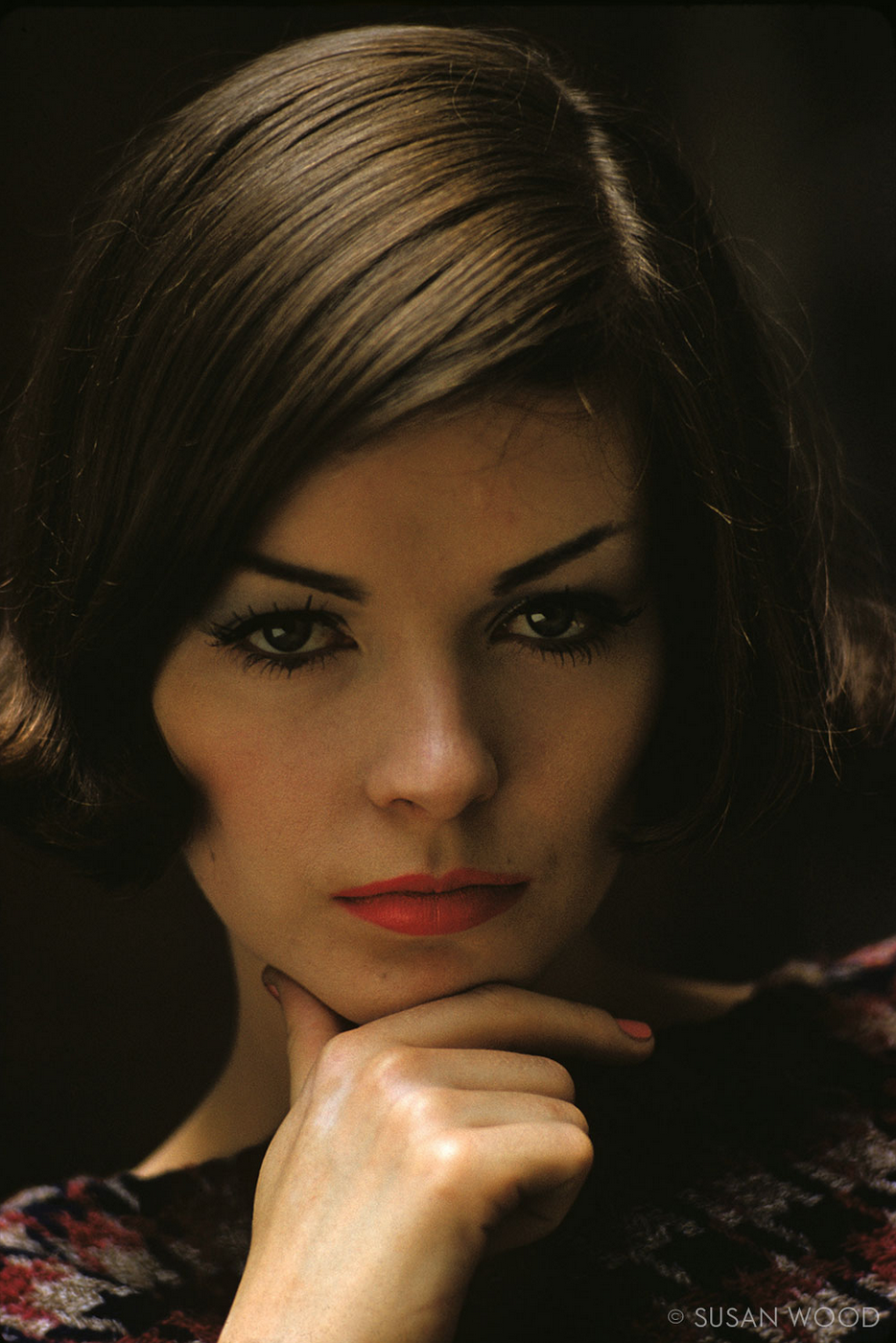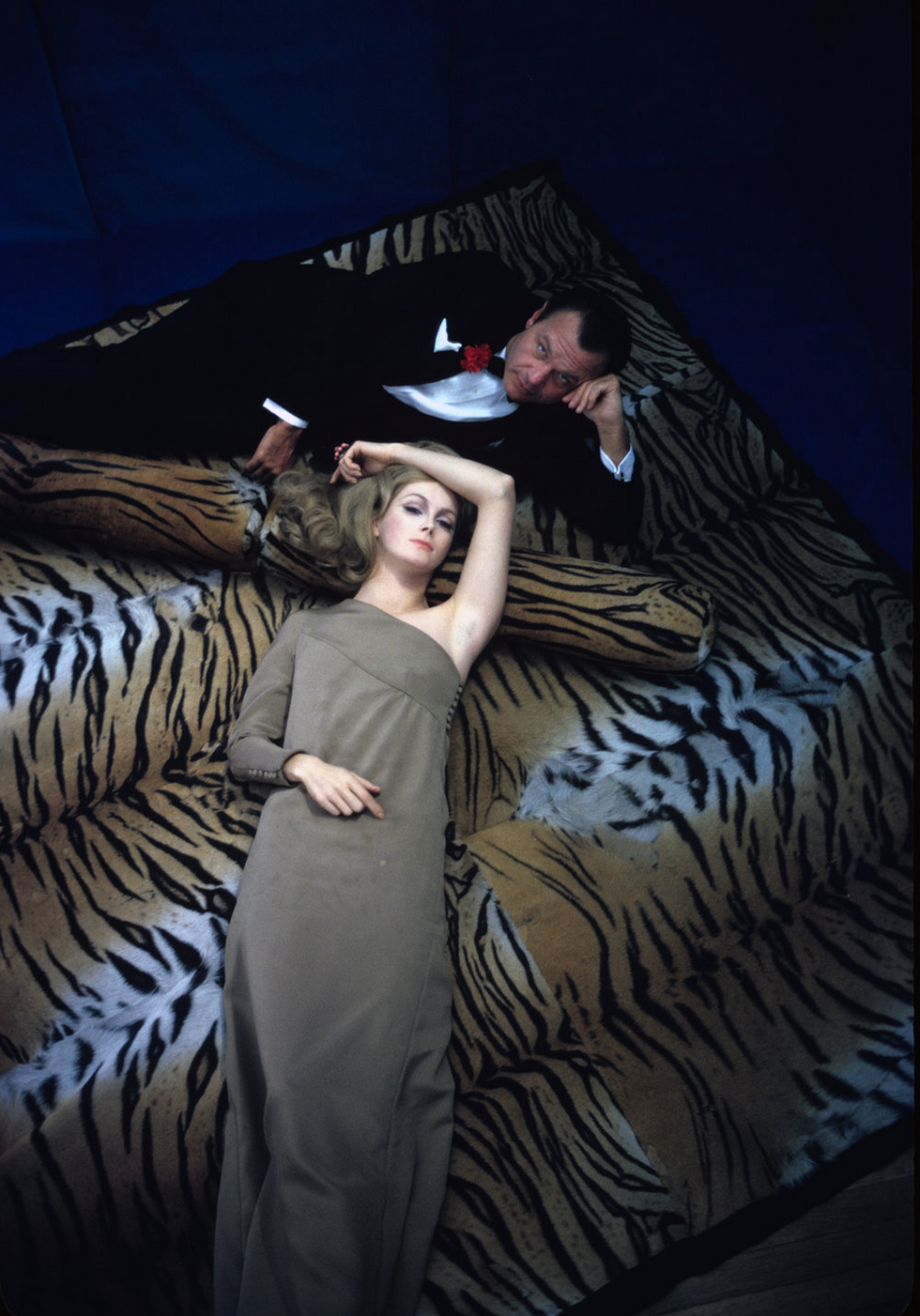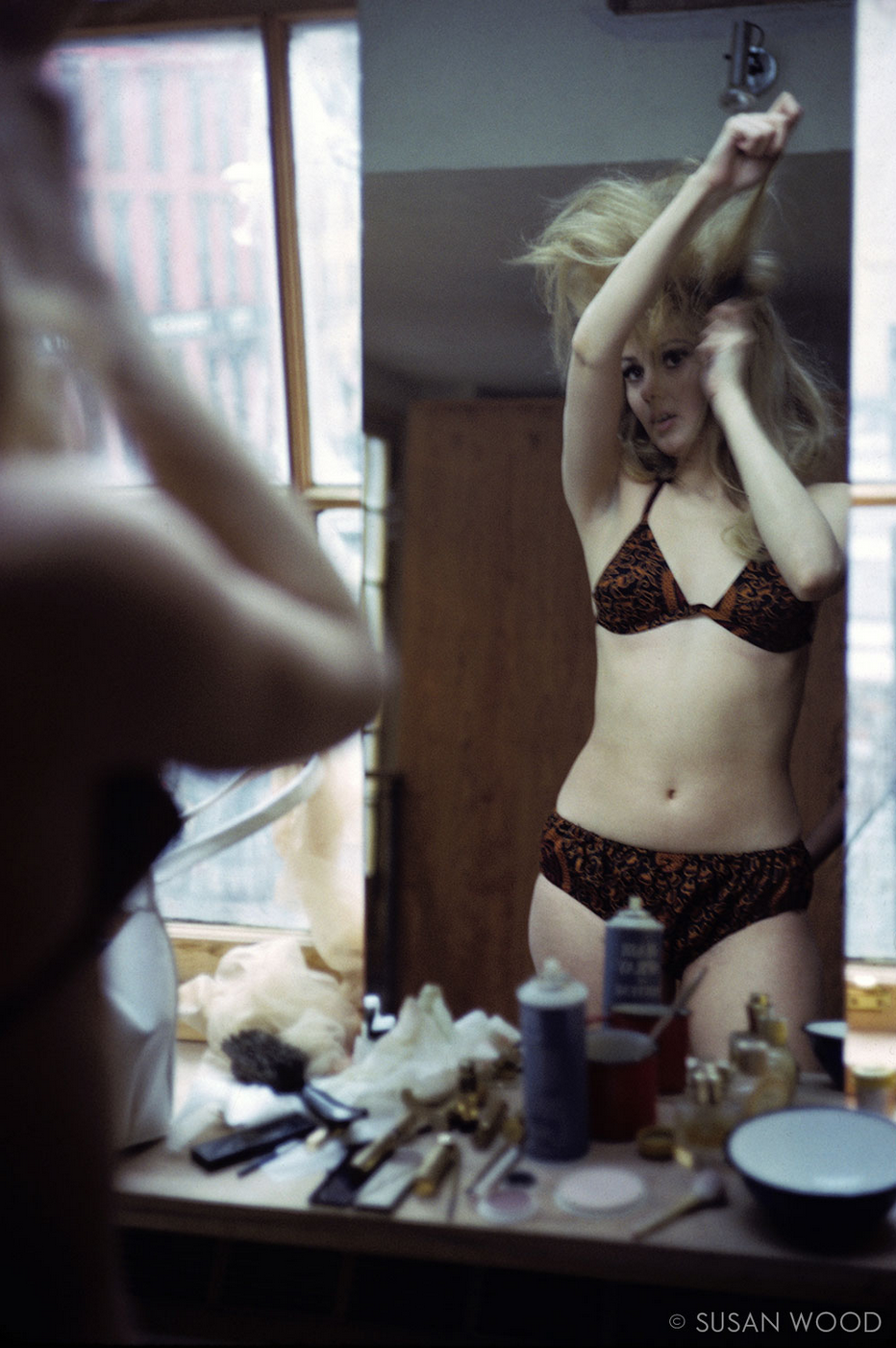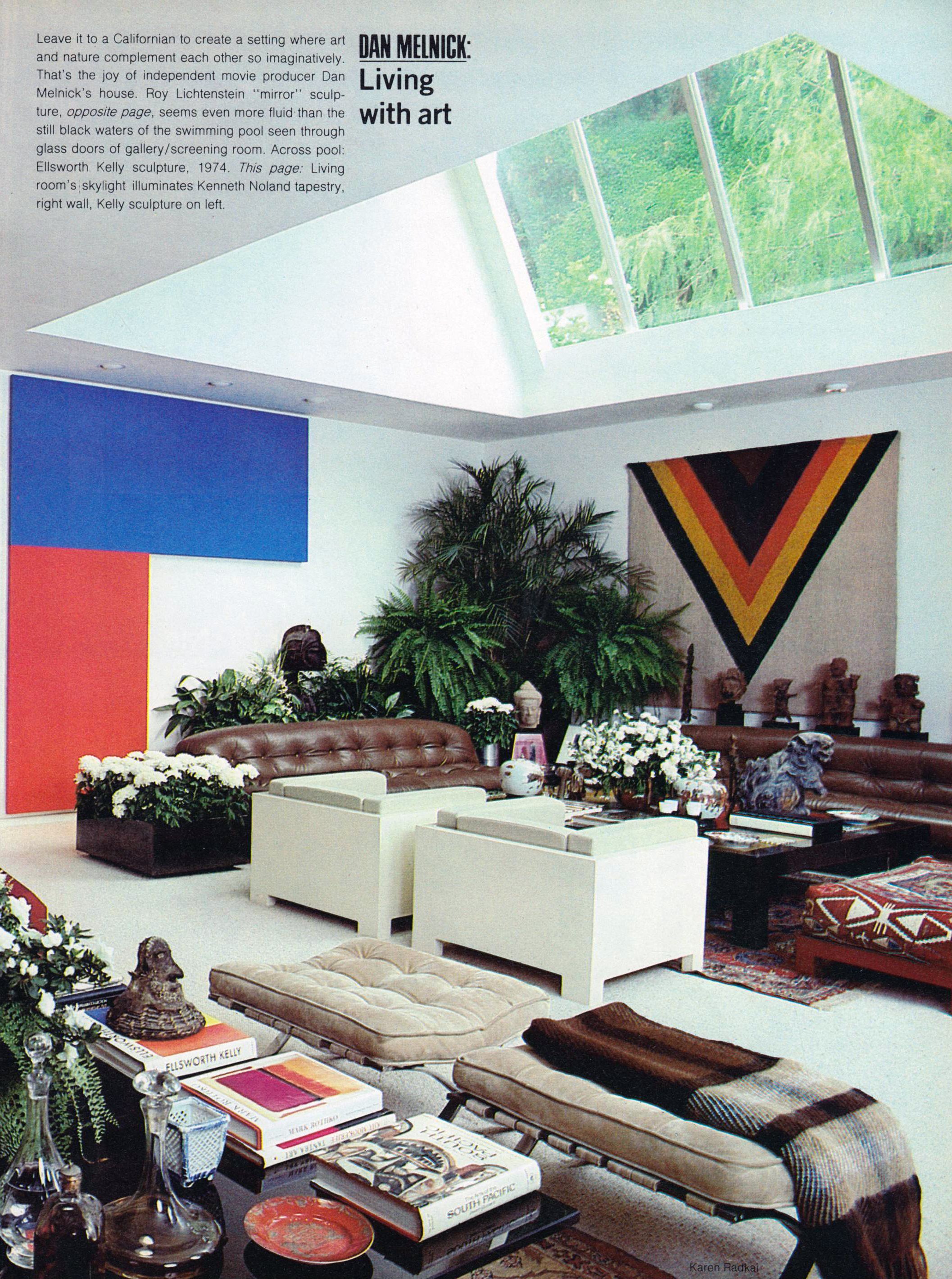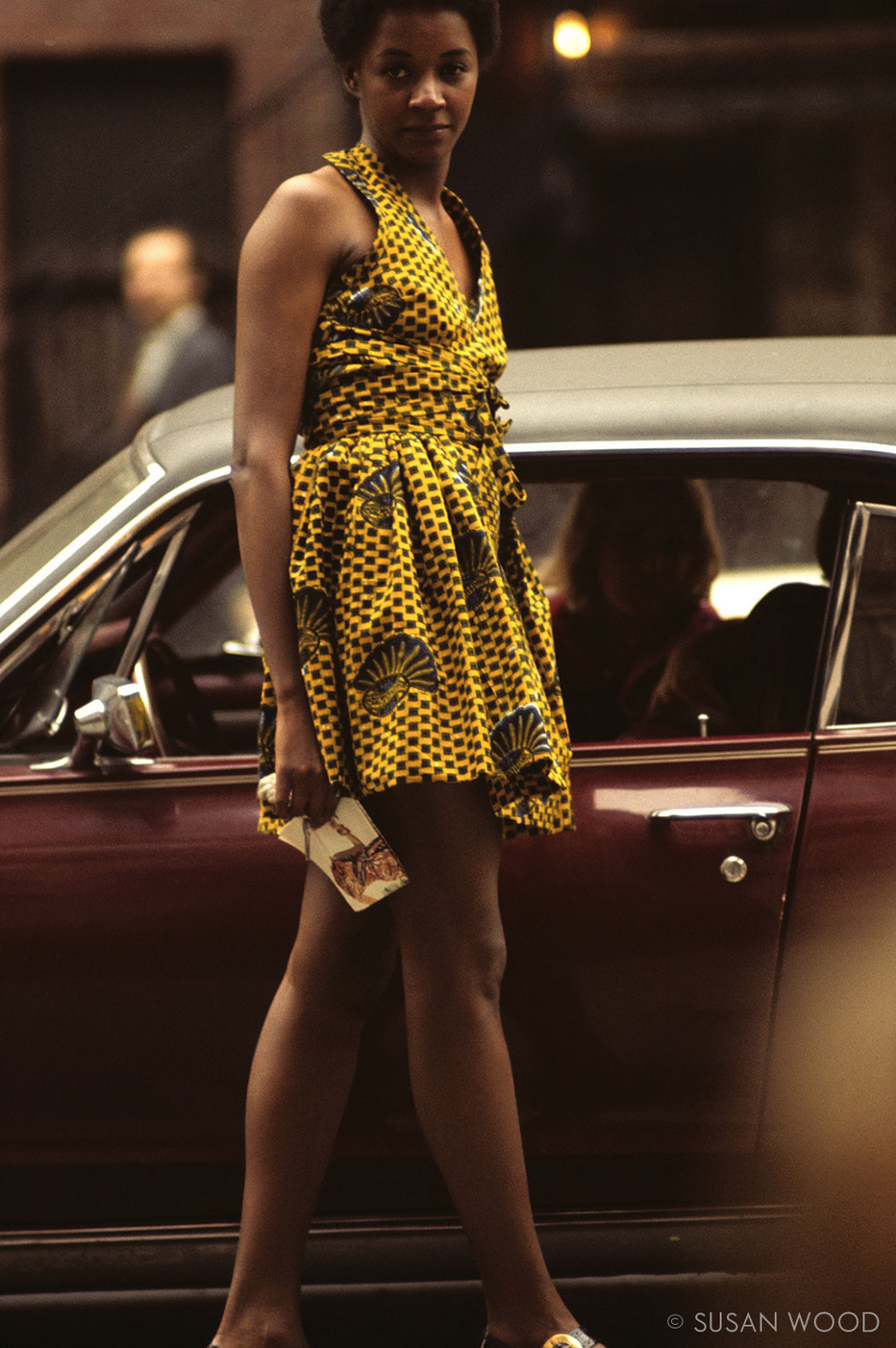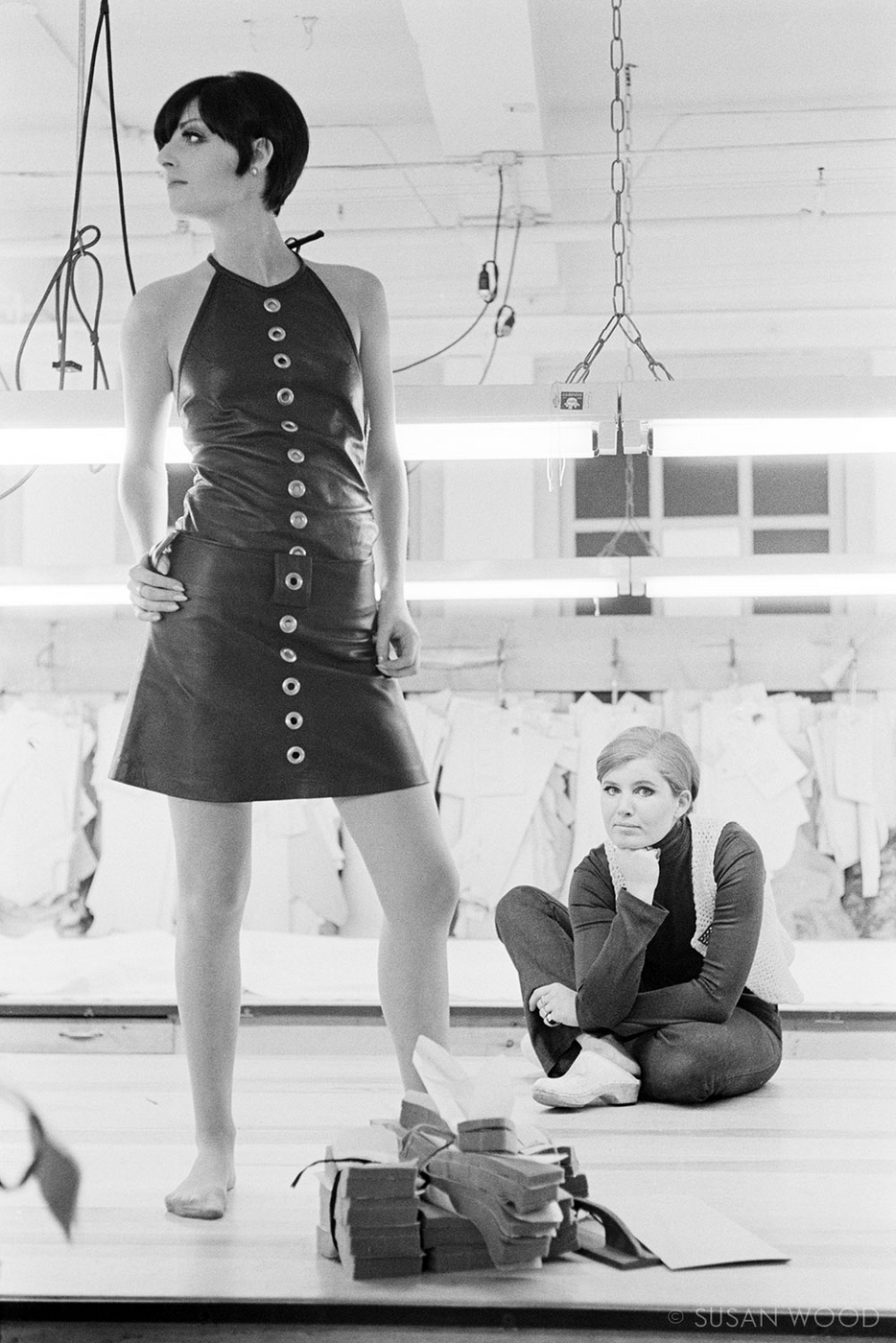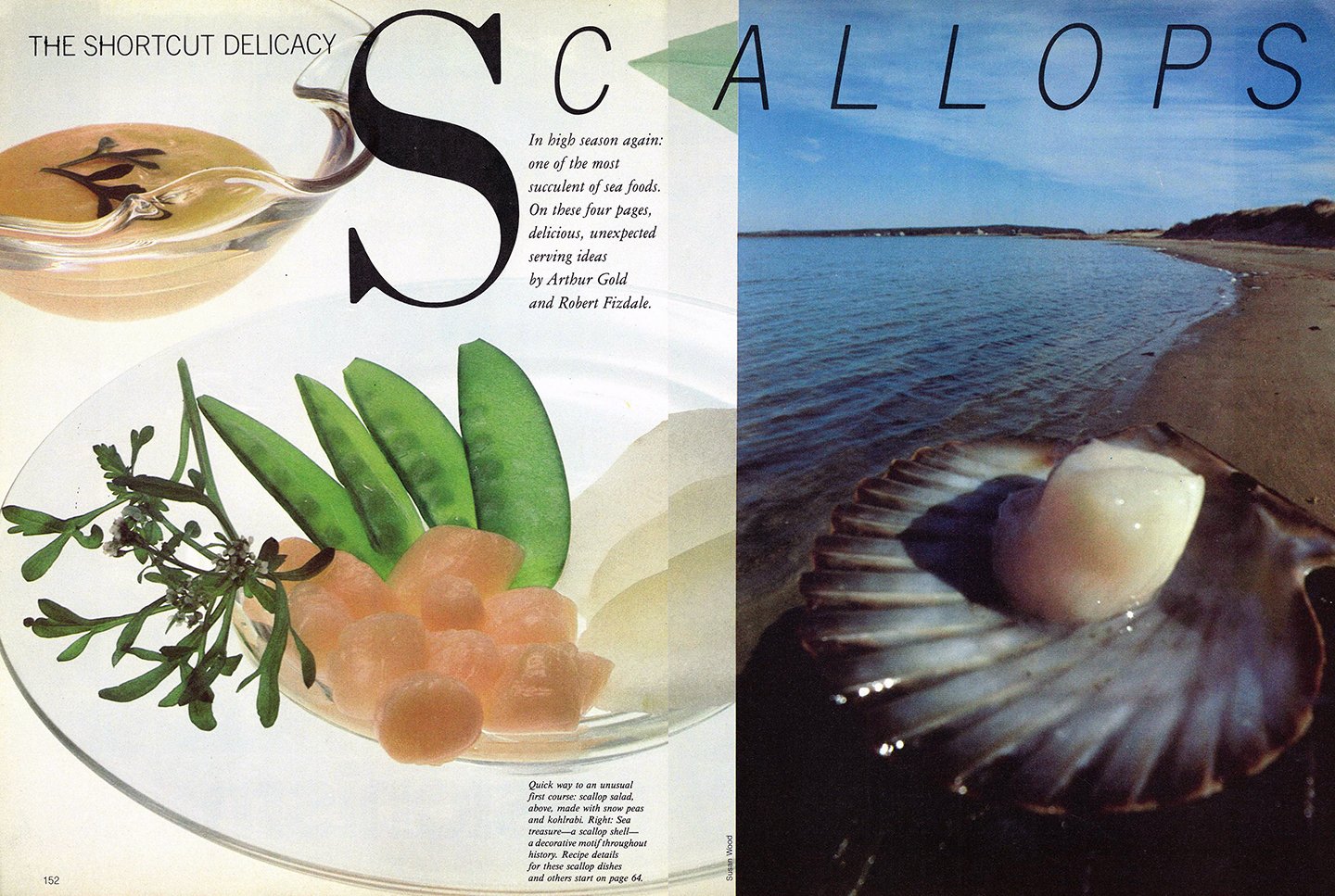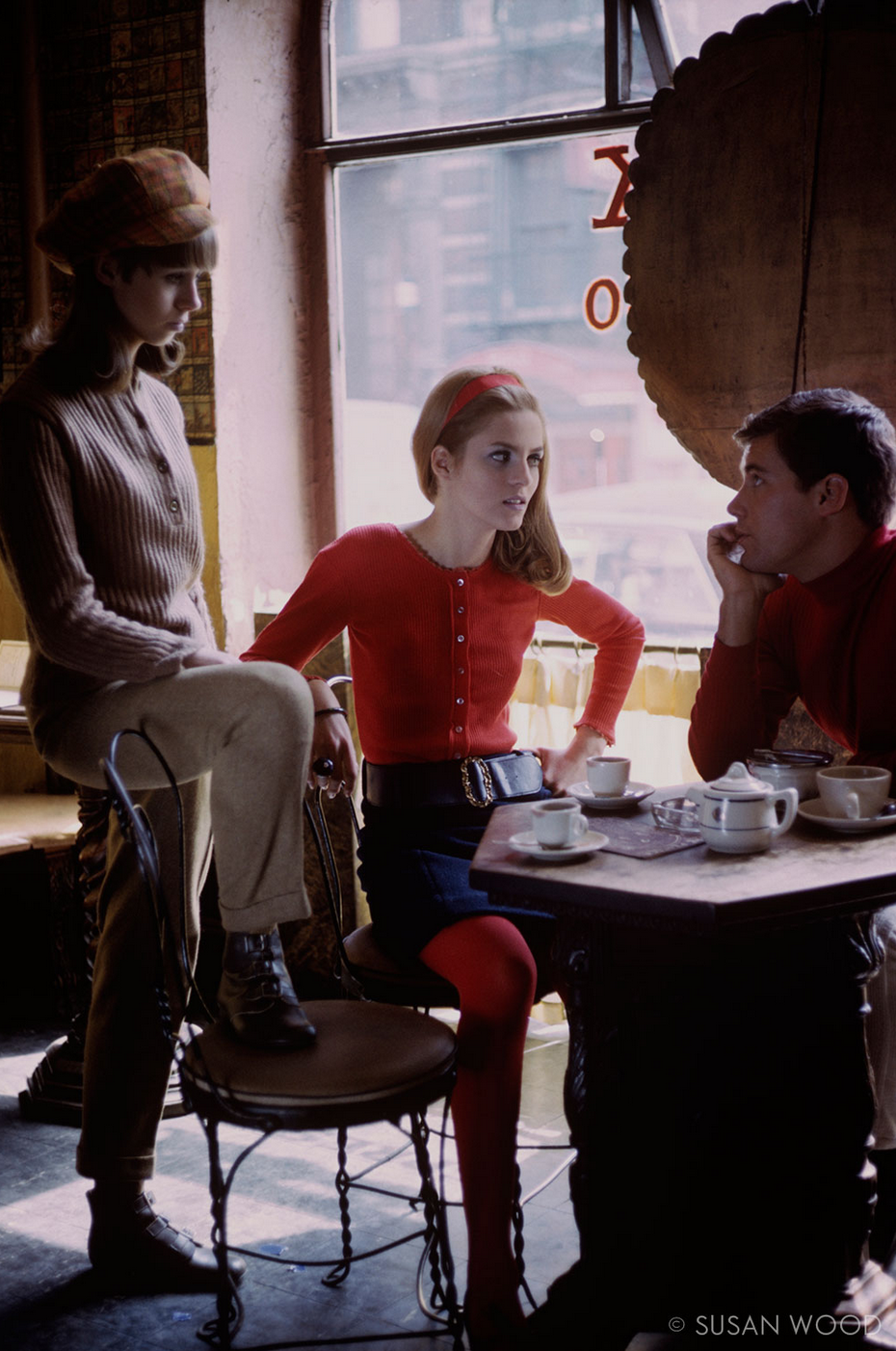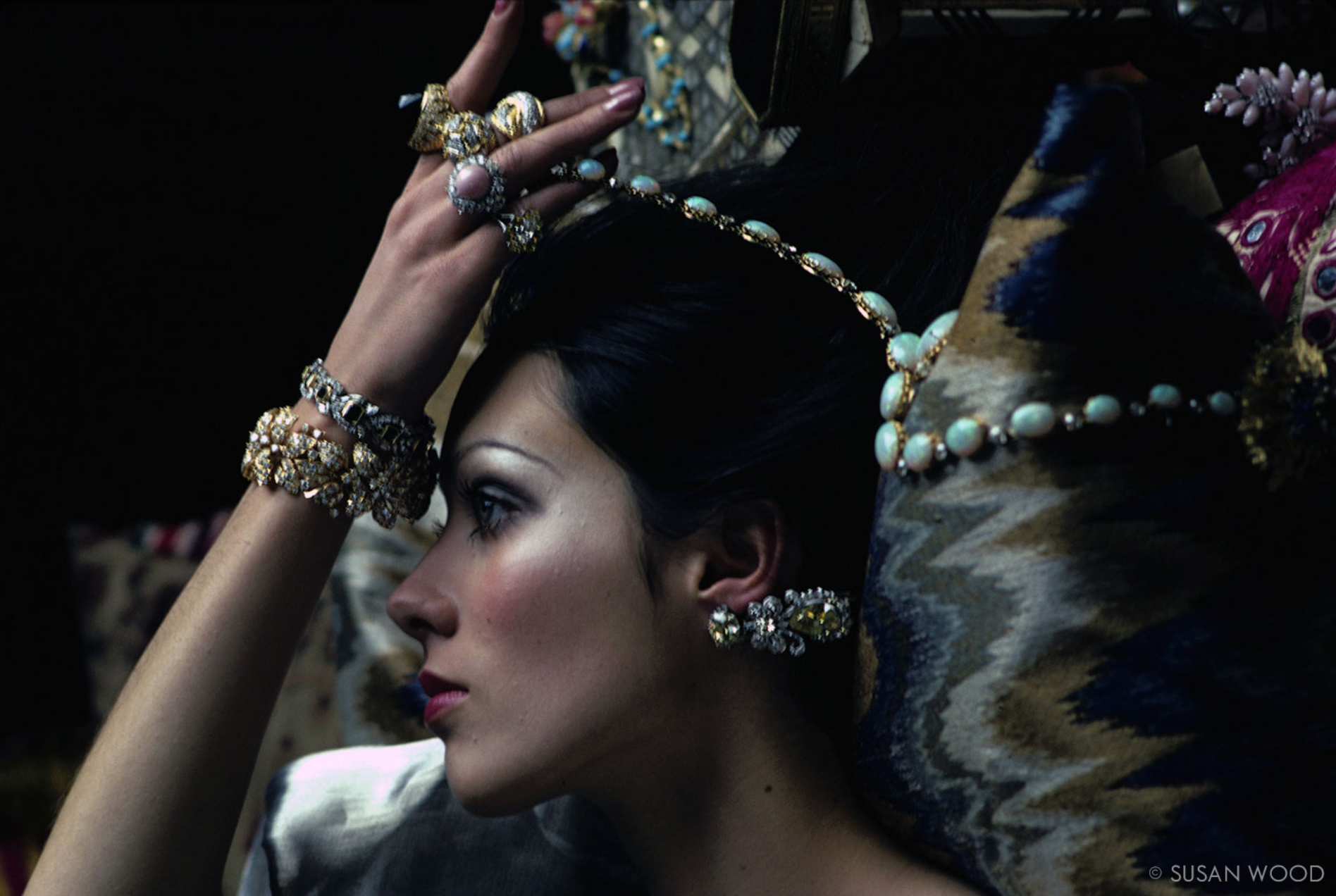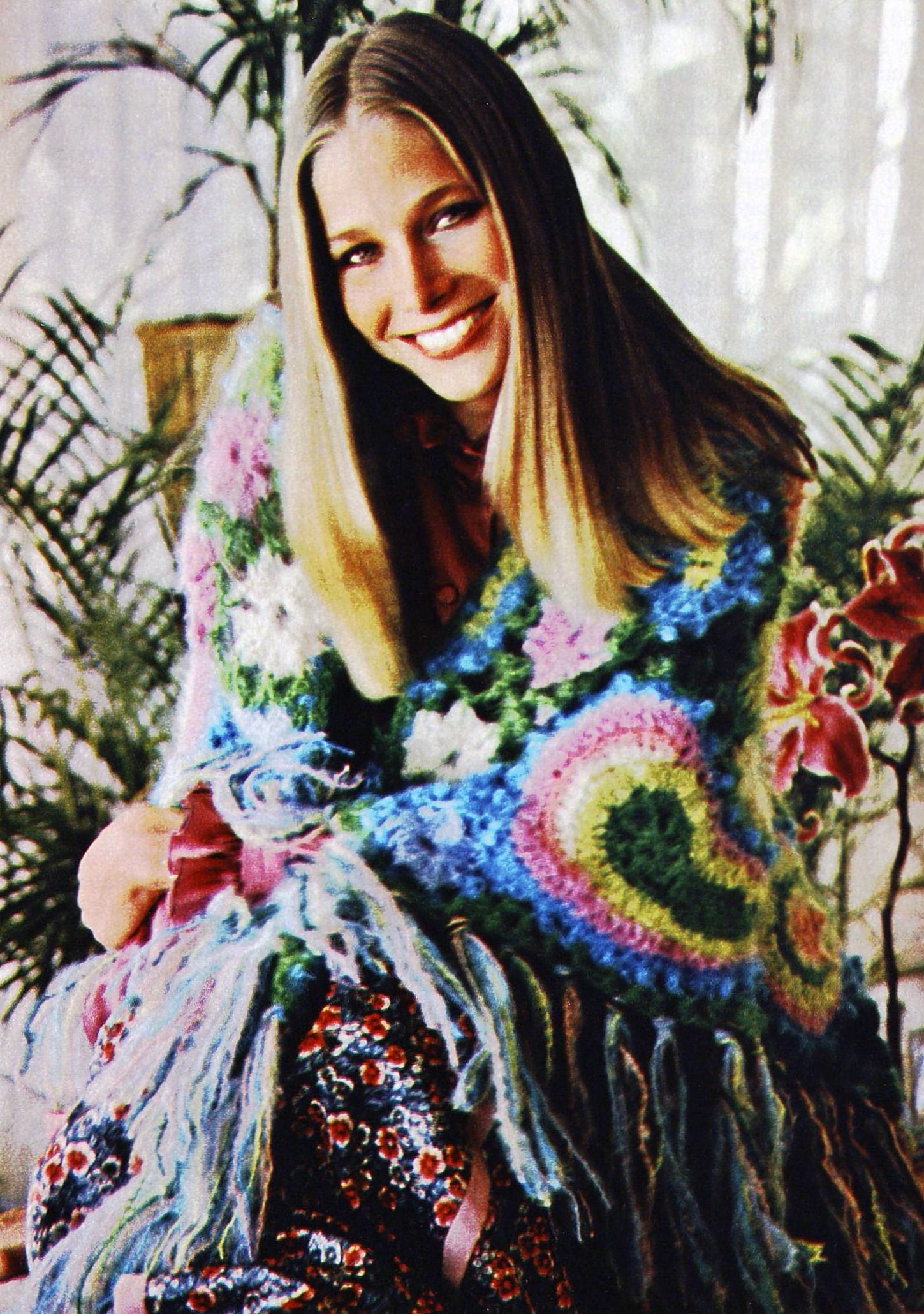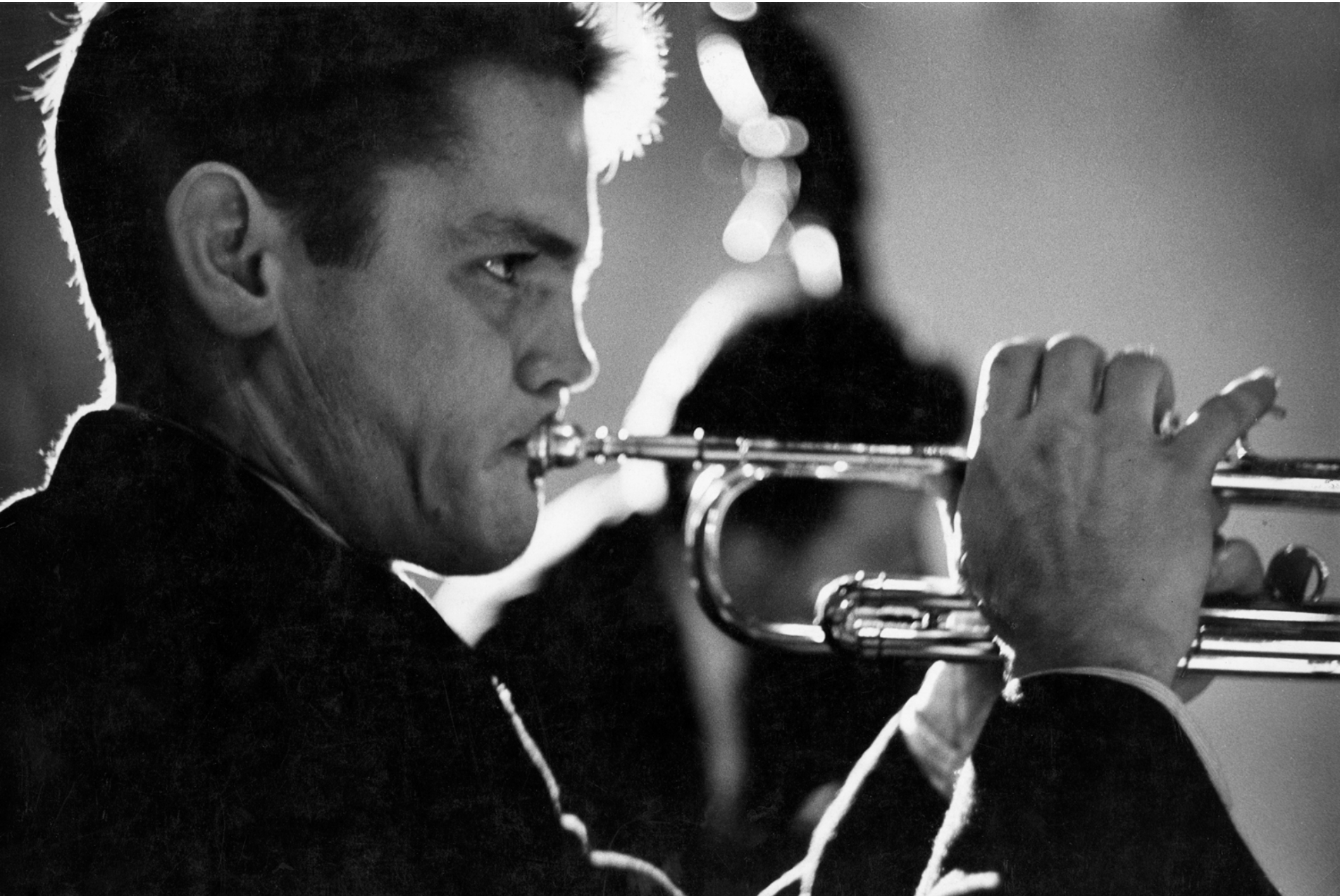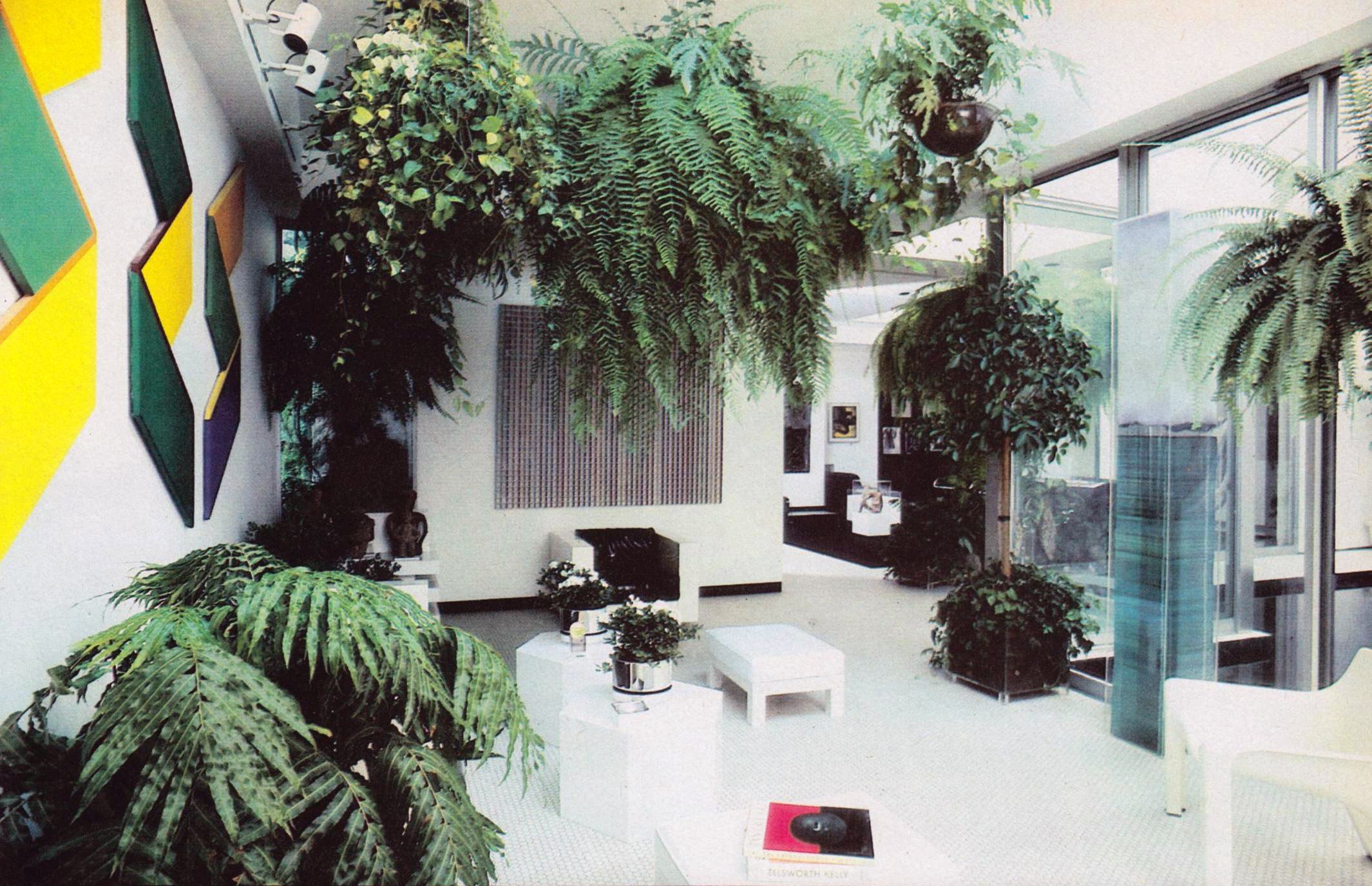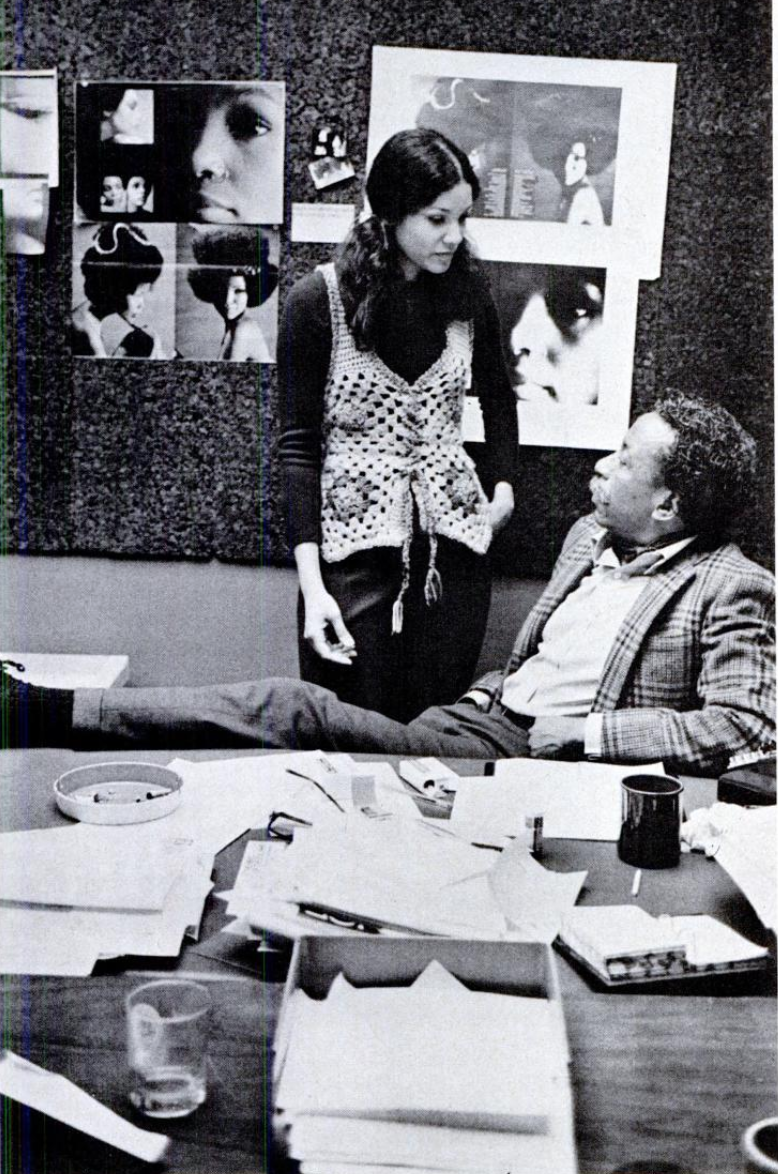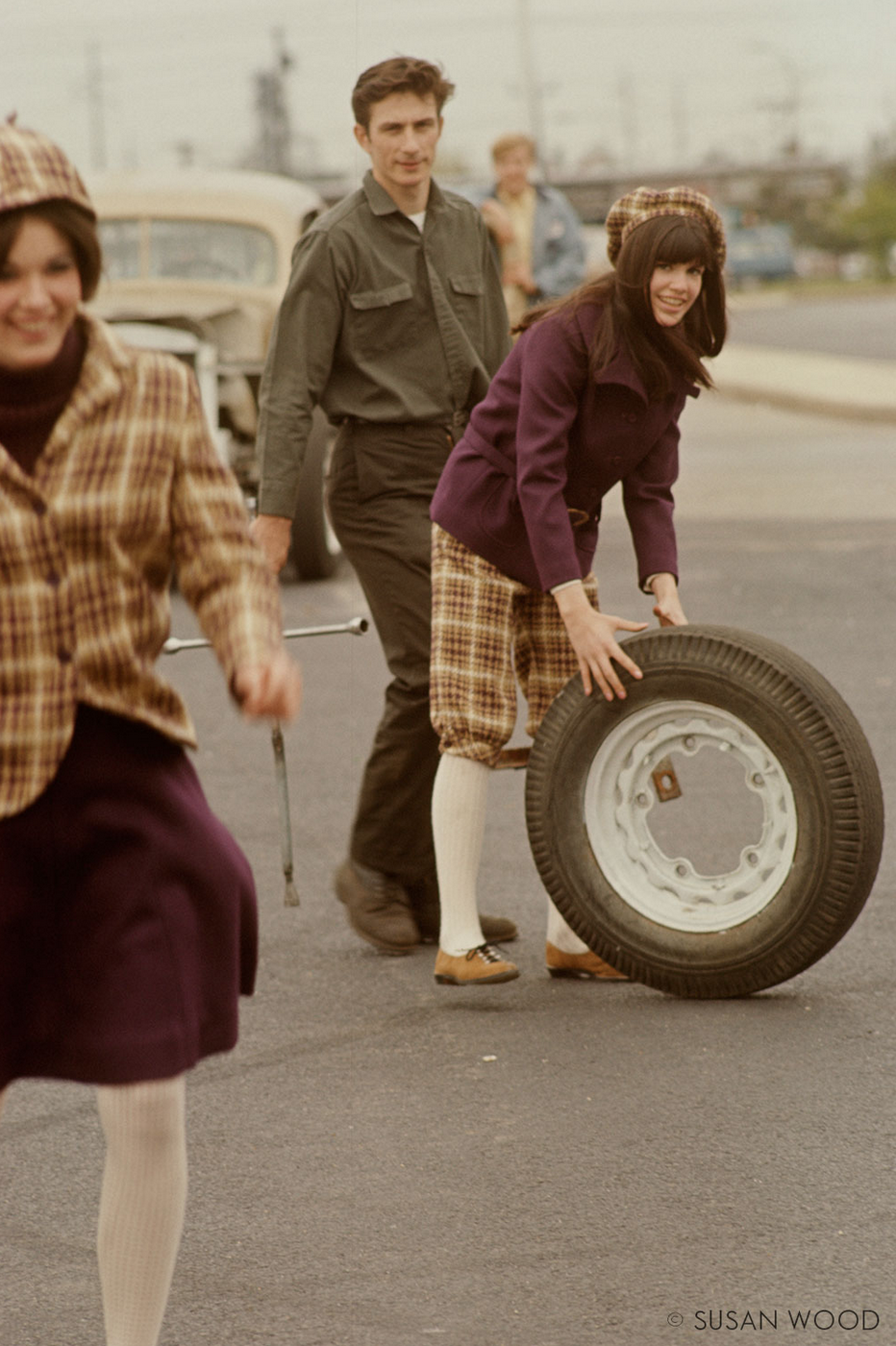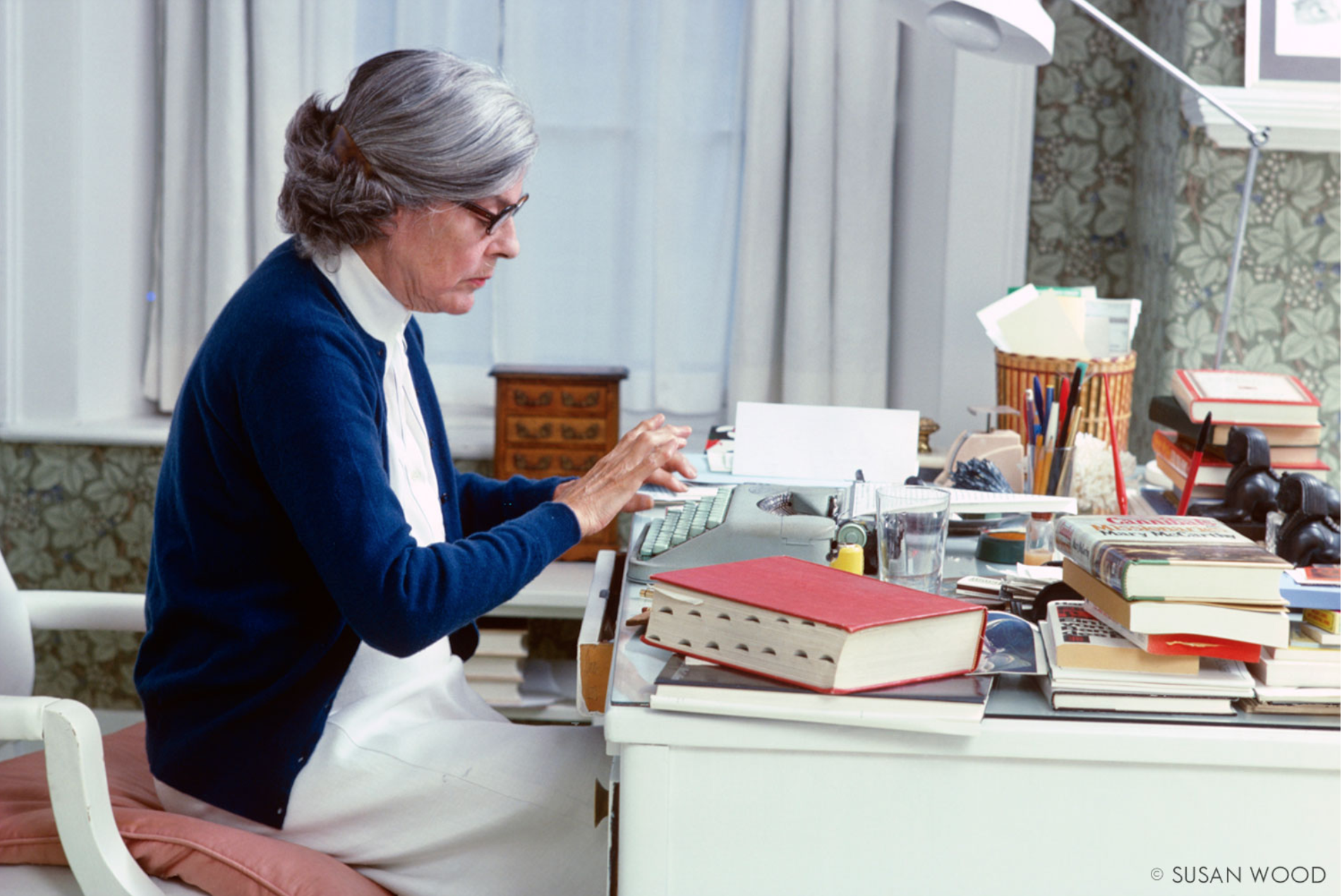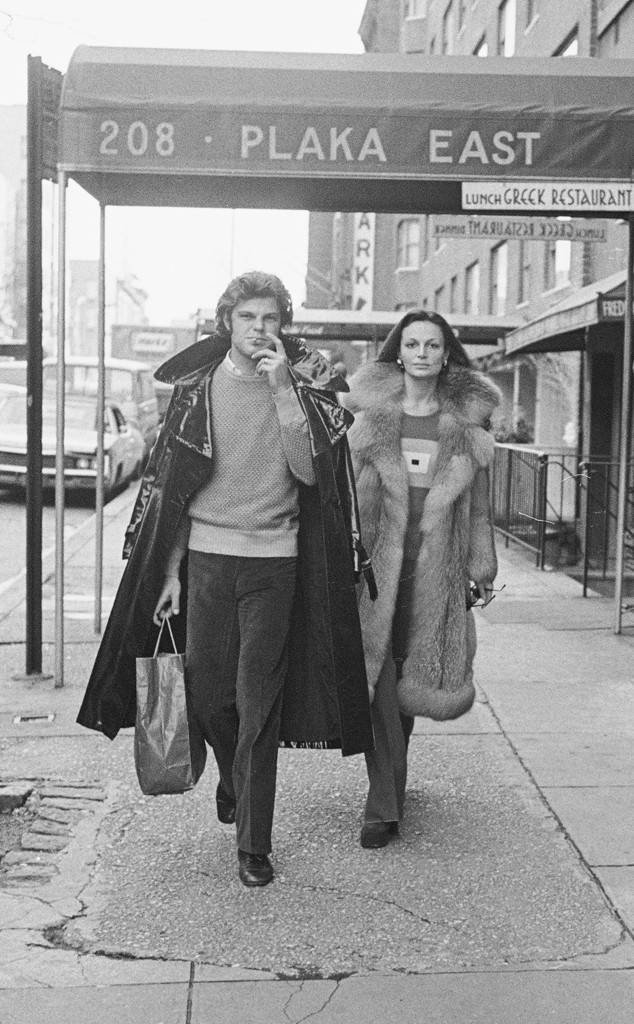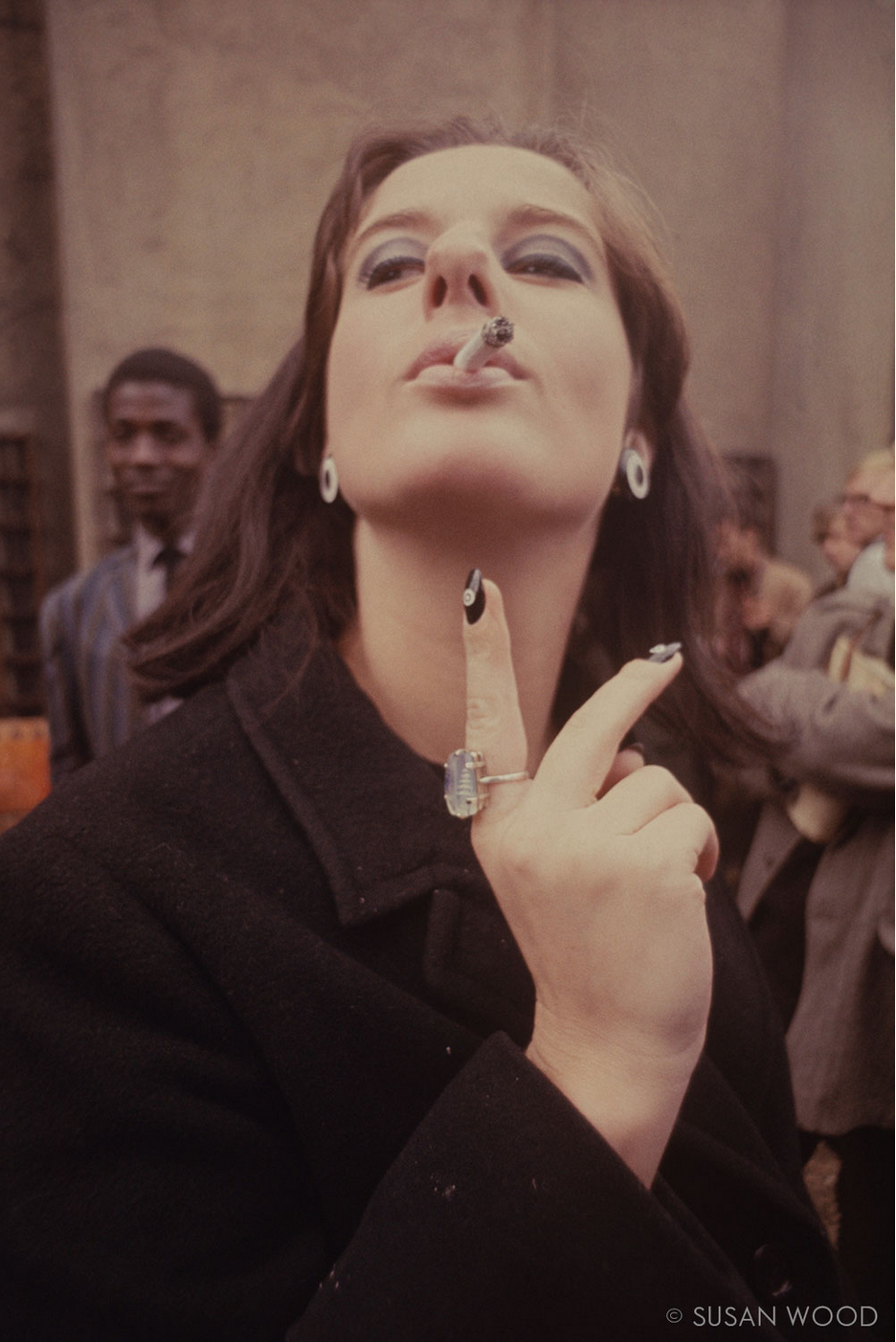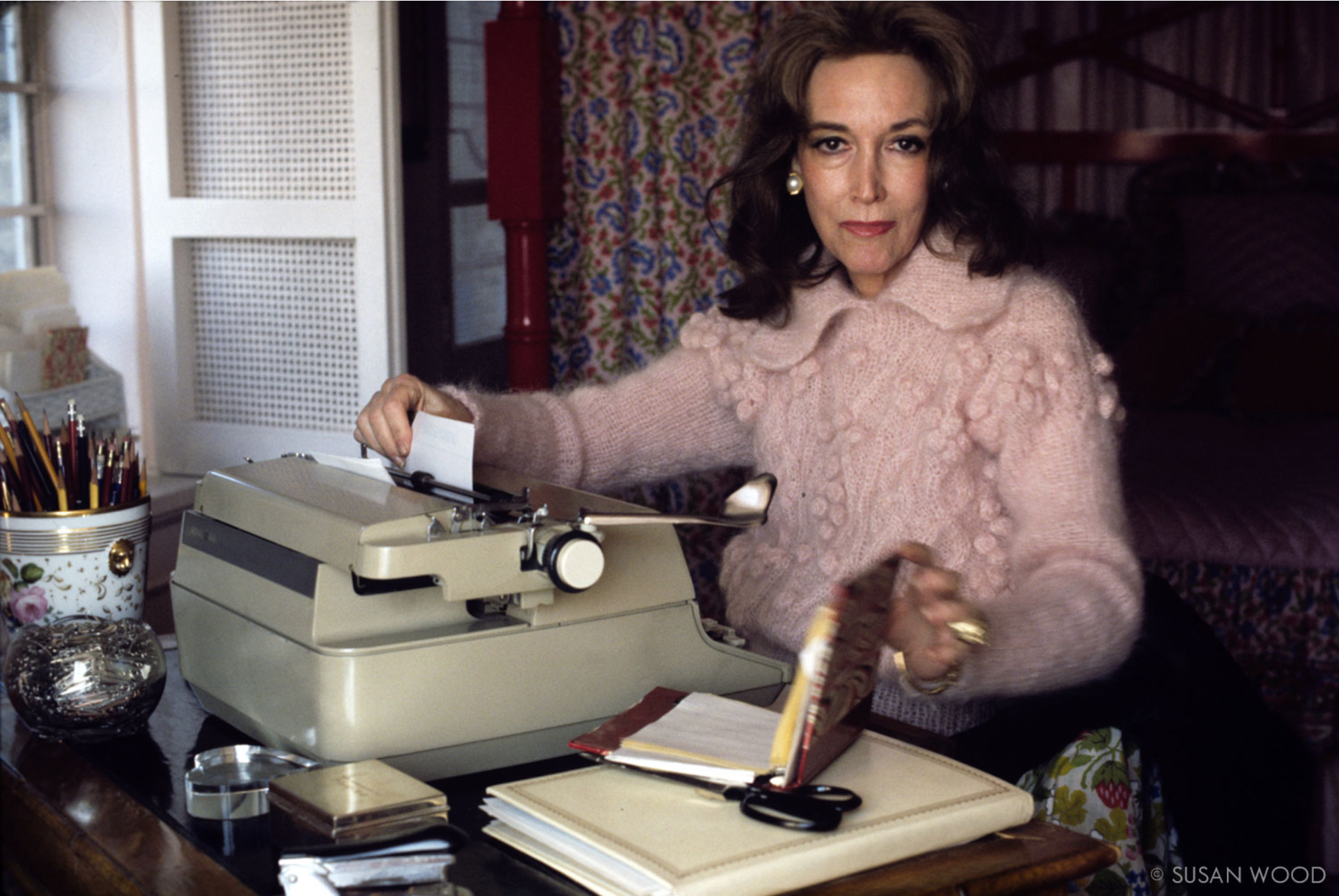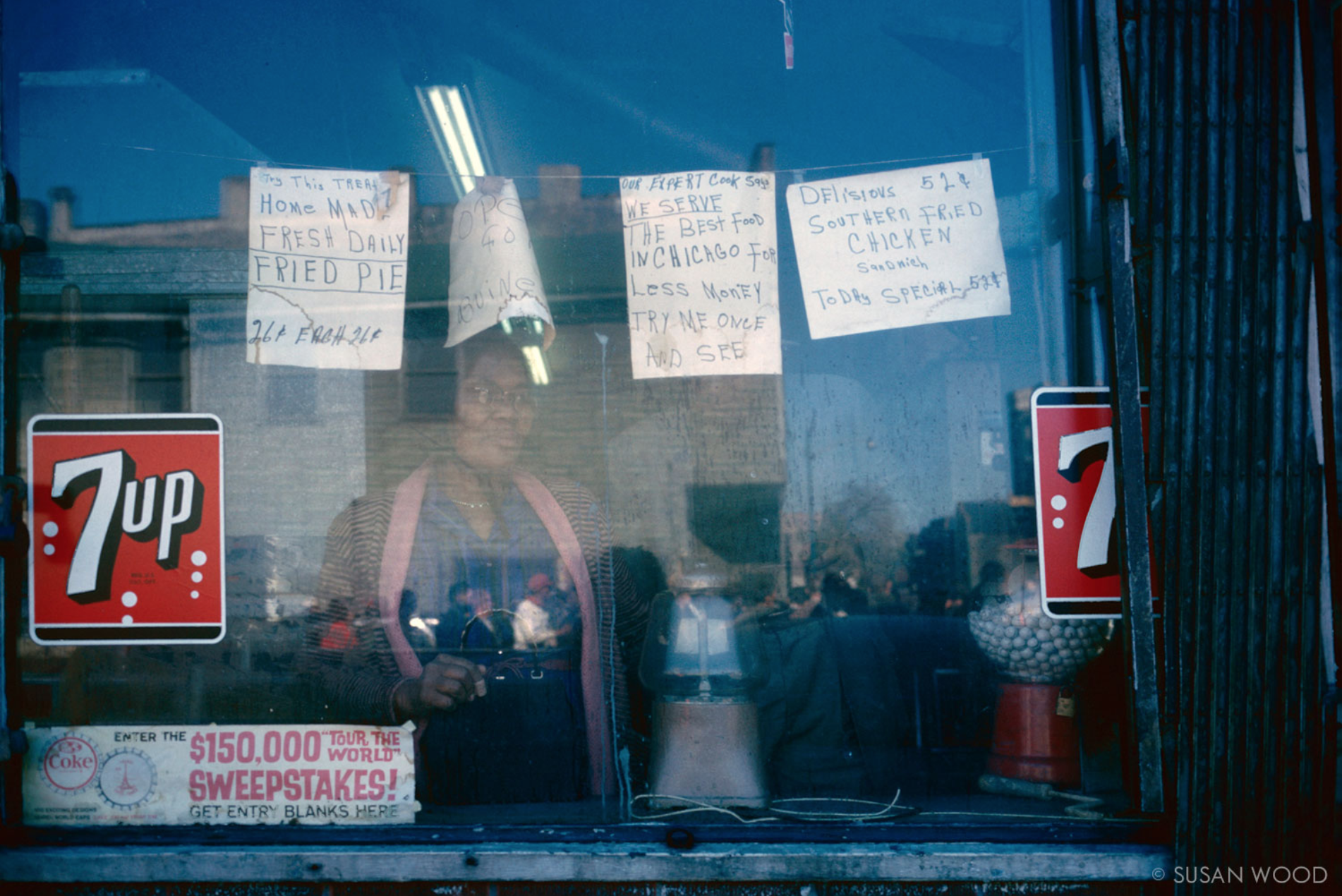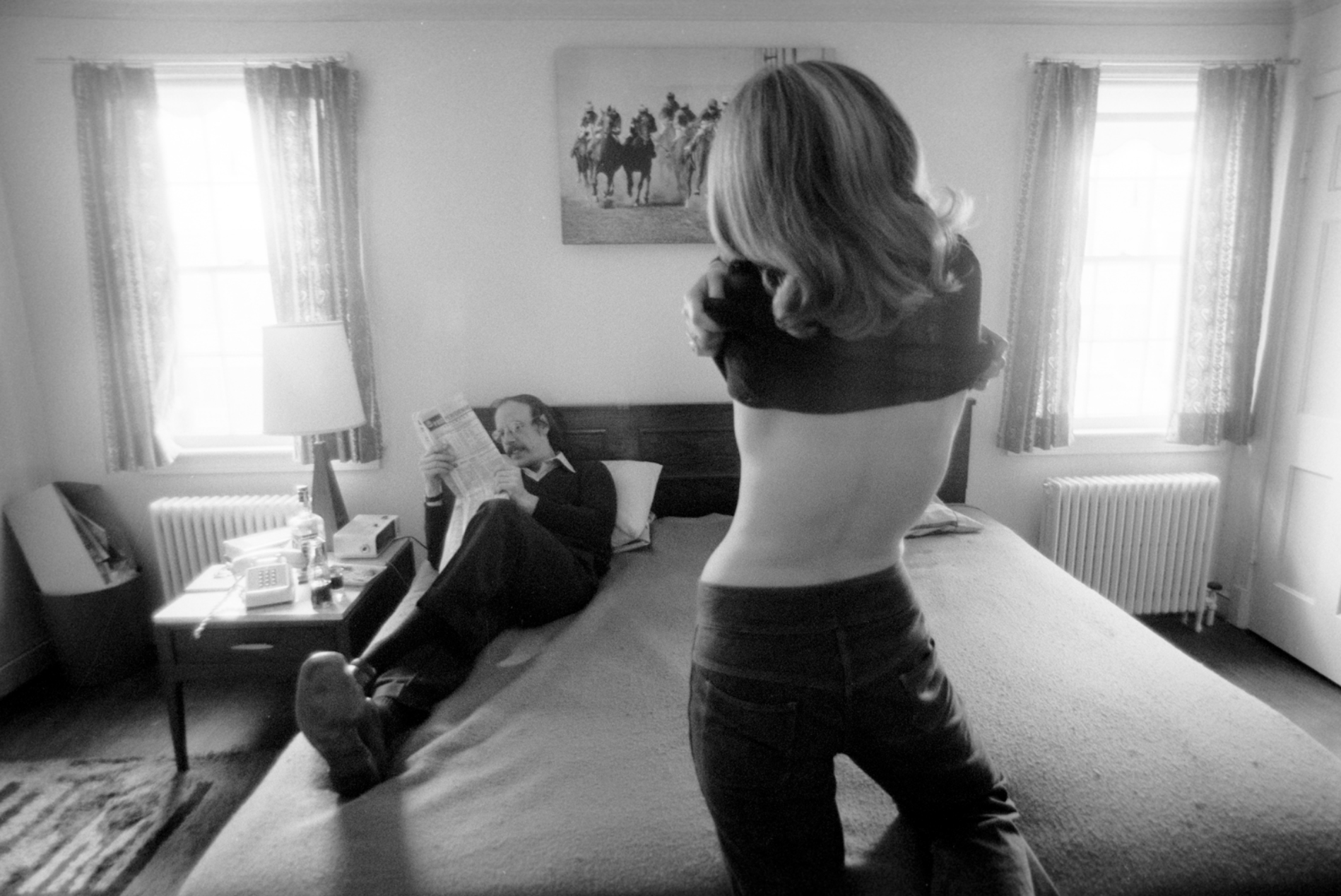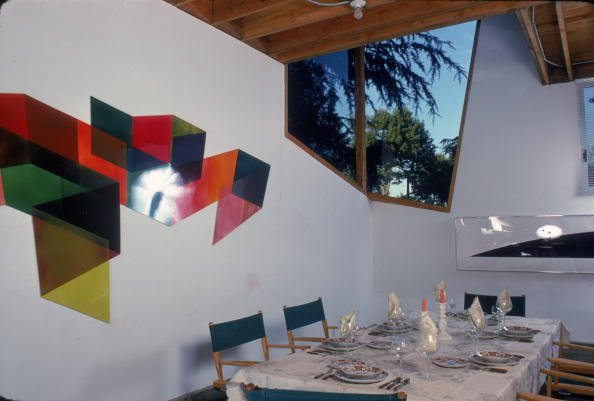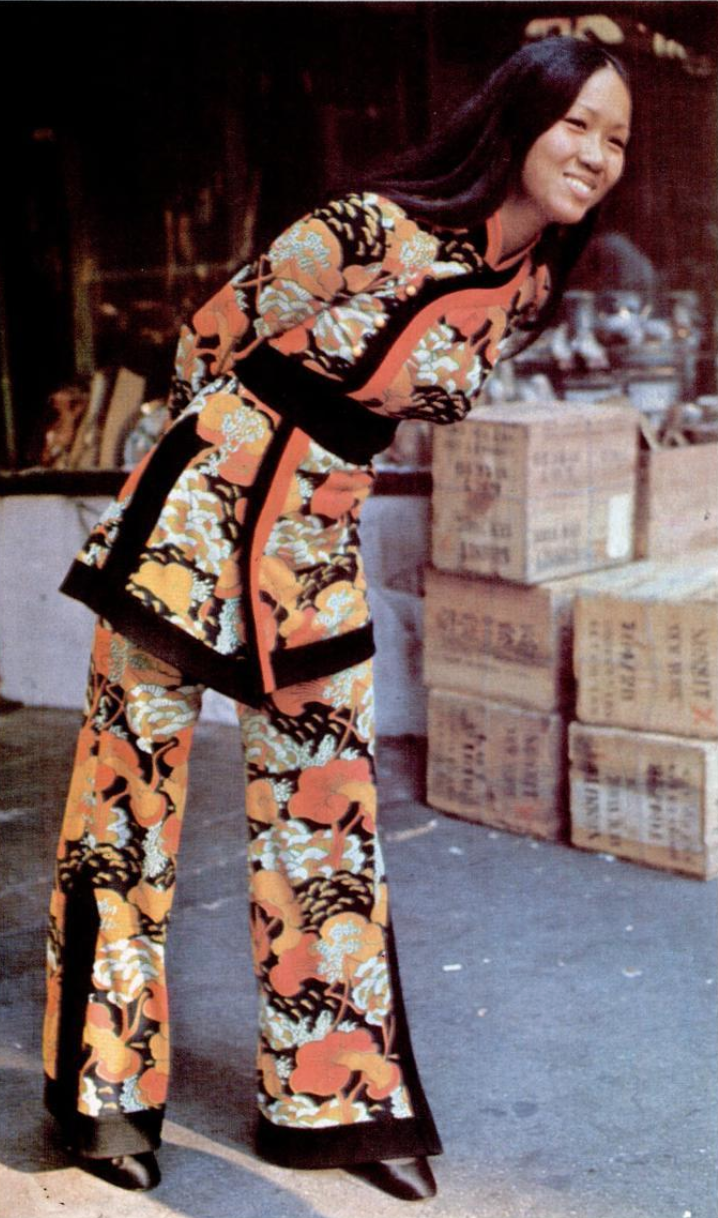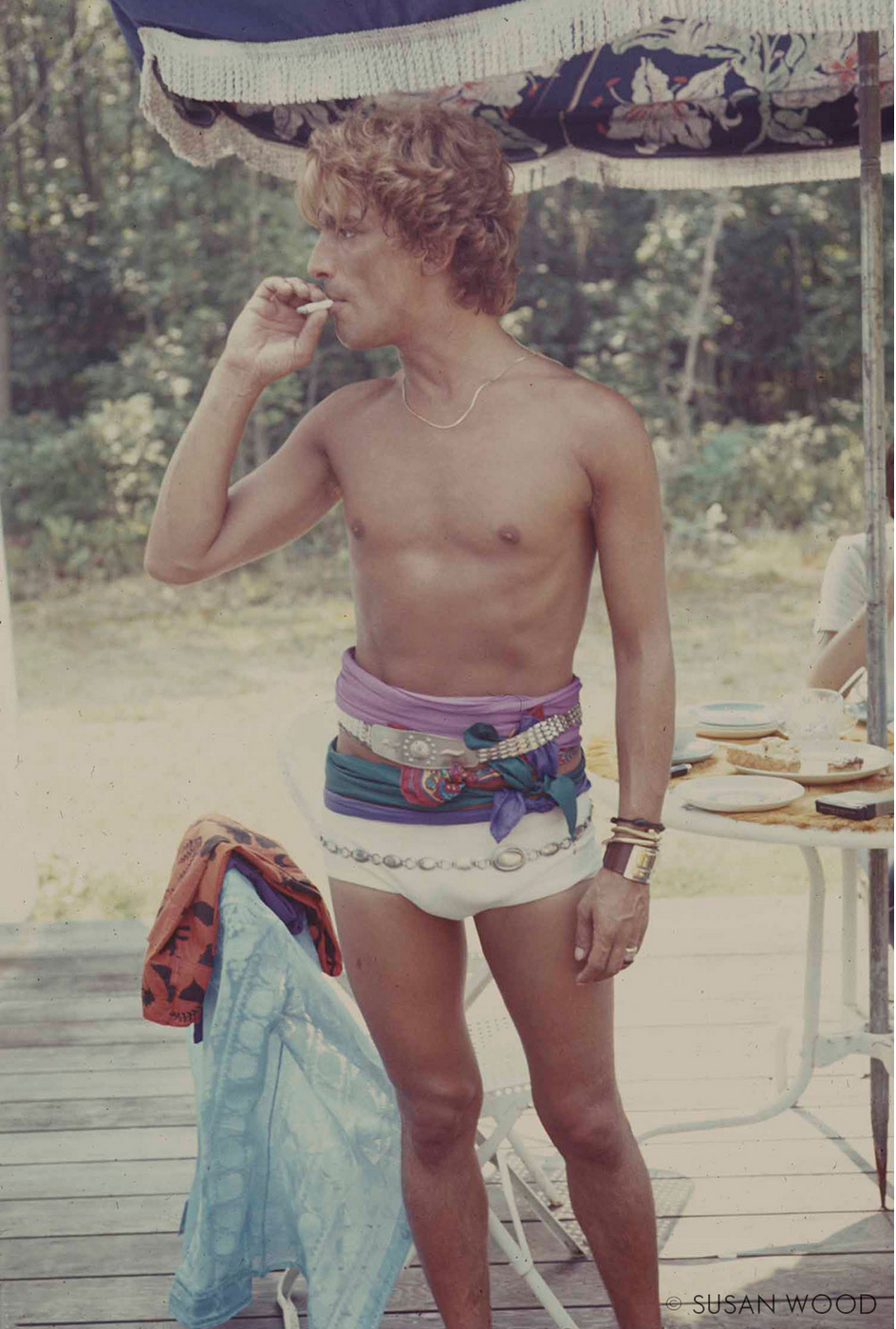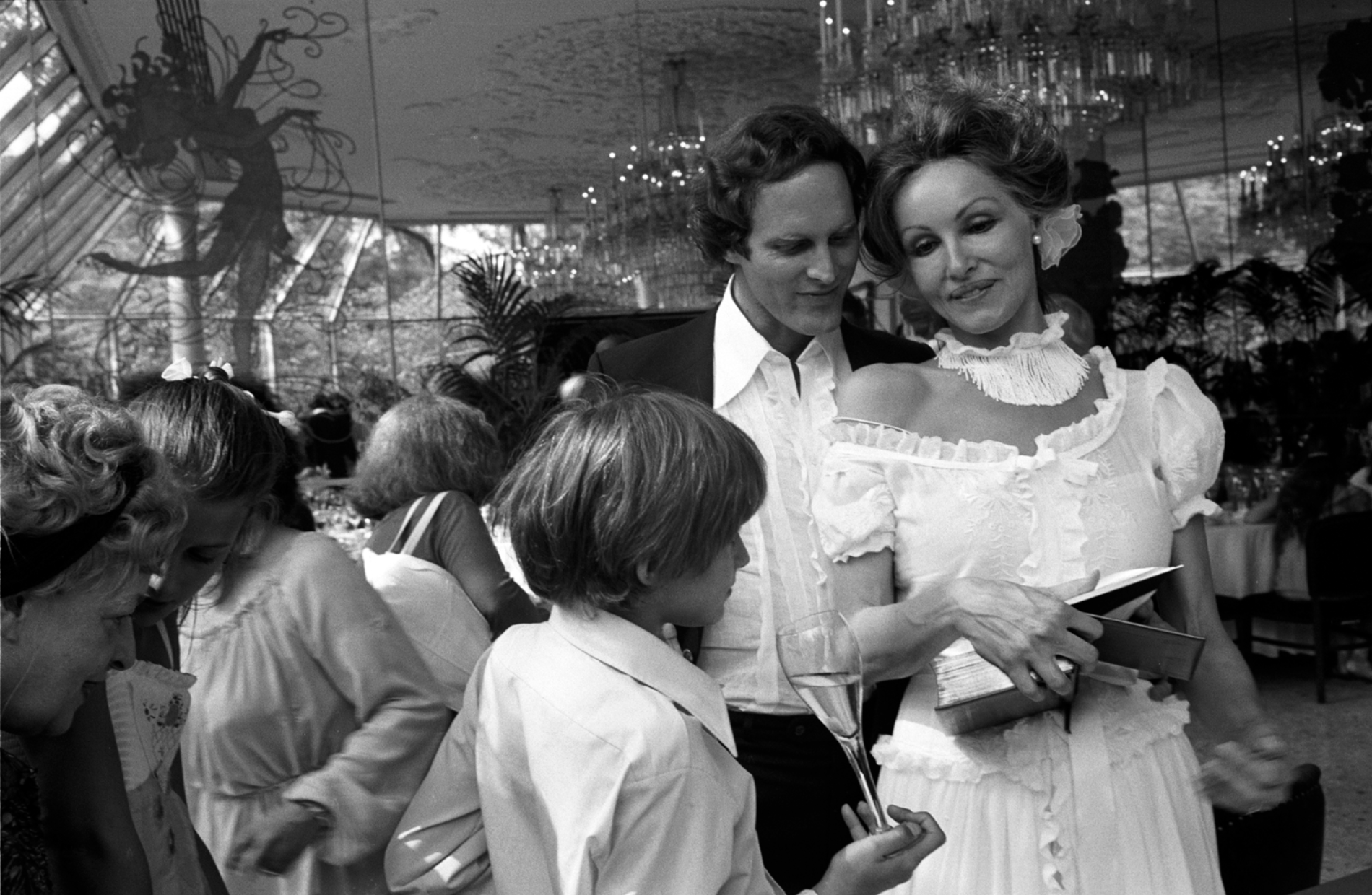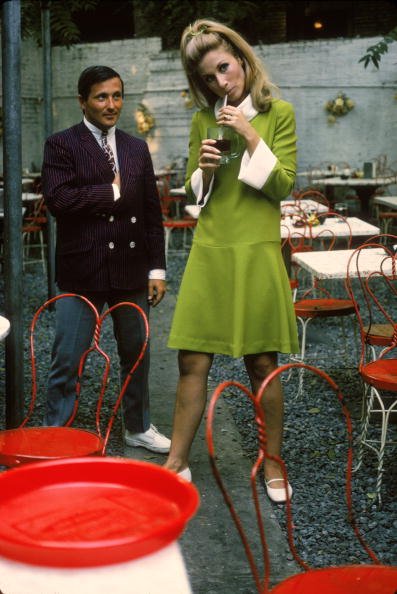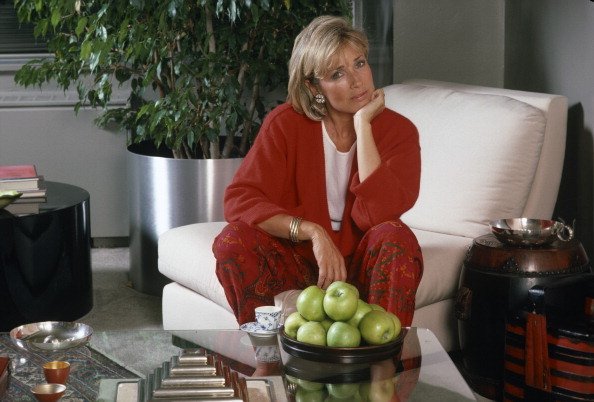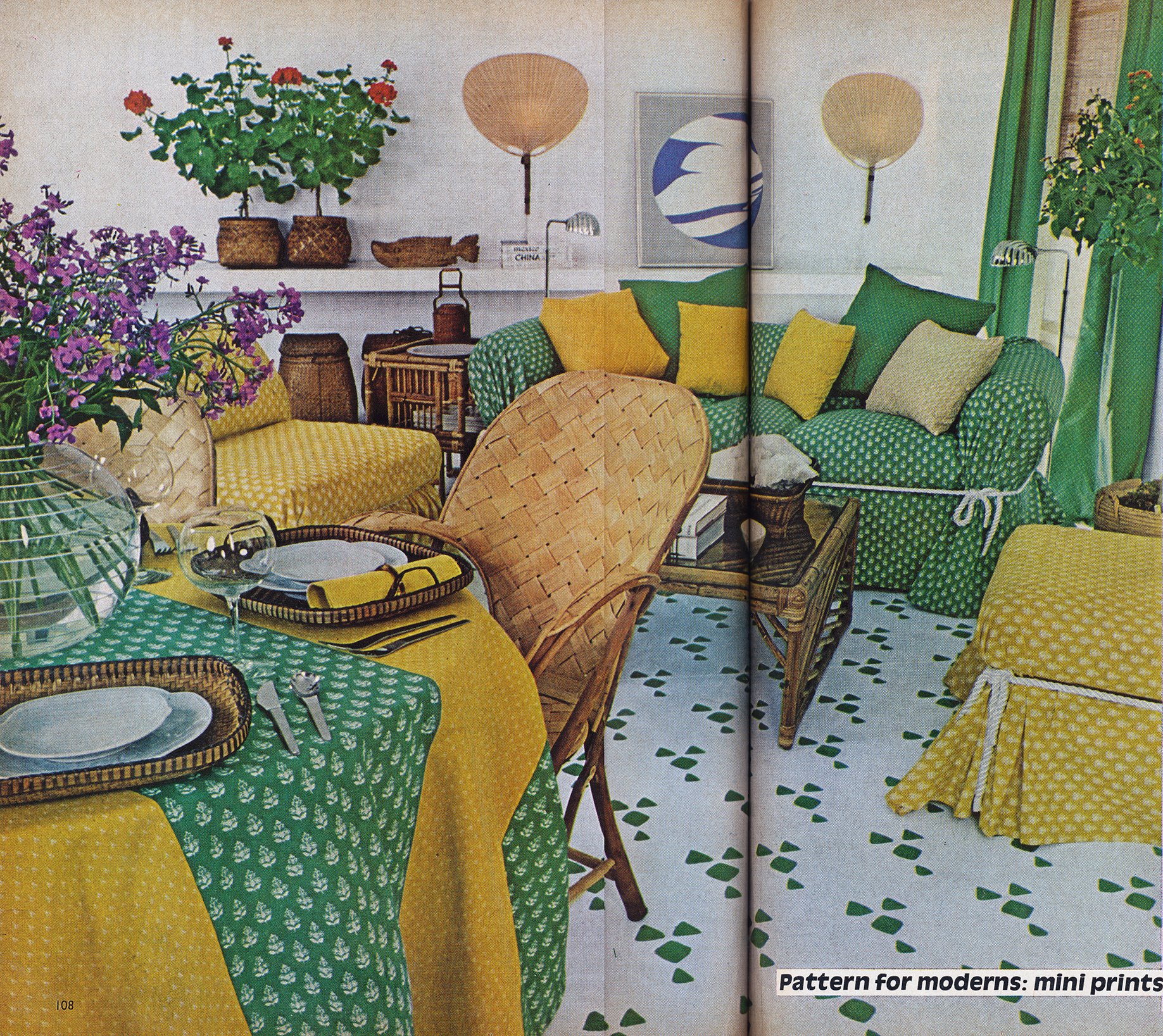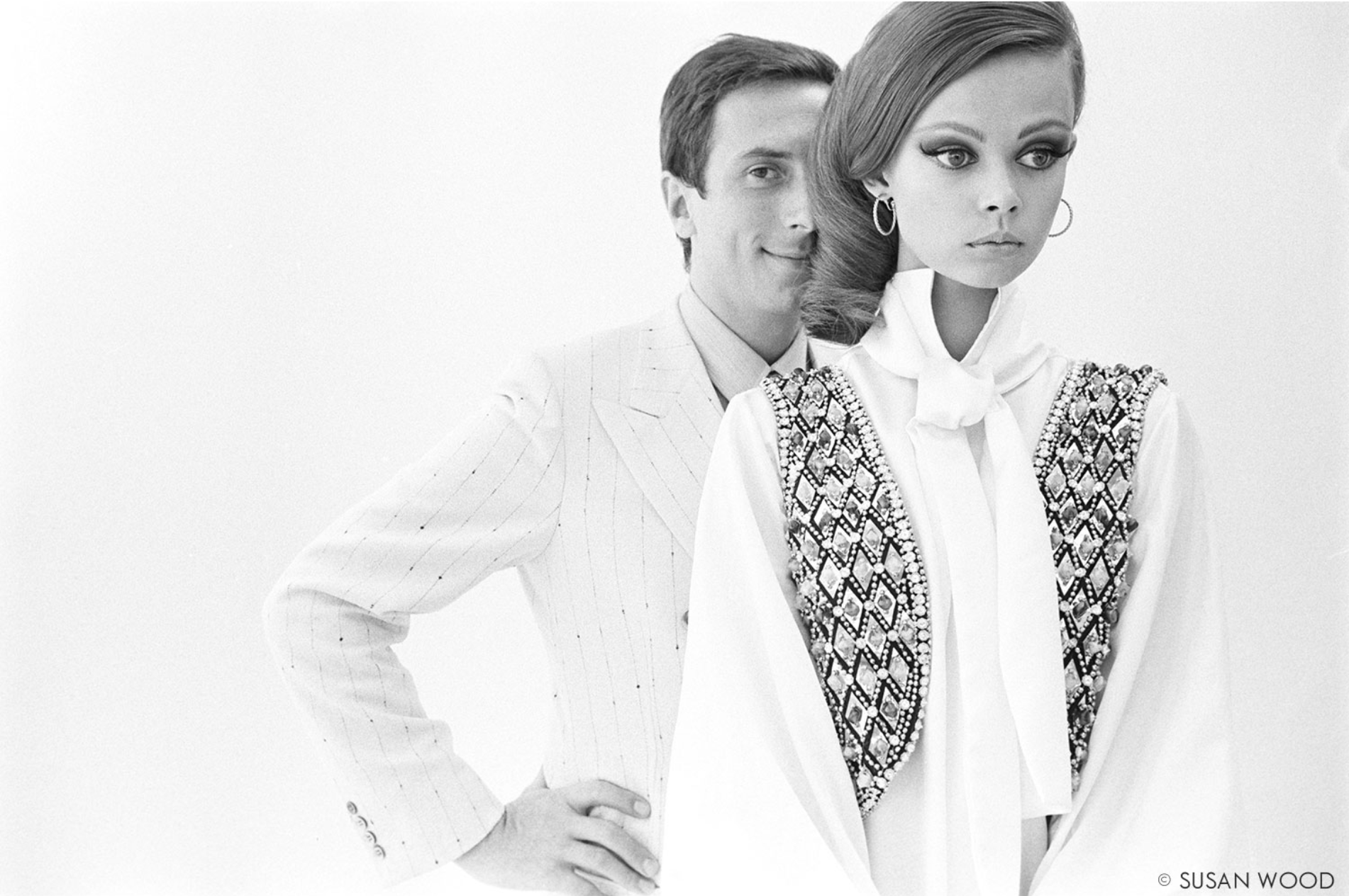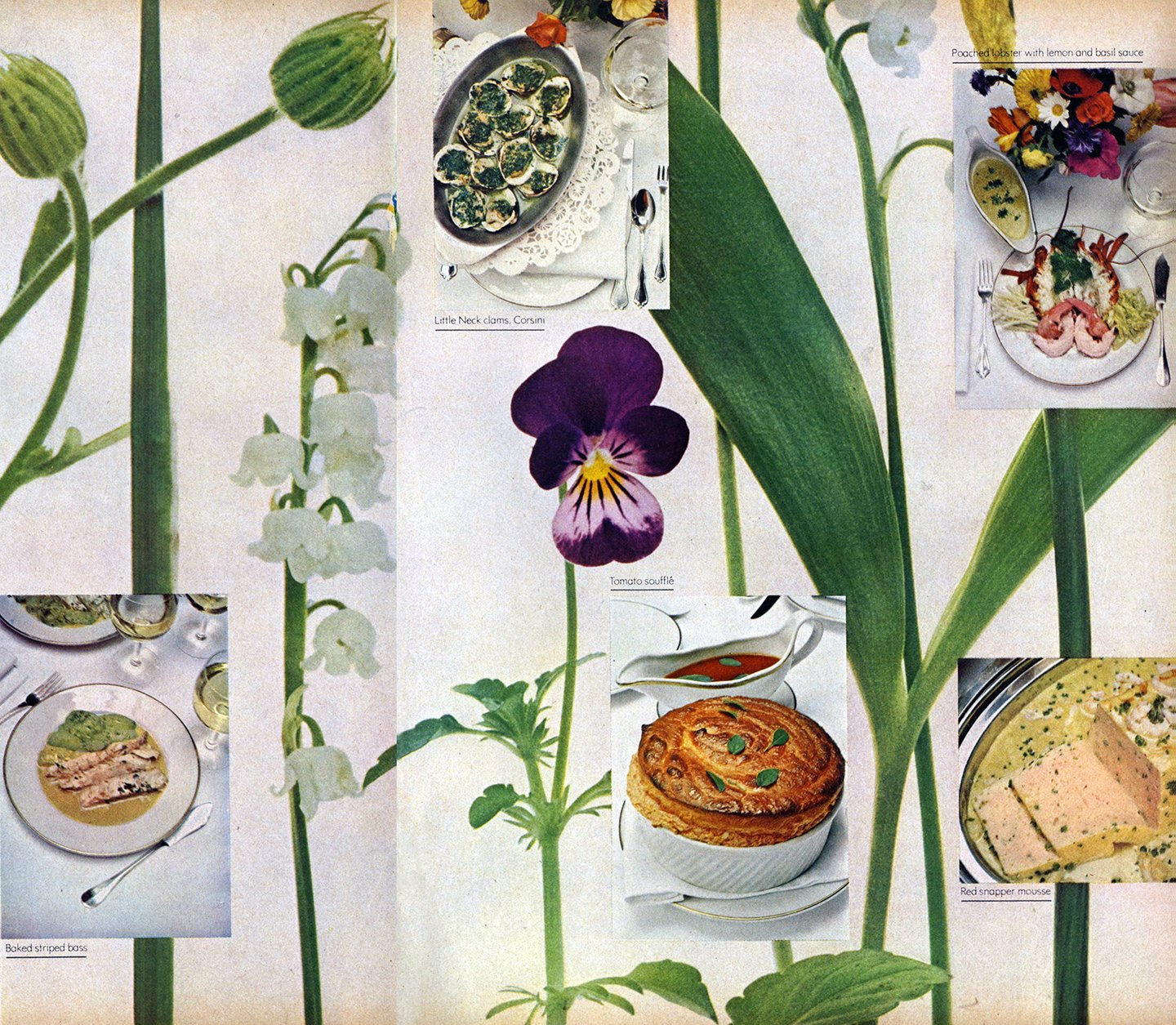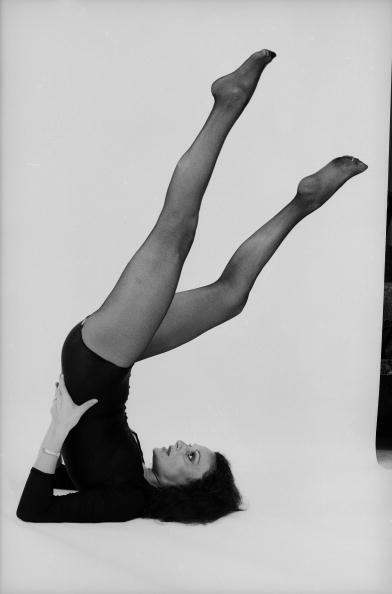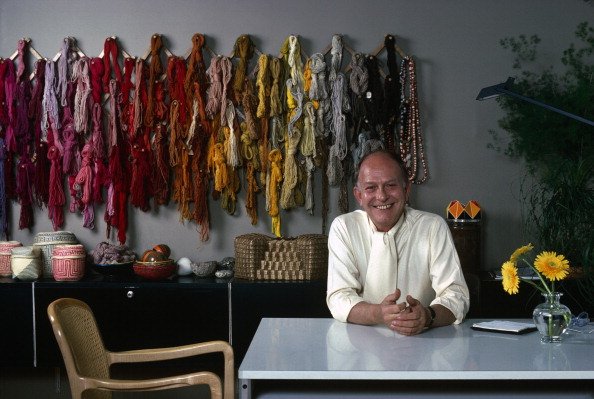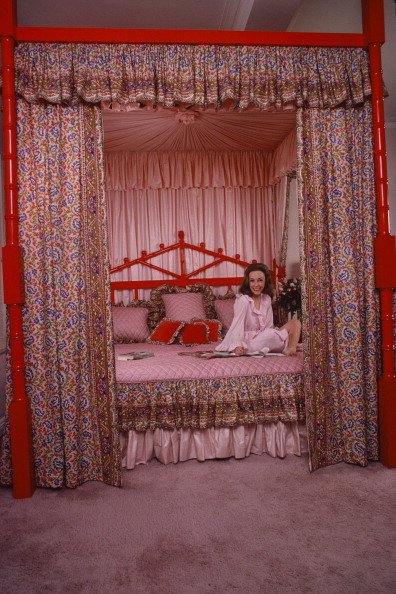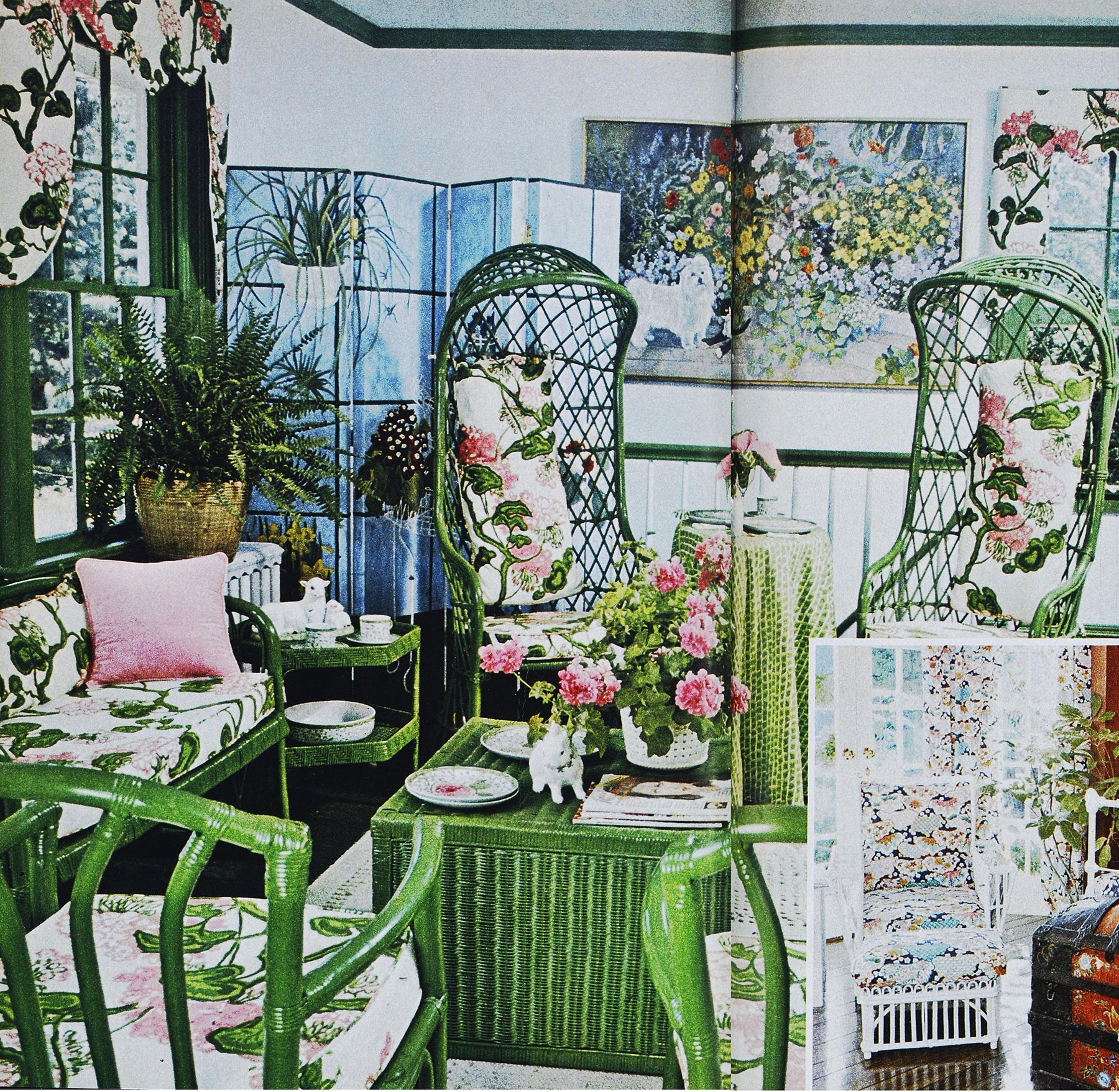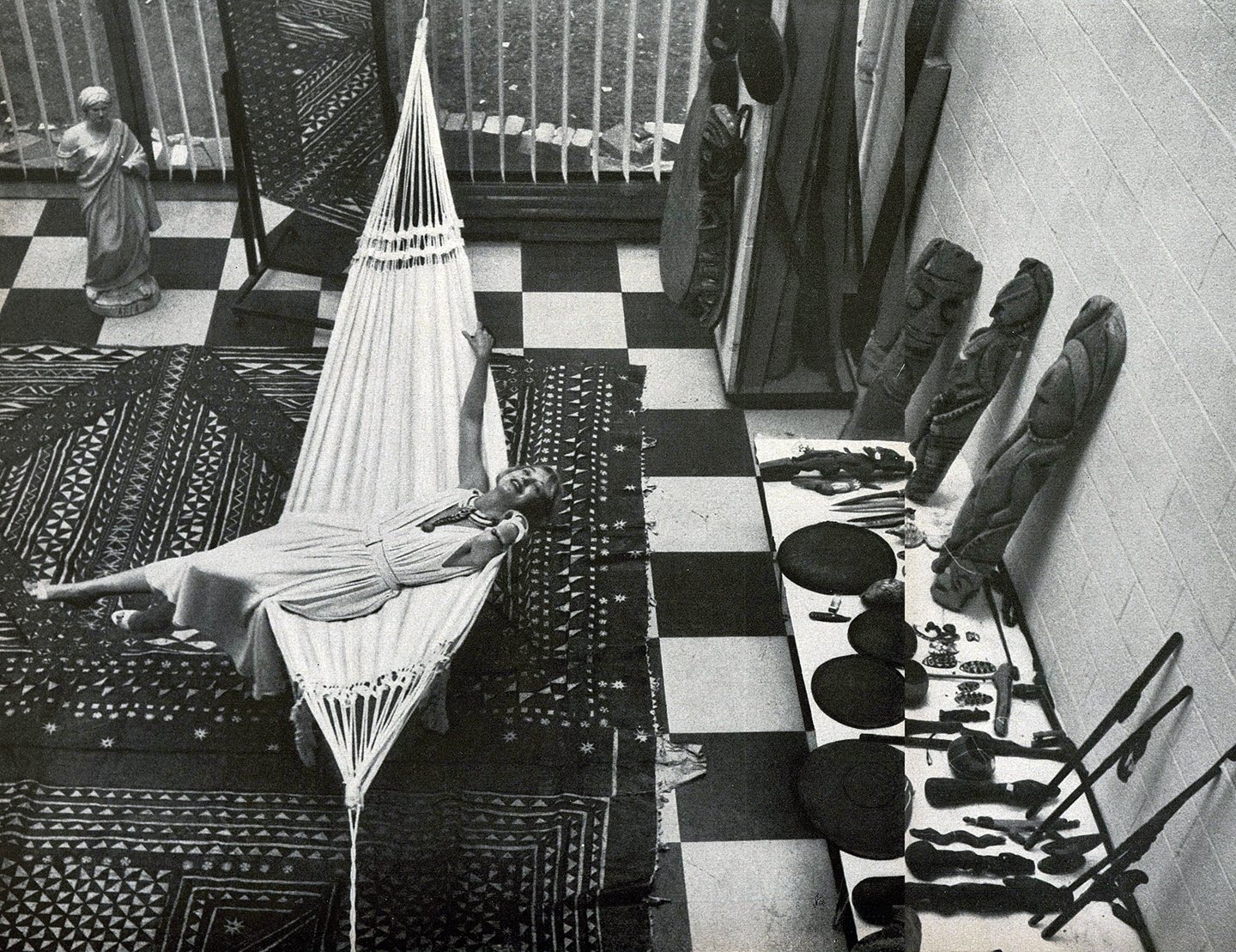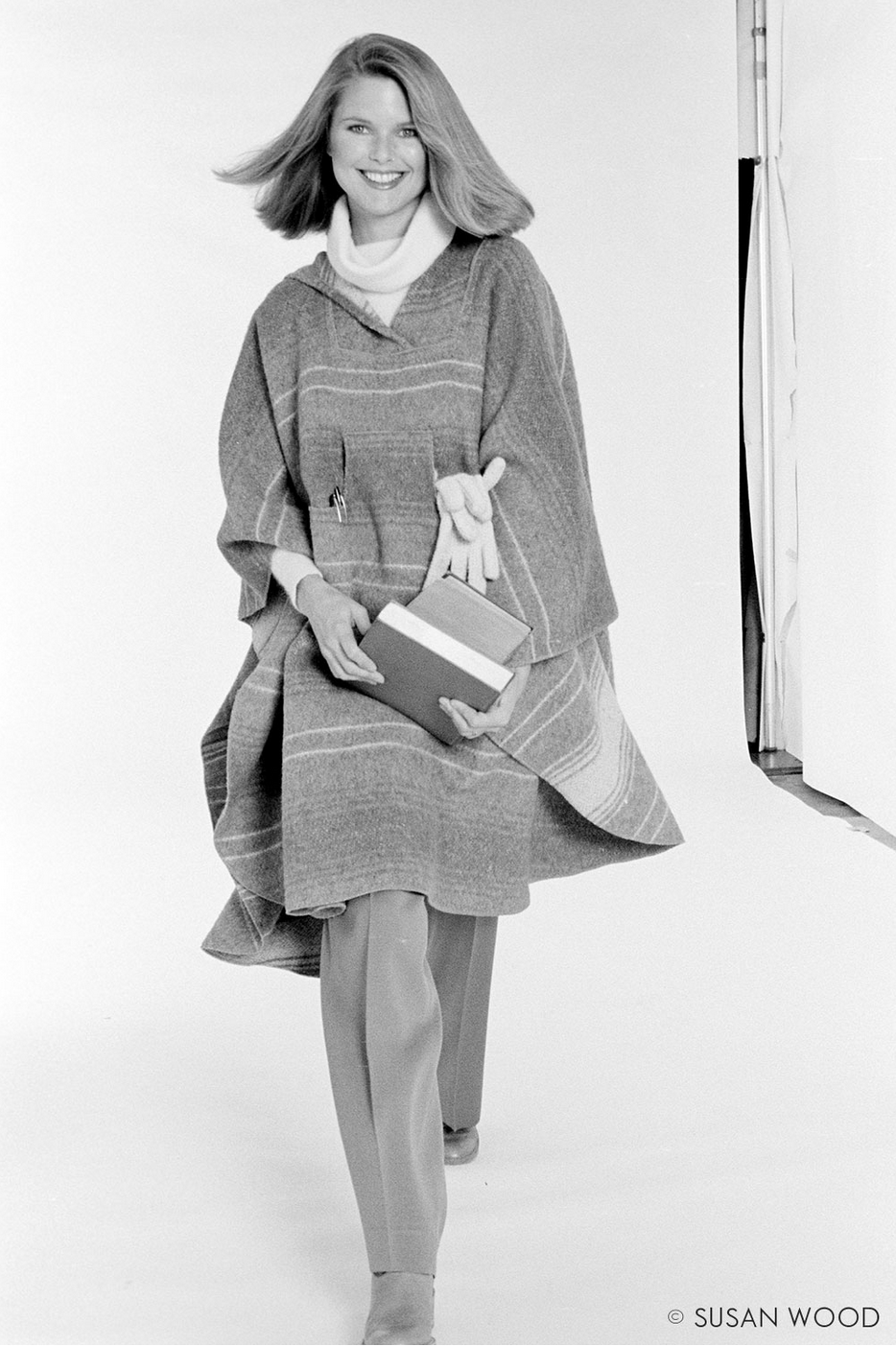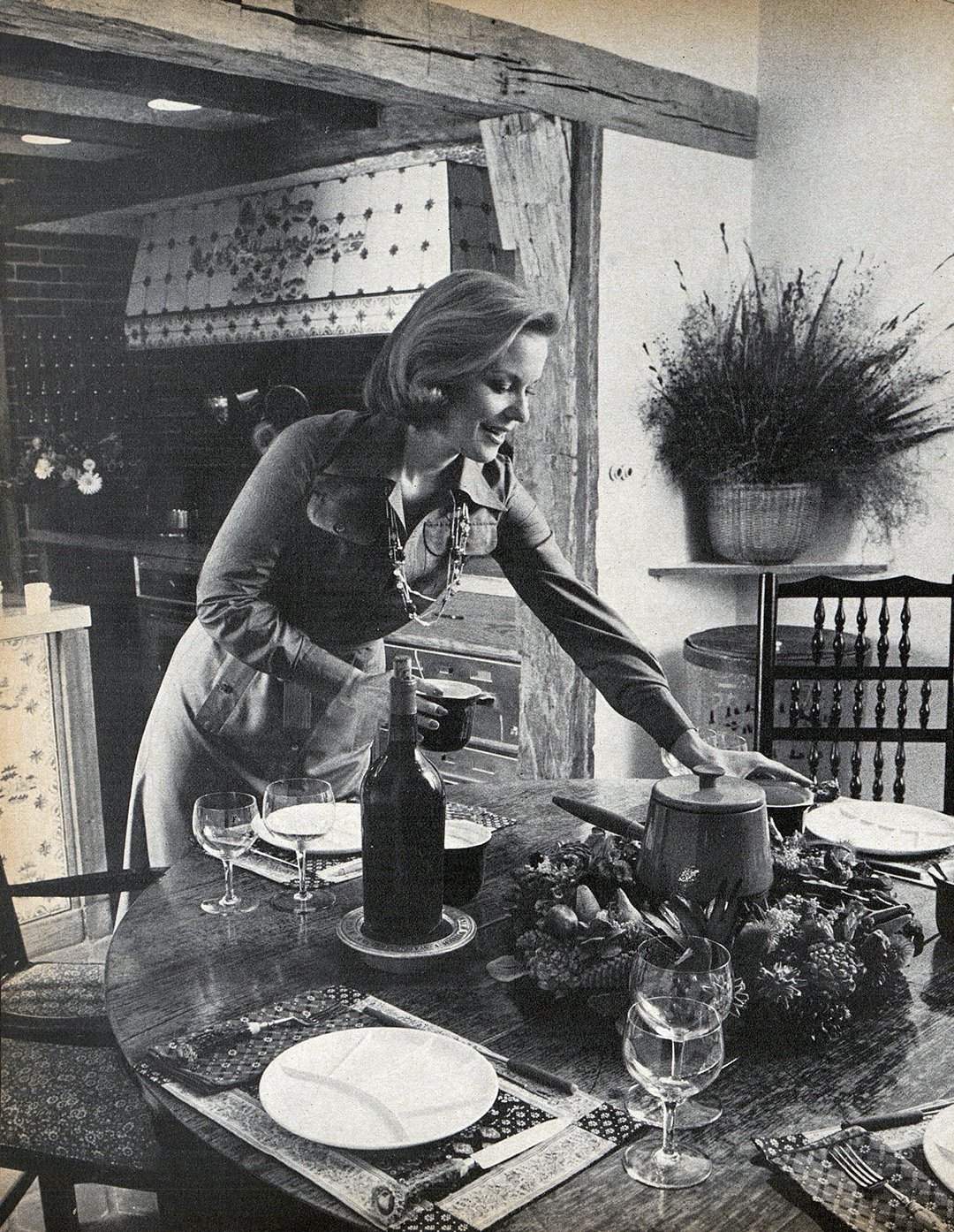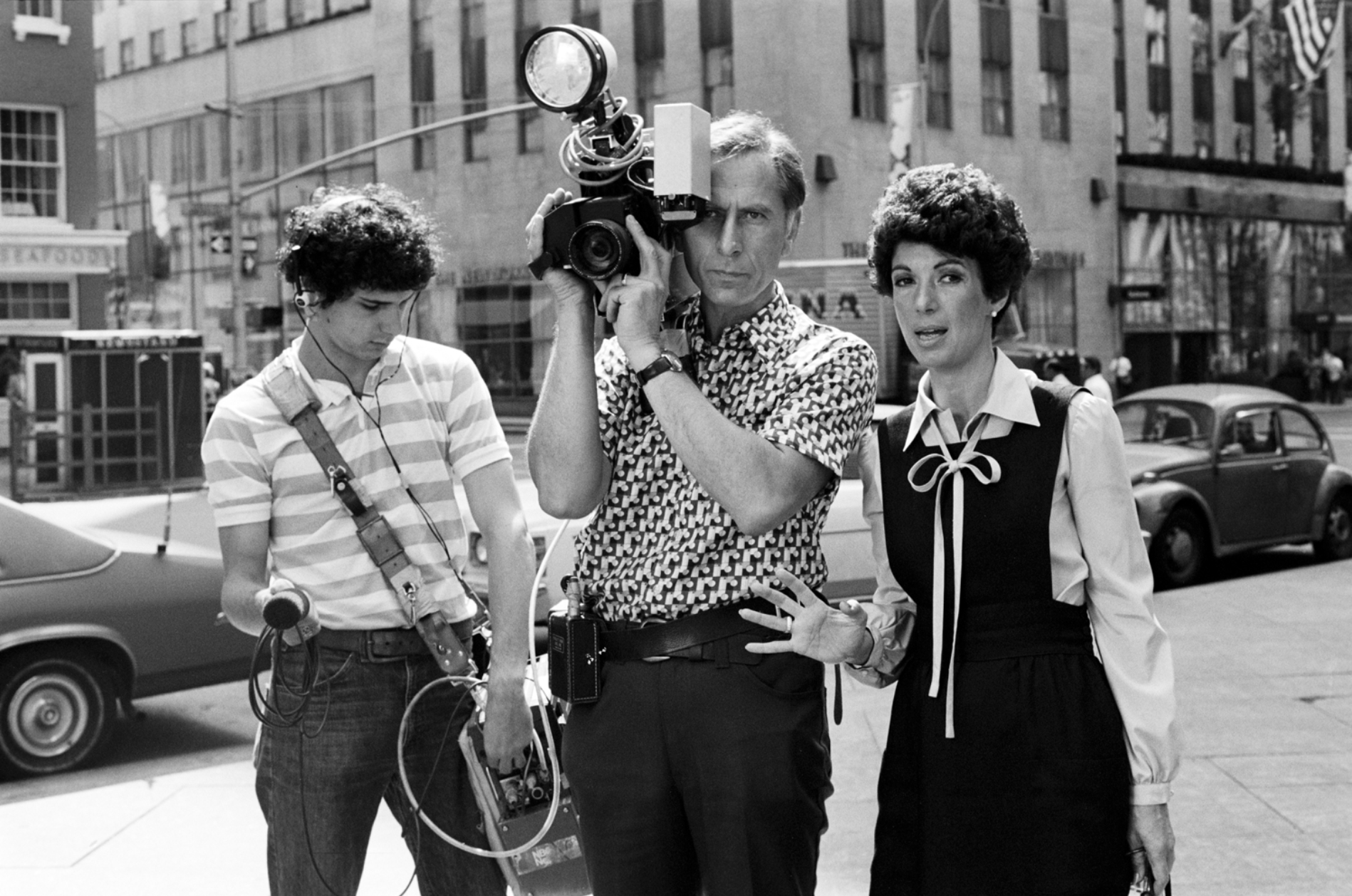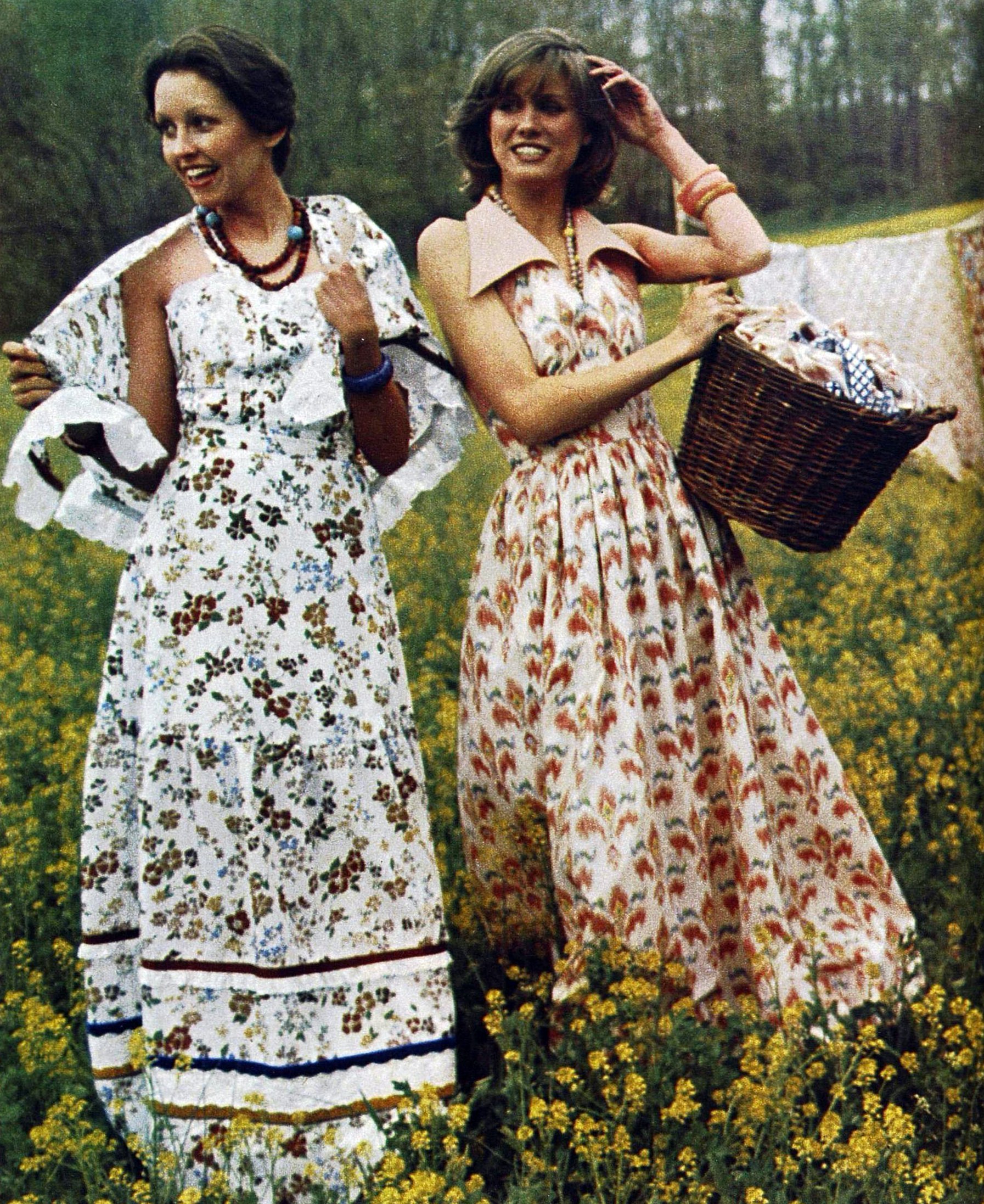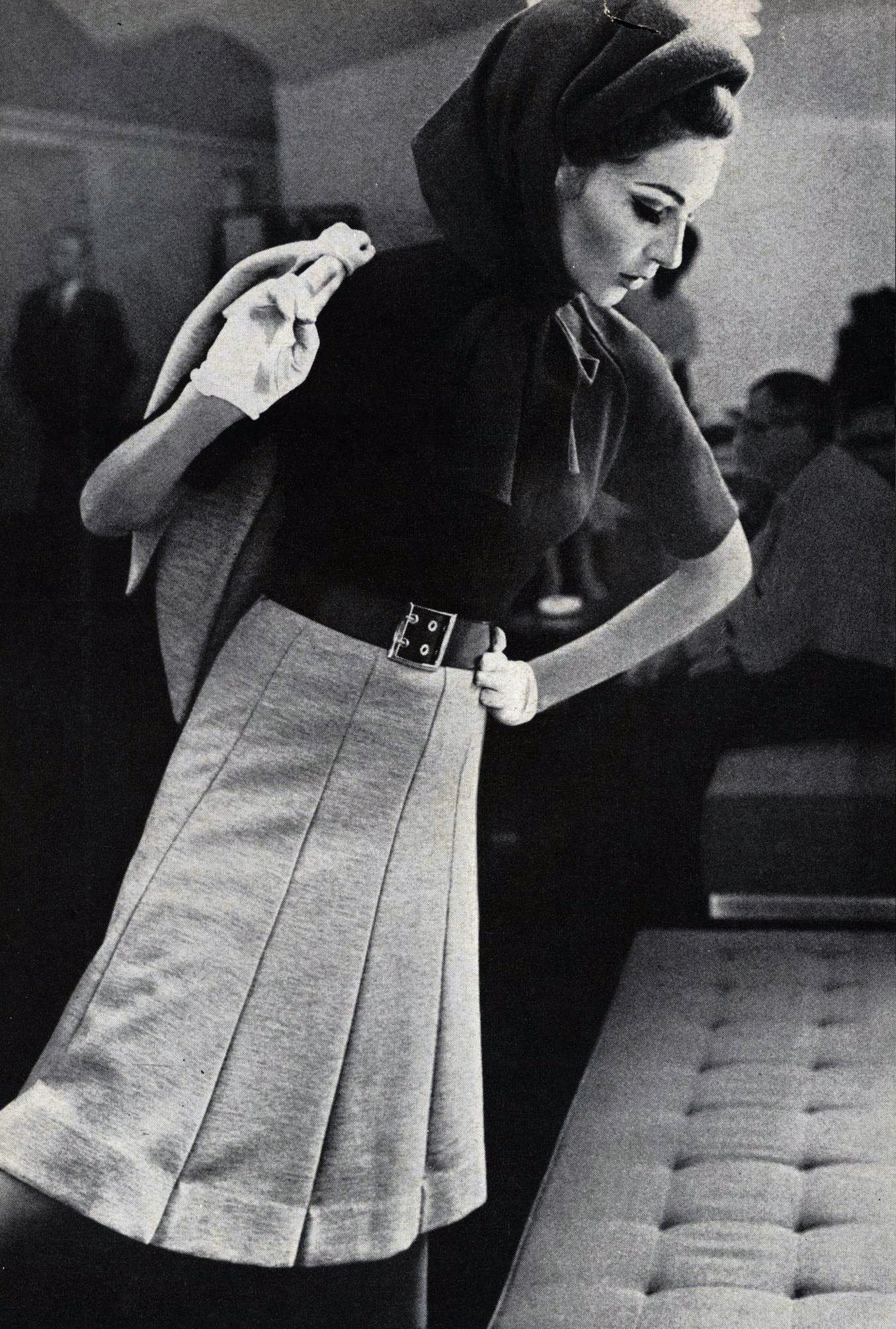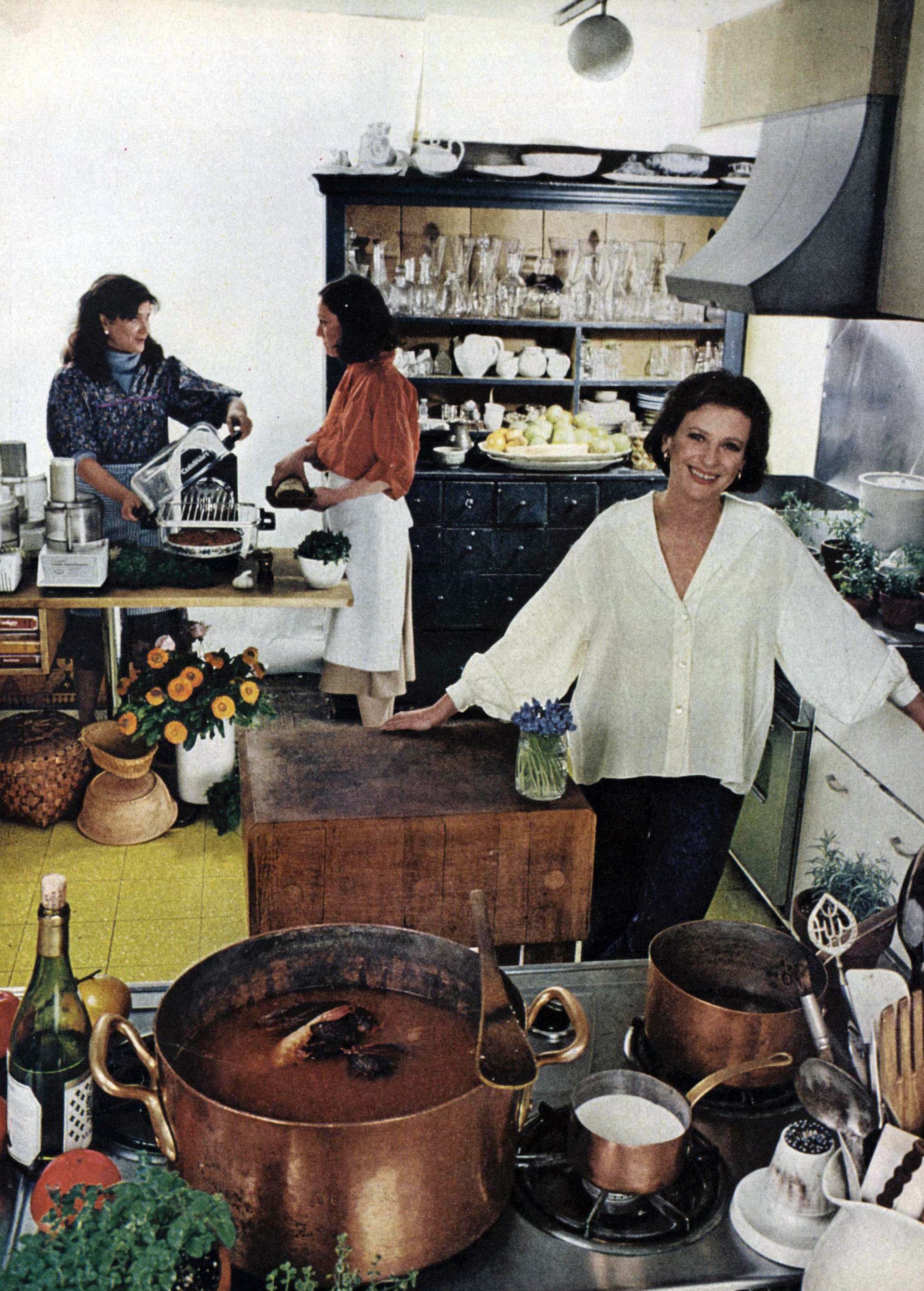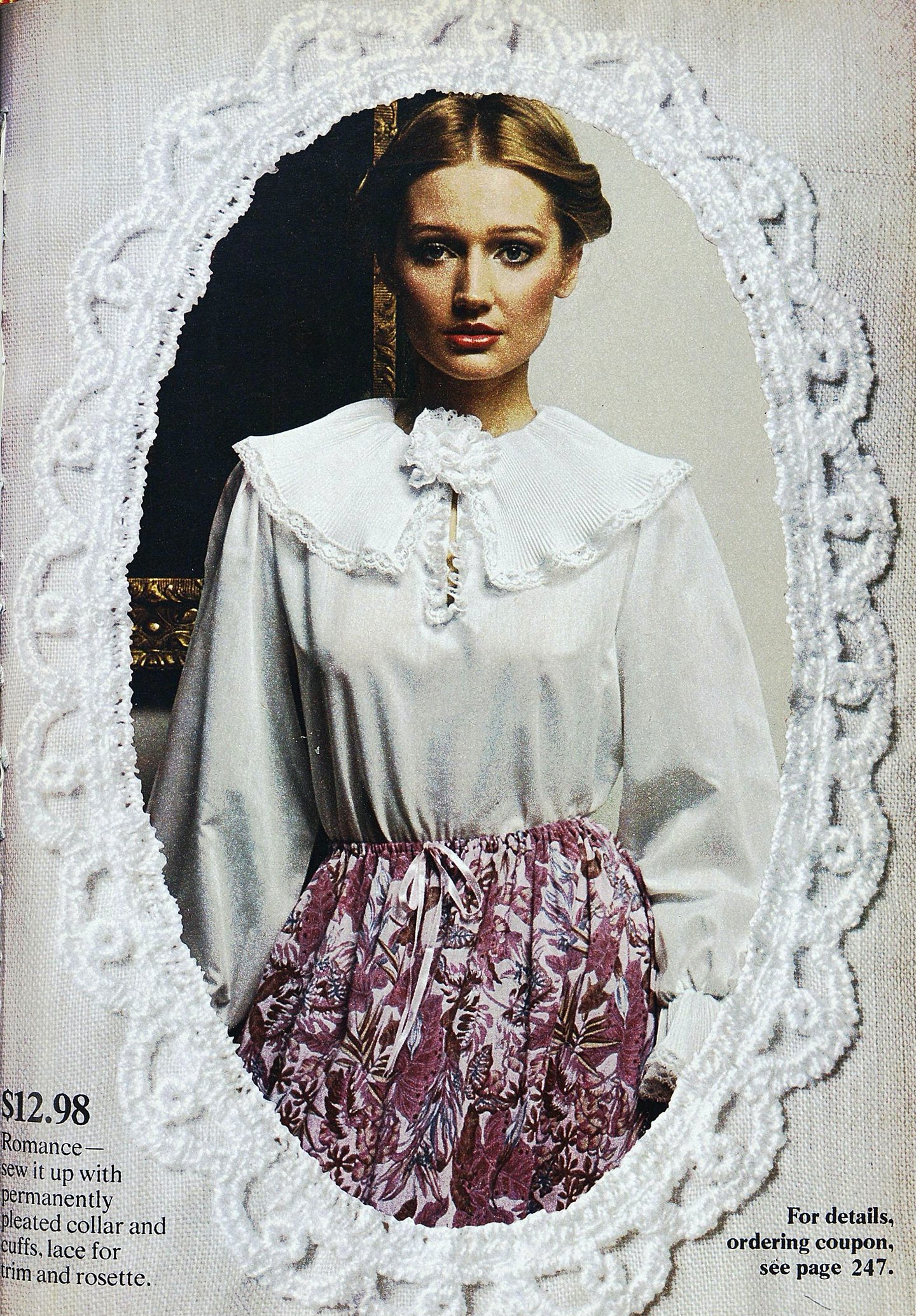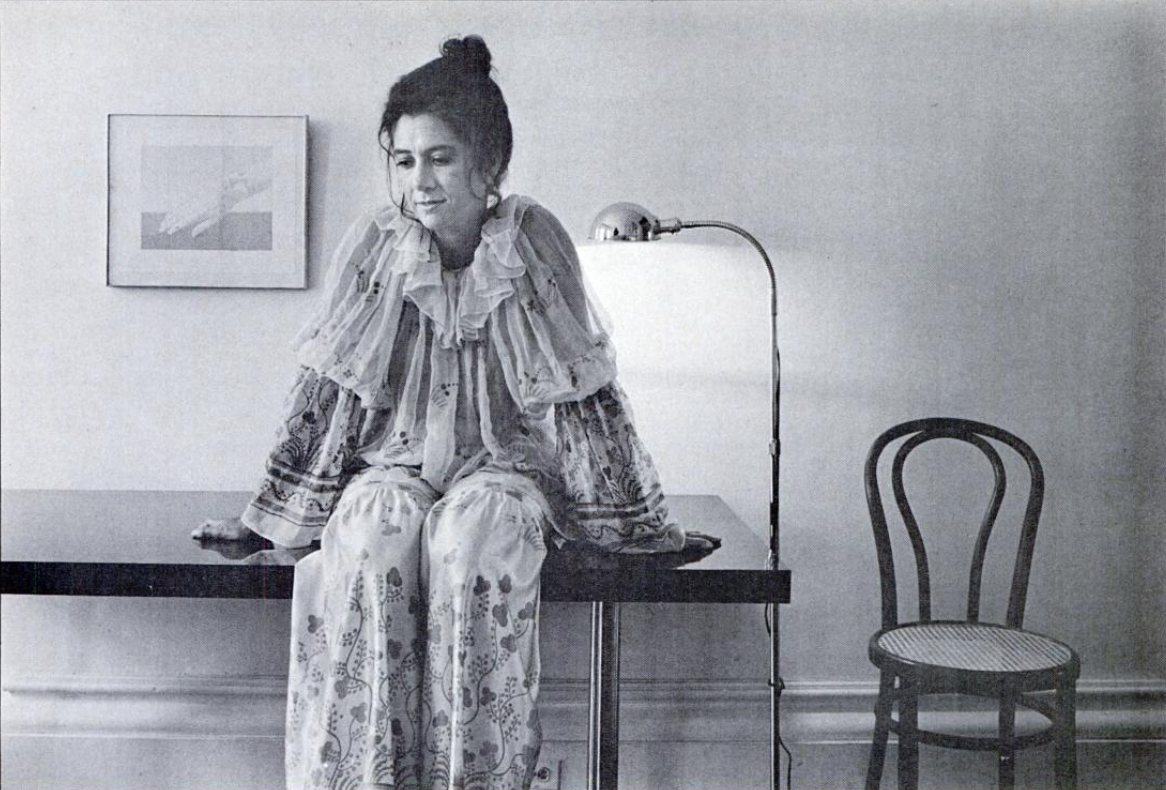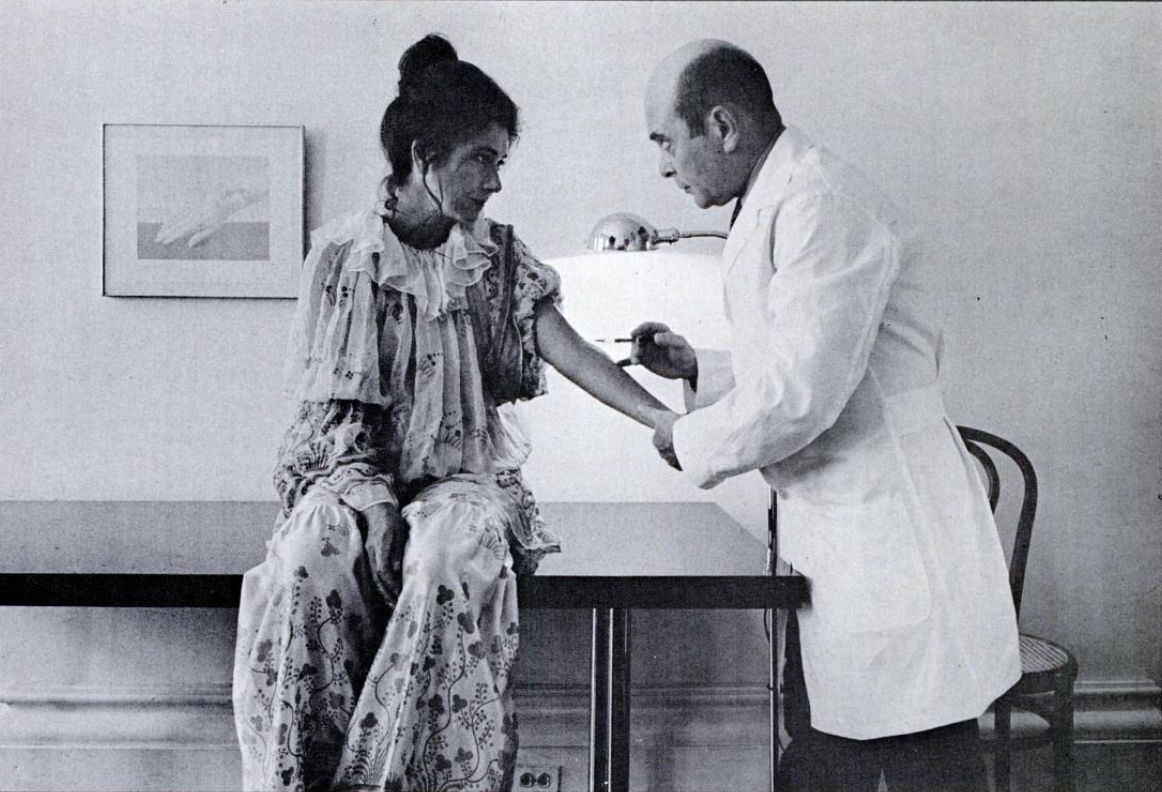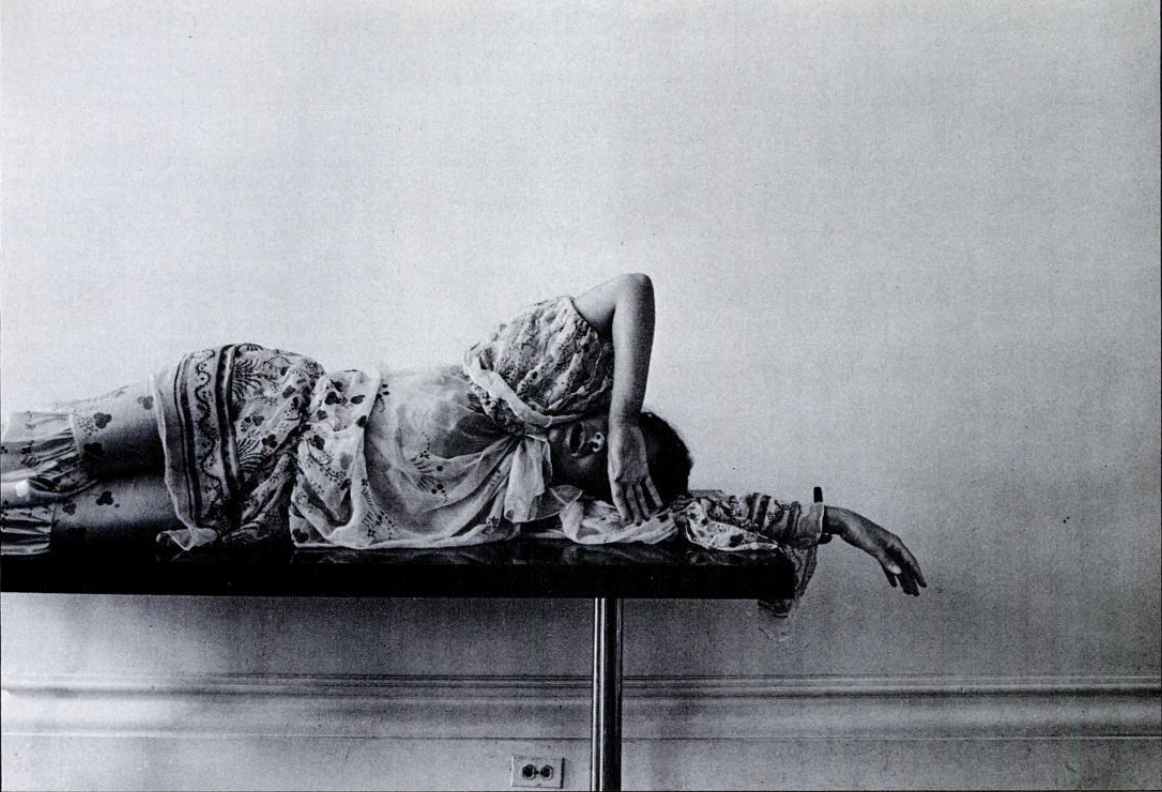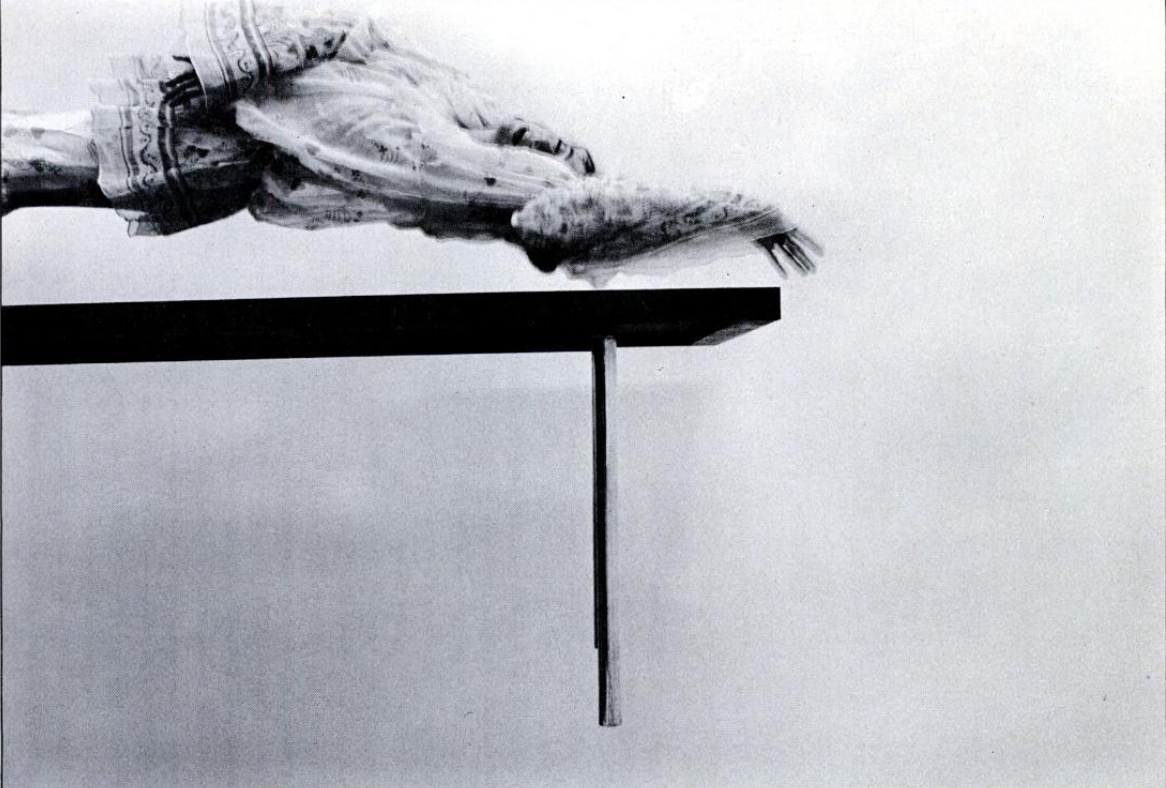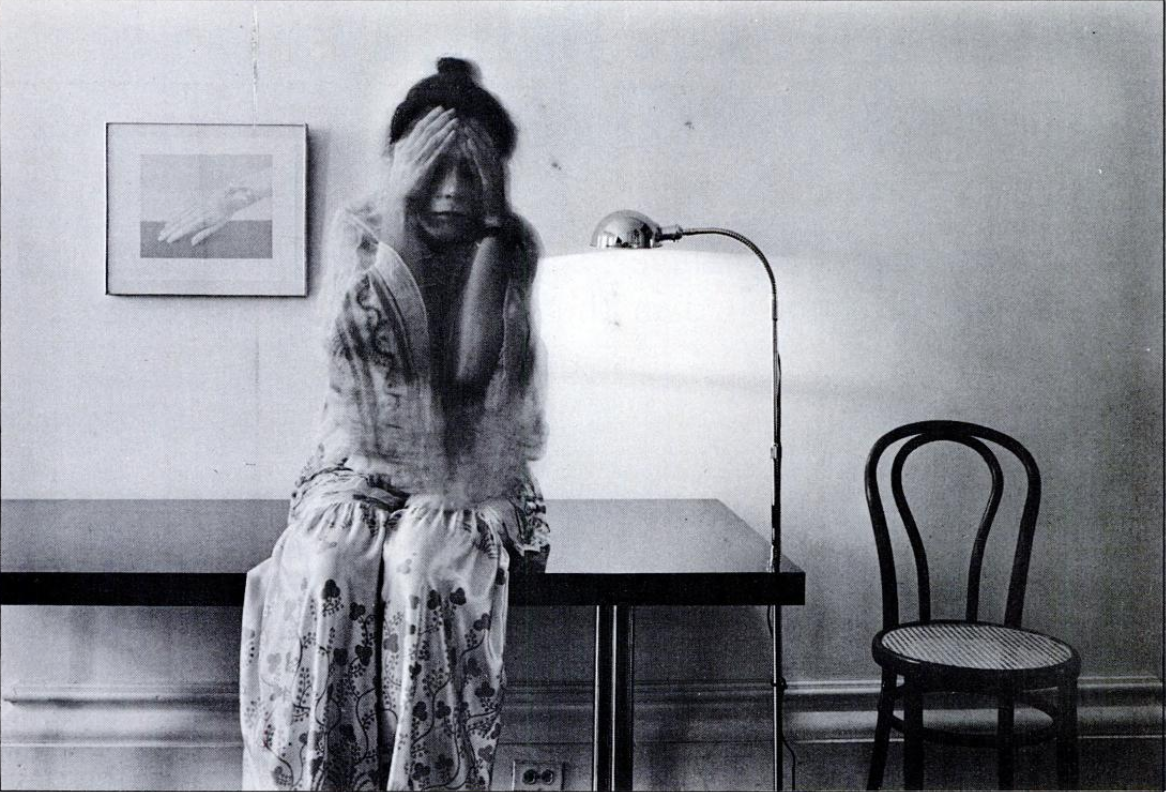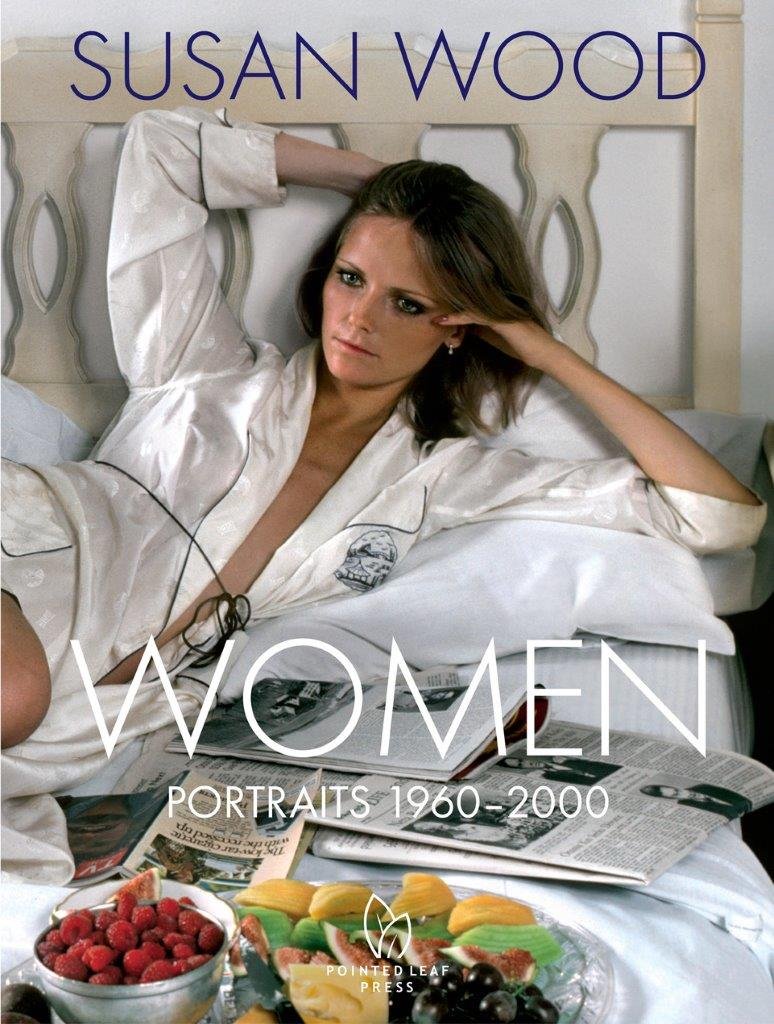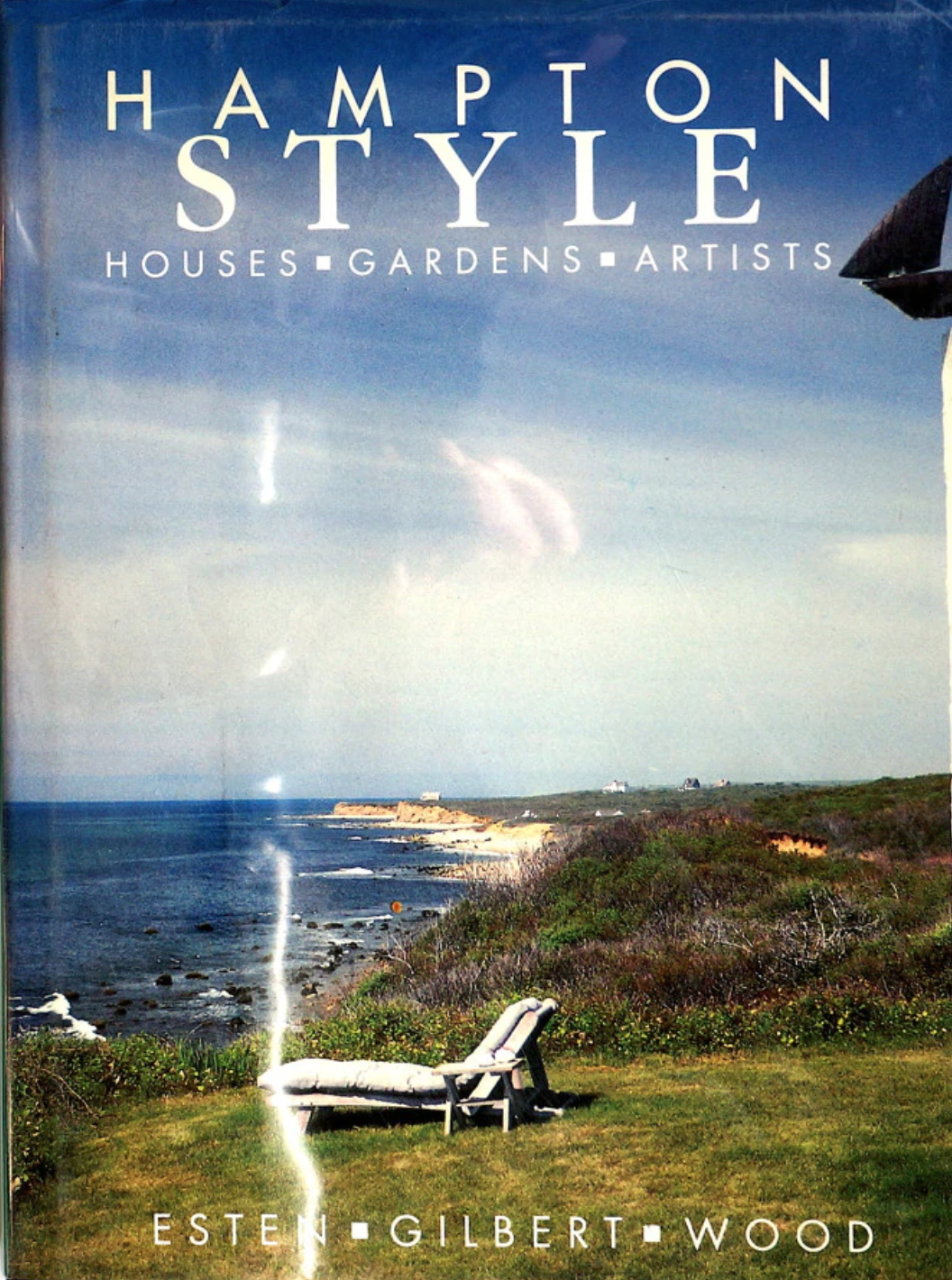Episode 29: Susan Wood
In December I started a Substack newsletter, also called Sighs and Whispers, which covers many of the same themes as this podcast. You should sign up! I send out one free newsletter a week and one paid—all financial support of the newsletter allows me the time to write the newsletter, make this podcast, and do my Instagram, so please do consider becoming a paid subscriber.
Piazza San Marco, Venice, by Susan Wood. Published in Harper’s Bazaar, January 1955.
Early last fall I had the wonderful opportunity to interview photographer Susan Wood in her home in the Hamptons. I stayed with her one night and we did the interview over two days—an intensely interesting conversation, I ended up with around four hours of audio that was then edited down to two hours.
Susan Greenberg is a New Yorker born and bred. Raised in an affluent Jewish family in Manhattan, Susan studied art and dance from a young age. She began taking photographs for fun as a teen before studying art at Sarah Lawrence. After leaving Yale's graduate program, where she studied under Josef Albers, Susan began working in the lab at Life magazine. It was the 1950s and the photography world was coming into its own—and Susan was at the center of it, meeting and becoming friends with many photographers like Bruce Davidson, Burt Glinn, and Elliott Erwitt. When her work was featured in the first issue of Sports Illustrated in 1954, Susan found herself on her way to a long successful career in photography.
Over the decades Susan photographed for everyone and truly across all genres. Fashion, interiors, portraits, food, travel, crafts, documentary, and movie stills—Susan did it all at a time when there were very few female photographers in the industry. Among the magazines she worked for were Vogue, New York Magazine, Ladies Home Journal, Mademoiselle, People, Harper's Bazaar, Esquire, Good Housekeeping, and Glamour. In the early 1960s, Susan also began working on film sets, shooting stills. Her first location shoot was Hatari in Africa in 1961; she later did stills for Modesty Blaise and Easy Rider. In the late 1960s, she spent several years researching and writing an investigative journalism piece on the "Doctor Feelgoods" working in New York City—doctors who gave shots of methamphetamine as "vitamins" to celebrities and those in the know. Published as a New York magazine cover story in 1971, its revelations made her into an instant media star. You can read that original article here and the follow-up here.
Gloria Steinem by Susan Wood.
Though Susan had a short-lived marriage in the early 1970s to art director Brendan Wood, for most of her career she was a single woman fighting her way through an industry that was still truly a boy's club. She succeeded through hard work, luck, and drive—Wood hustled and pushed, constantly seeking opportunities to take photographs and pitching her ideas. Open to all genres, she took what she was offered—the "soft news" of crafts, food, fashion, interiors, and women—and made it into her own. Years later, she realized that all of this work that had been relegated to the women's pages was an archive of many of the most important women of the latter half of the 20th century—the feminist icons, the writers, the movie stars, the politicians. This resulted in her 2018 book, Women: Portraits 1960-2000.
In this conversation, we cover all aspects of her childhood, her photography career, her creative process, the many celebrities she's photographed, her later marriages, love, grief, and her passion for Ireland (the subject of another book). We also discuss ageism and how one day the telephone just stopped ringing—what it's like to go from being in high demand to forgotten overnight, and then how she dealt with that as a creative person. If you've listened to past interviews and read some of my newsletters, you'll know that this is a subject that often comes up and one that I am very interested in correcting through my work.
Now in her late 80s, Susan is still photographing and actively engaged with her archive. She's wonderful, funny, and has a great memory for stories of a world now gone. If you are interested in photography, fashion, or cultural history from the 1950s on, I think you will love this conversation.
Listen and subscribe to the podcast on iTunes

